Dresden (191 hotels)
Saxony is one of Germany’s most underrated regions, full of historical grandeur, artistic treasures, and stunning natural landscapes. Dresden – Known as the "Florence on the Elbe," featuring the Zwinger Palace, Frauenkirche, and Semper Opera House. Leipzig – A dynamic city with a rich music and art scene, once home to Johann Sebastian Bach. Saxon Switzerland National Park – A dramatic landscape of sandstone rock formations, perfect for hiking. Meissen – The home of Germany’s finest porcelain, with a beautiful medieval old town. Saxony is a perfect blend of history, culture, and natural beauty, making it a must-visit for art lovers and adventure seekers.
Where to ty in Dresden (Saxony)?
Pension Am Great Garden
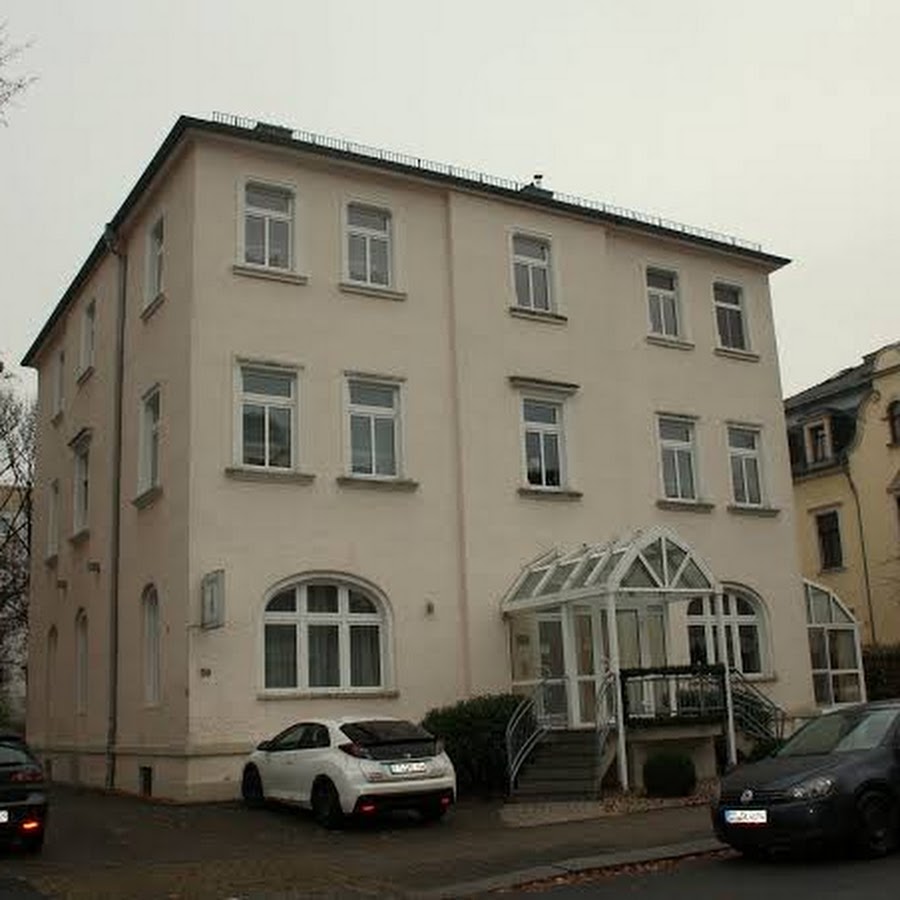
Gästehaus Matthias
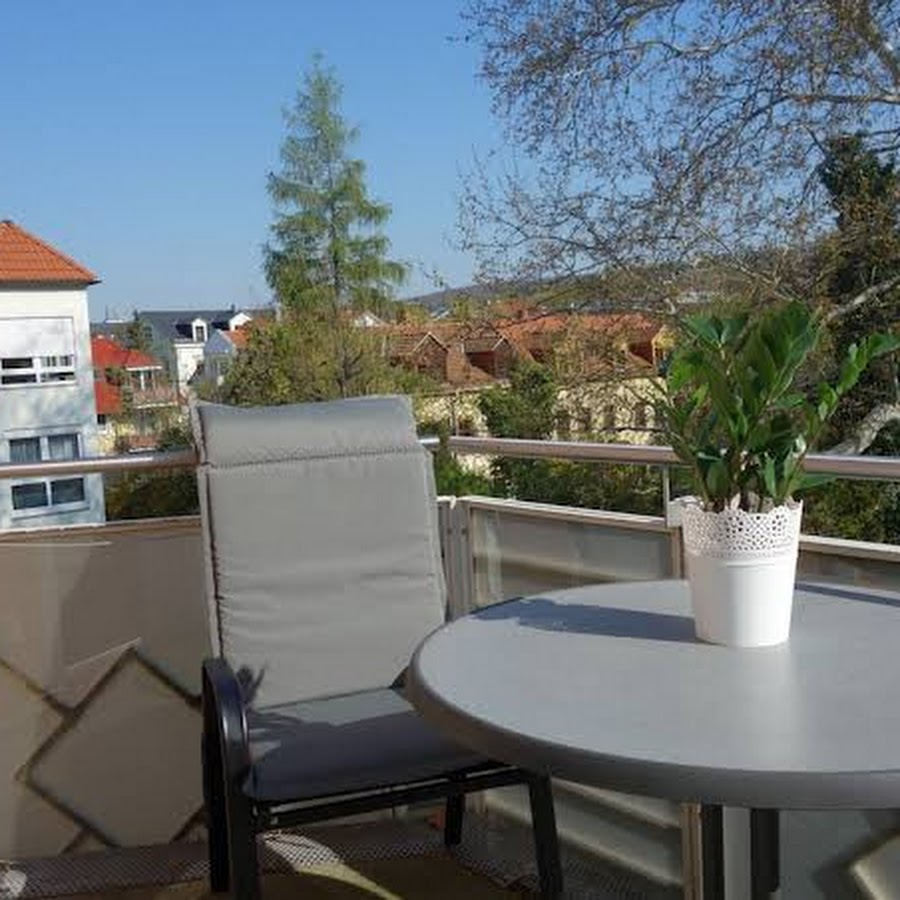
Zur Linde
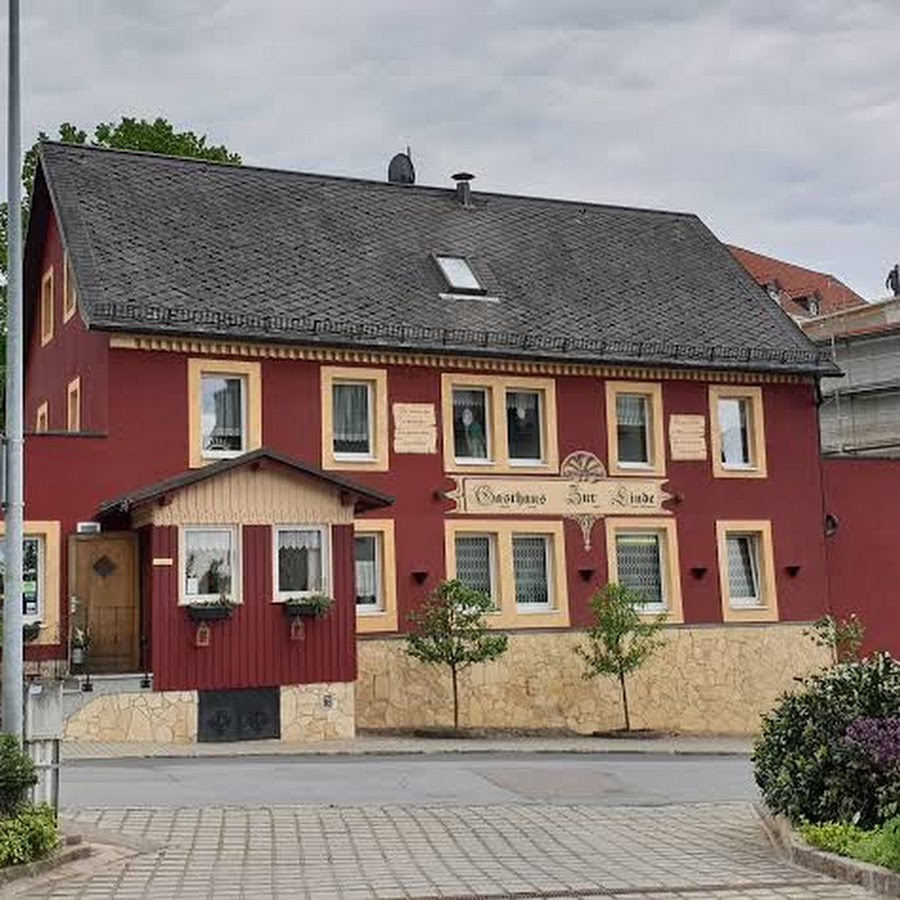
IntercityHotel Dresden
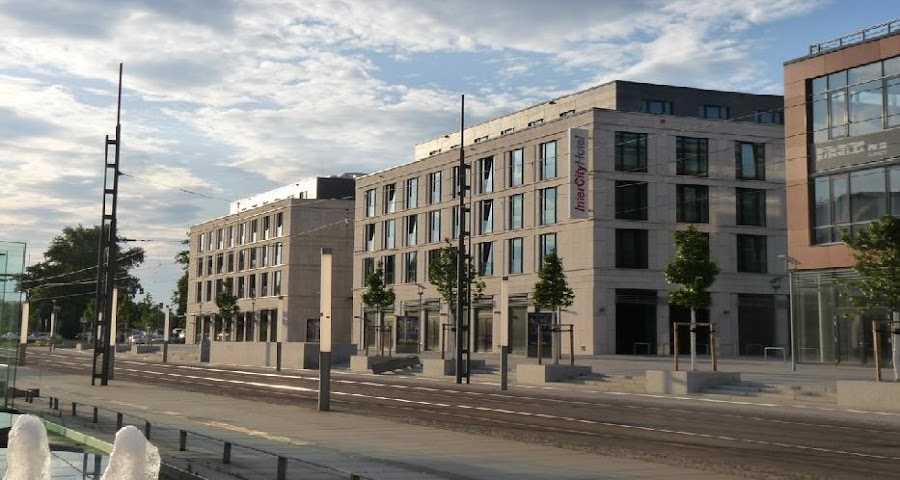
Altstadtperle Apartments Dresden
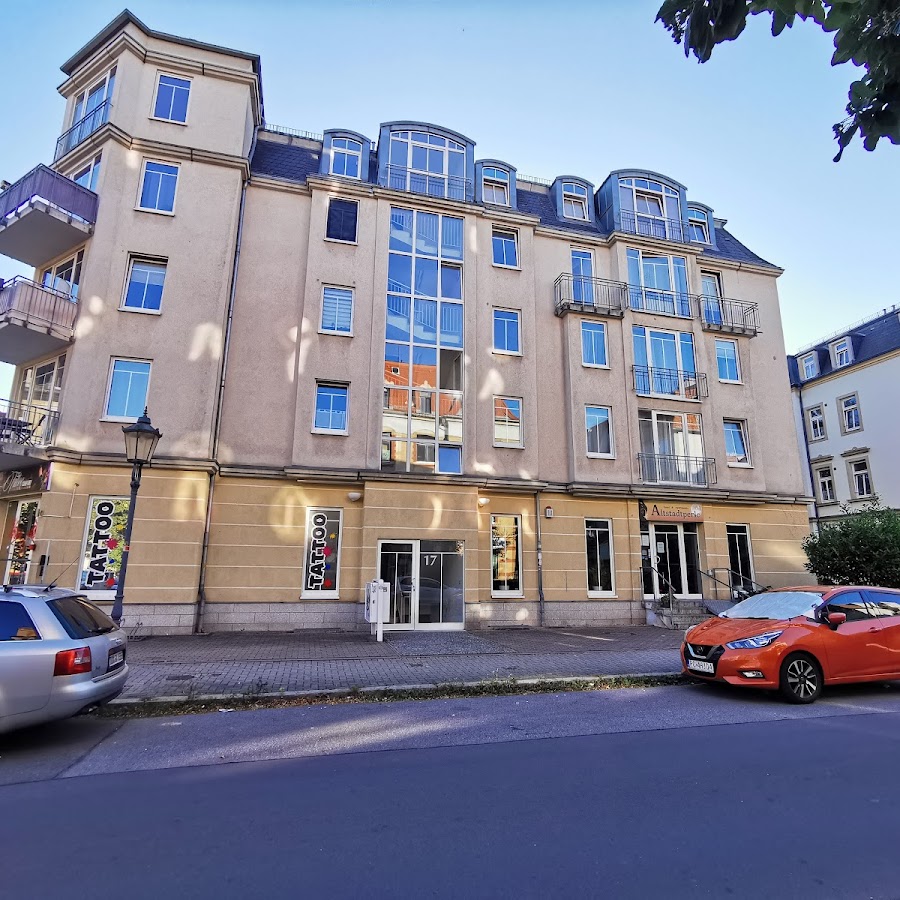
Pension Annelie

Pension Landhaus Maria am Blauen Wunder
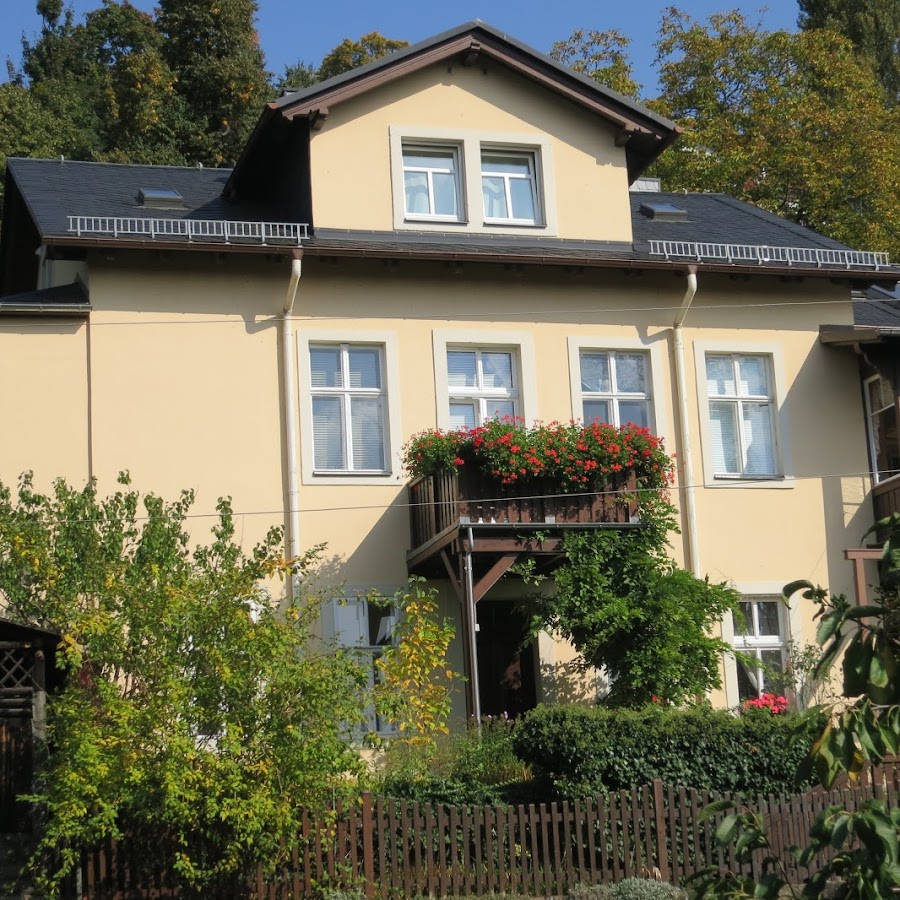
Lalelu-hostel
Pension "Zur Henkerin"
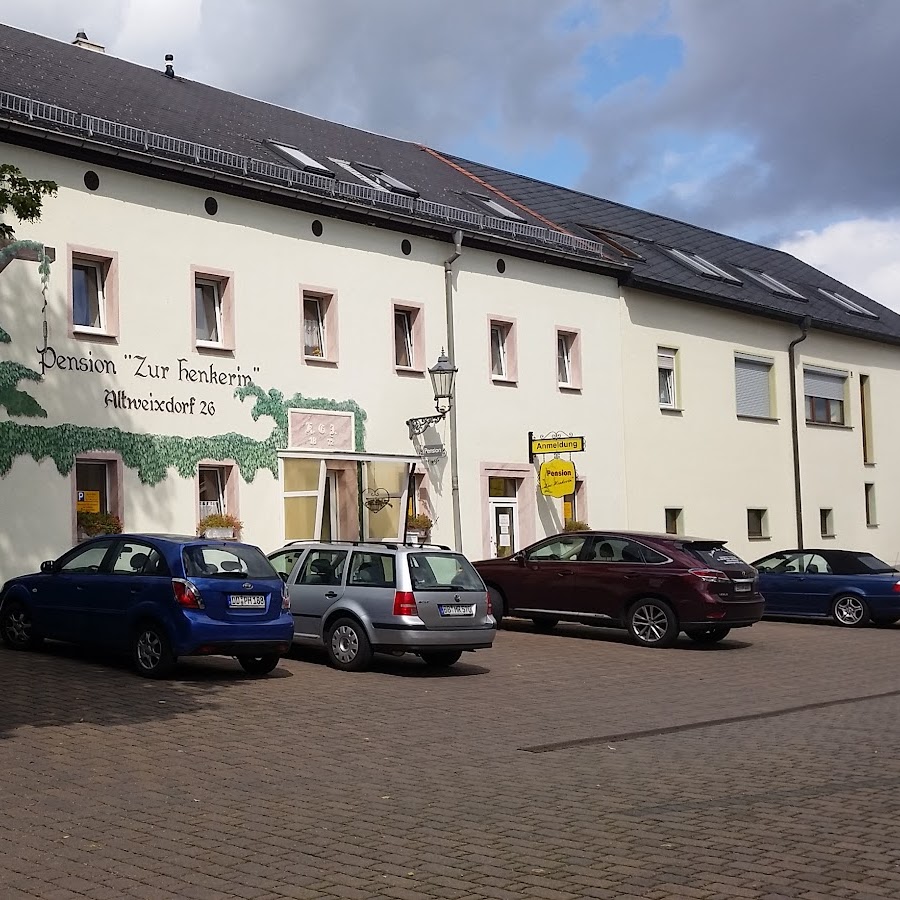
Pension zur königlichen Ausspanne
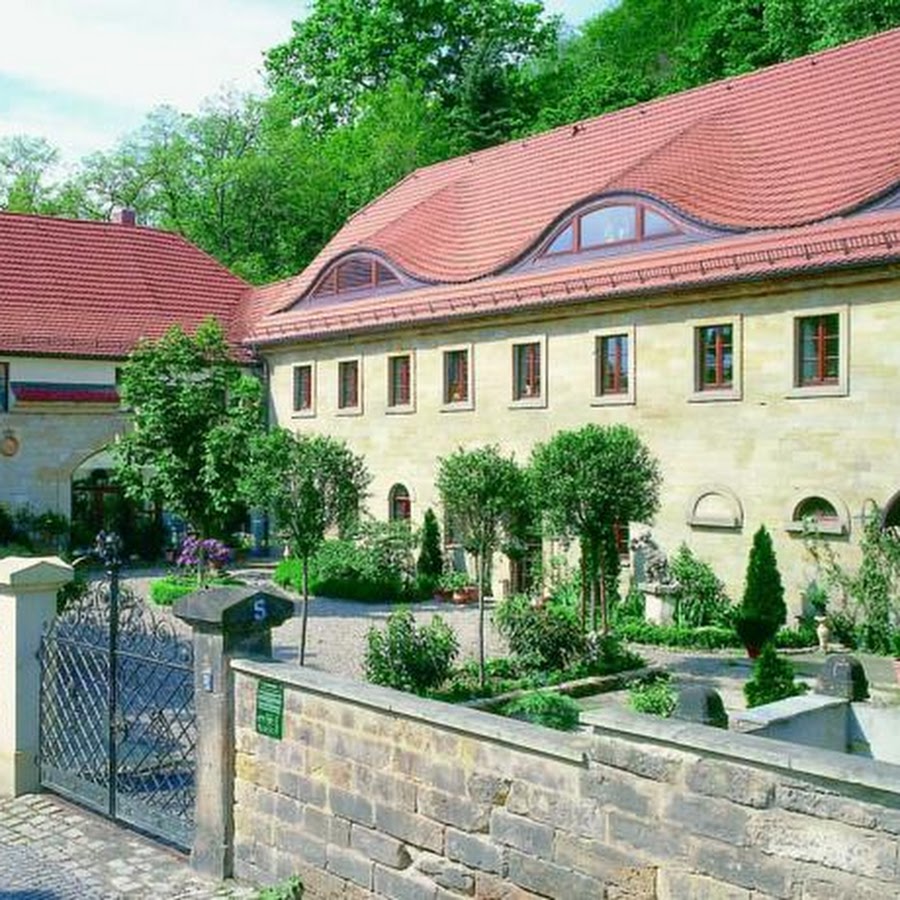
Pension am Rasthof Dresdner Tor
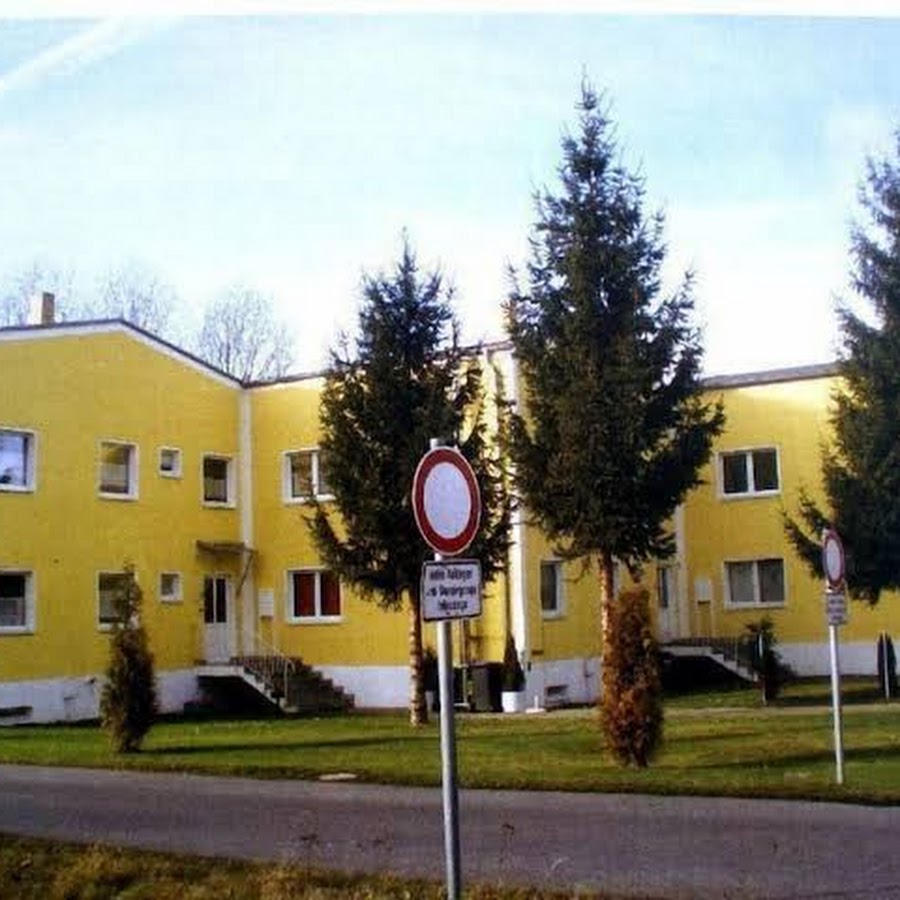
Pillnitzer Elbblick
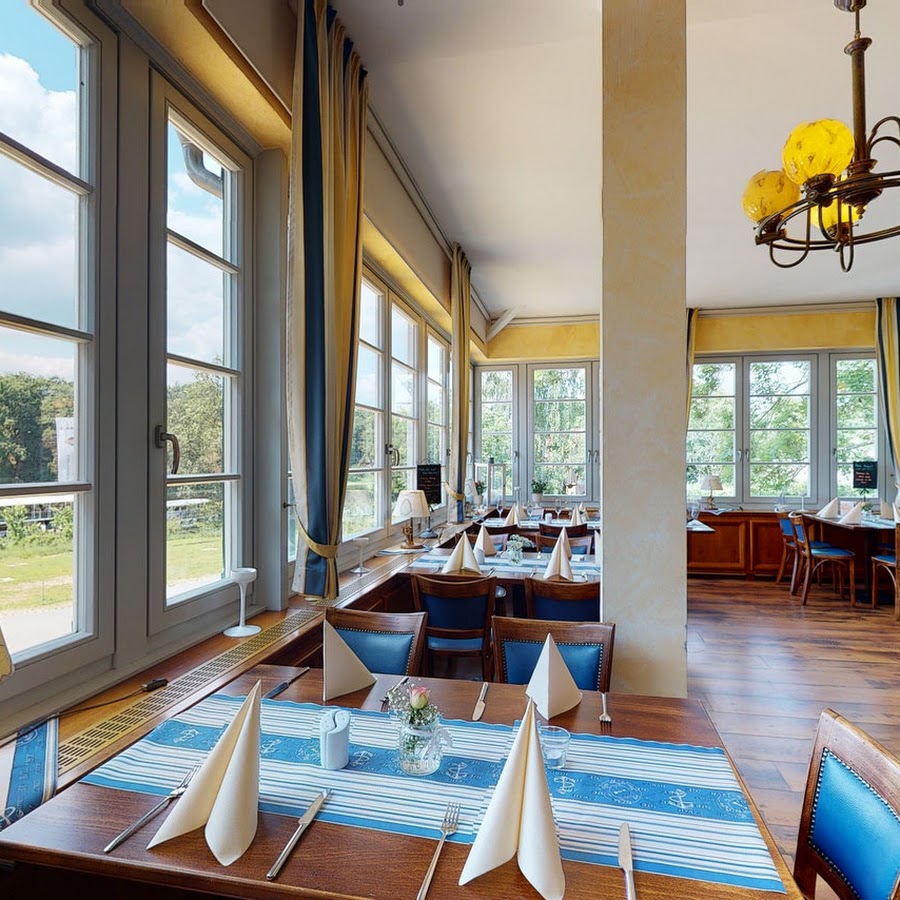
Hotel Pesterwitzer Siegel
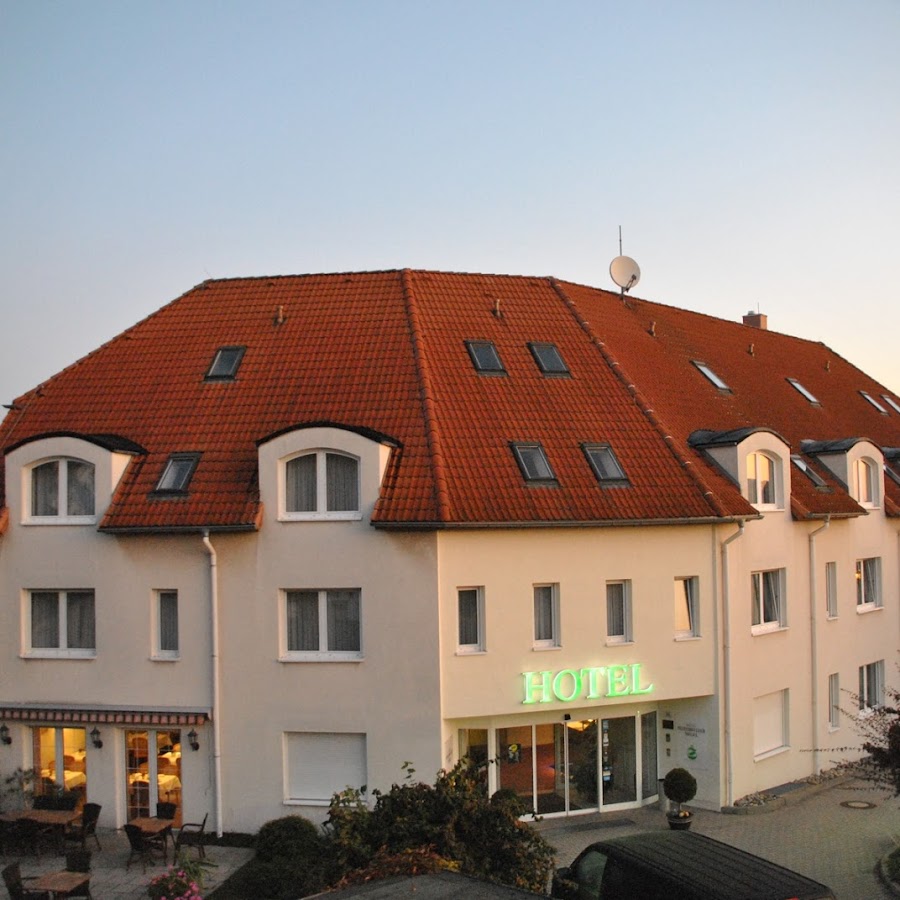
Villa De Baron
Landhaus Lockwitzgrund
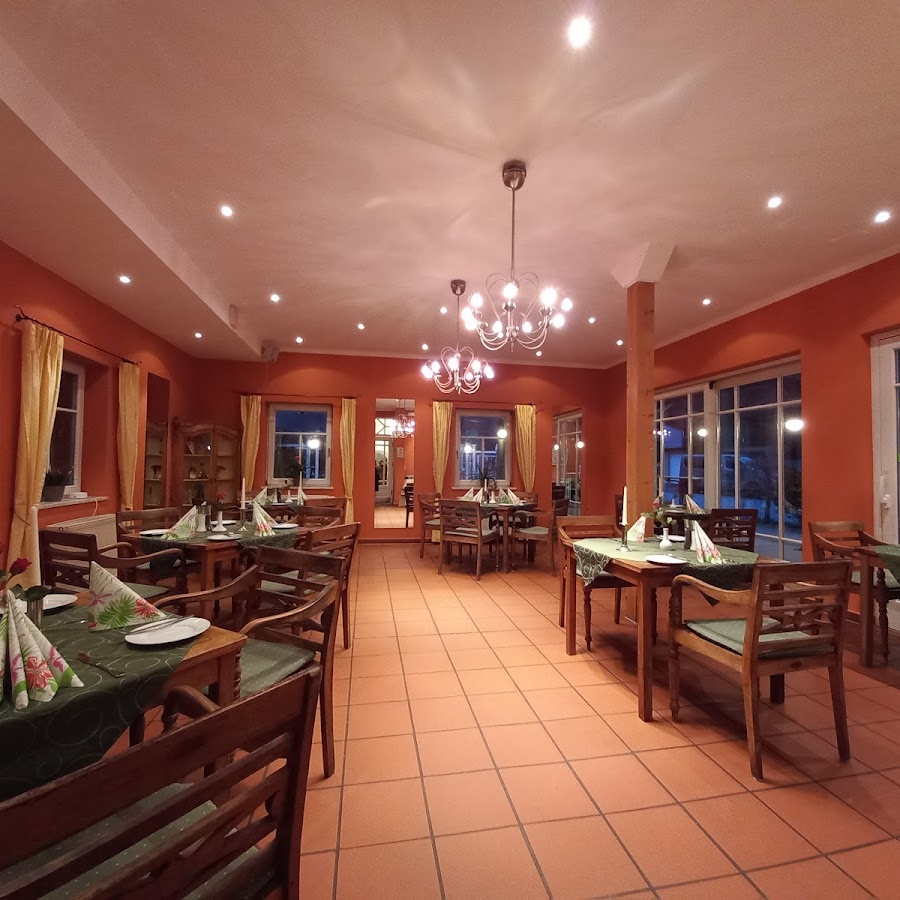
Hotel Am Terrassenufer
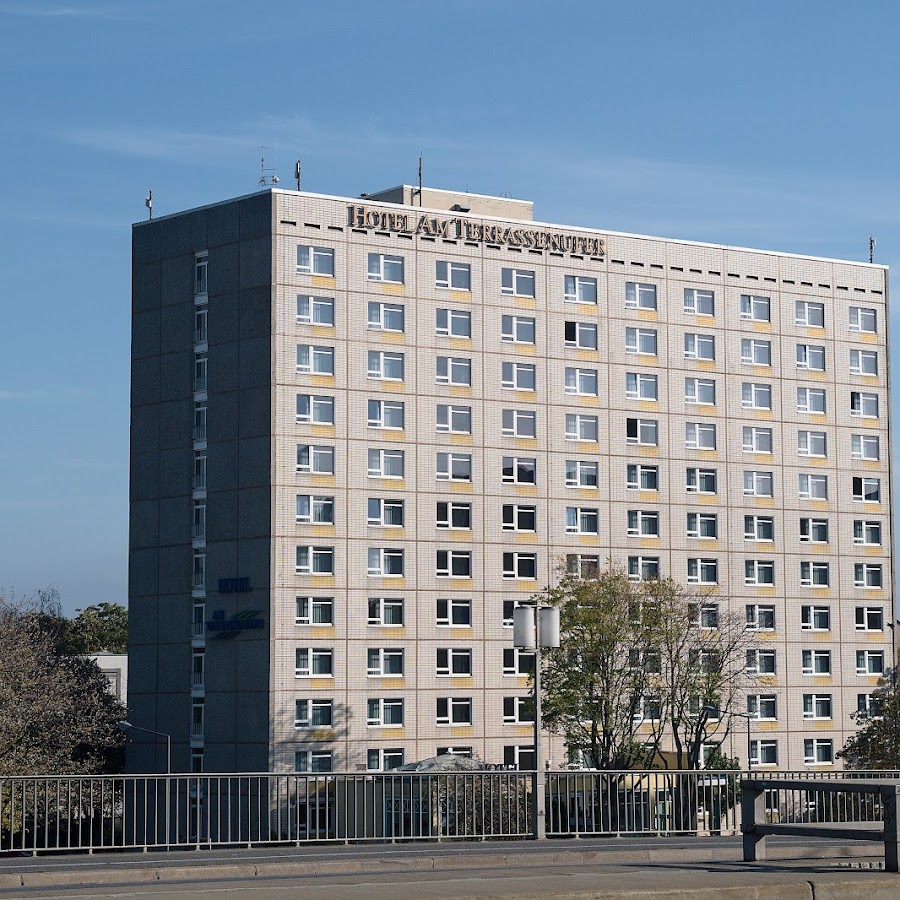
Pension Dresdner height
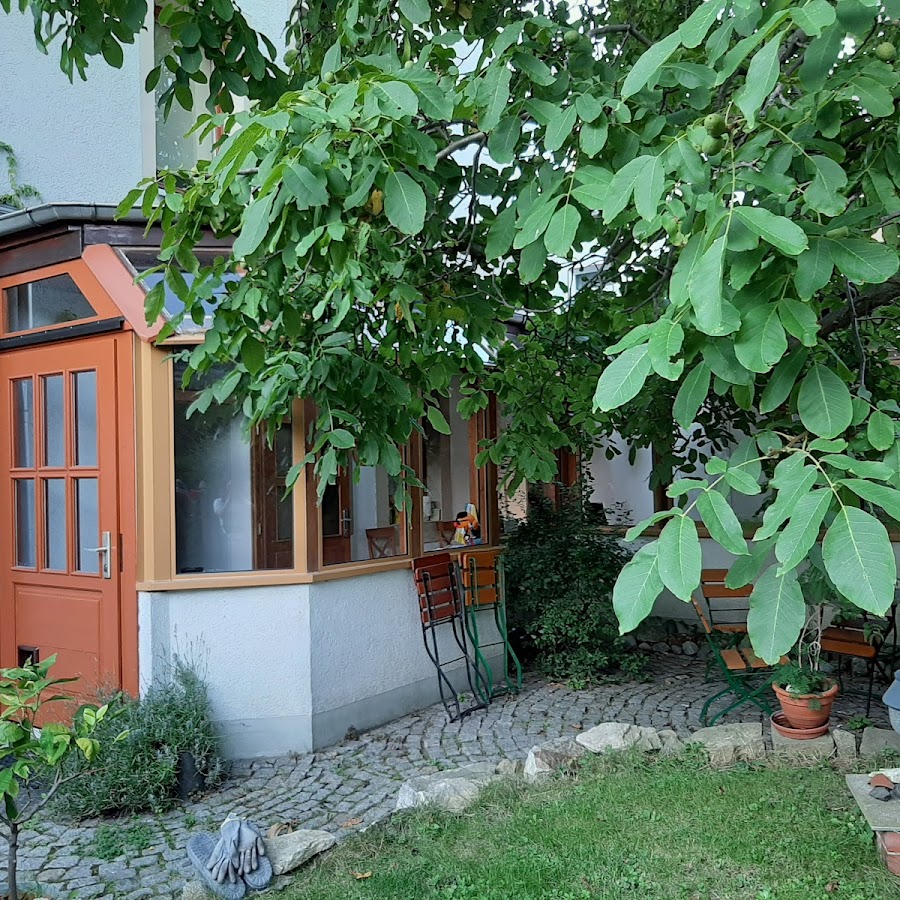
Landhotel Lindenschänke
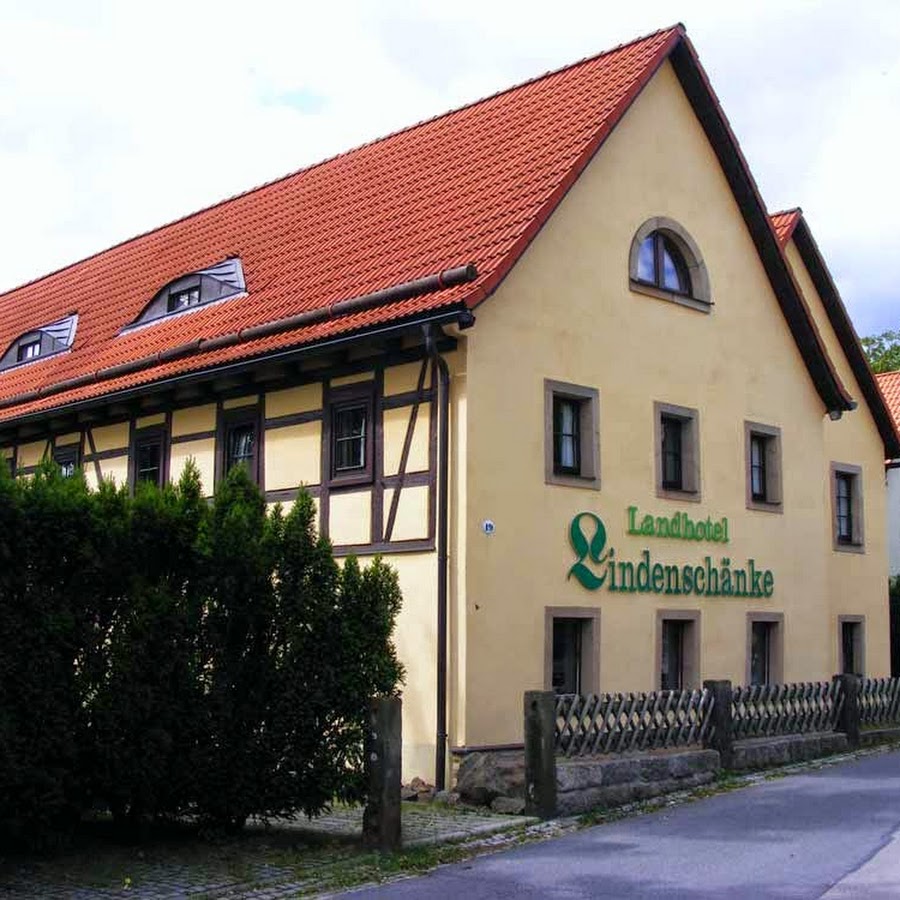
Romantik Hotel Bülow Residenz
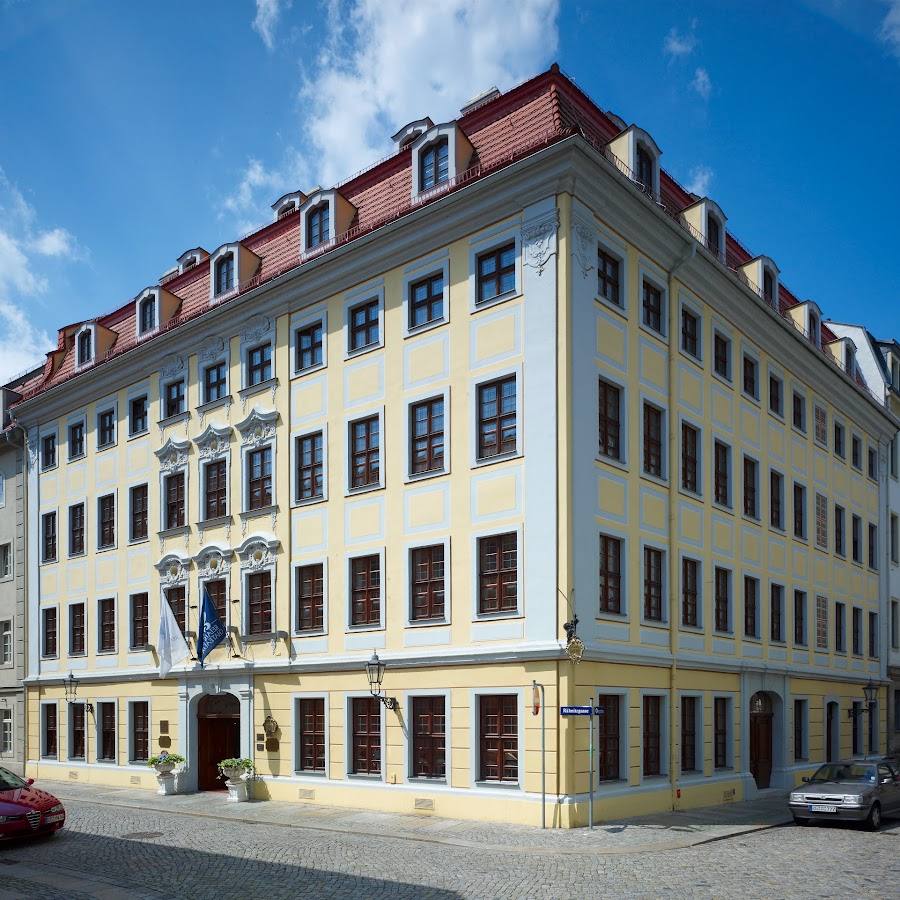
Weltemühle - Hotel by Miri´s Dresden
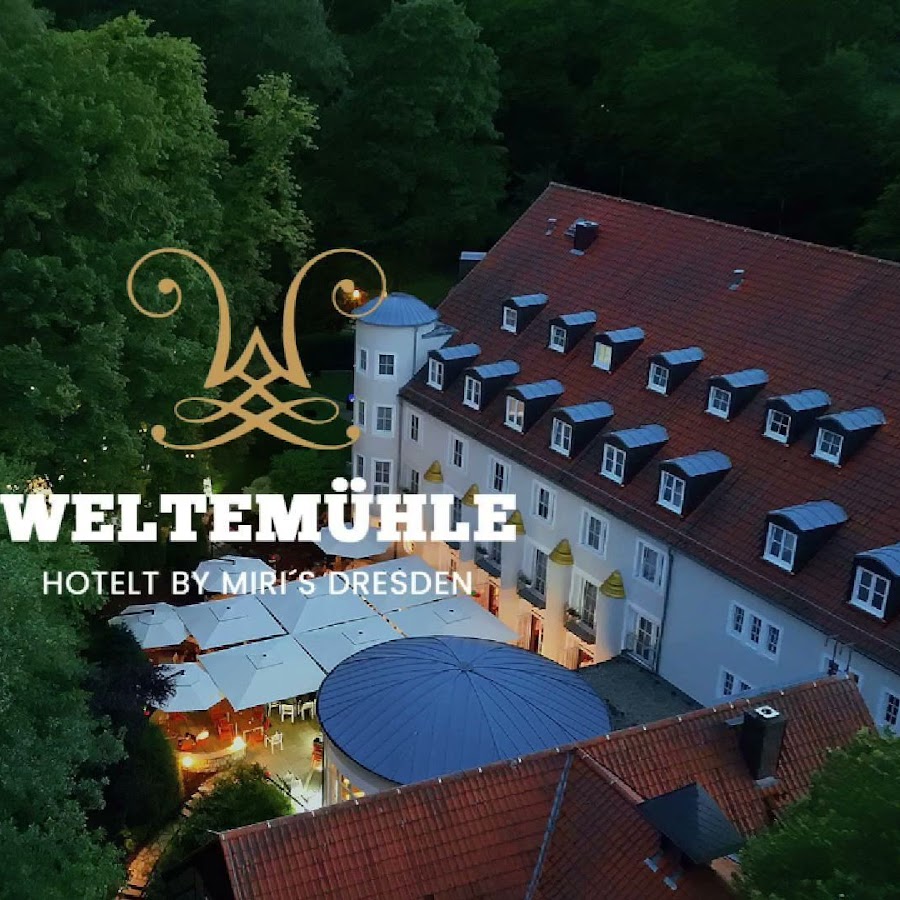
Pension Country-Club Janette Kalbitz
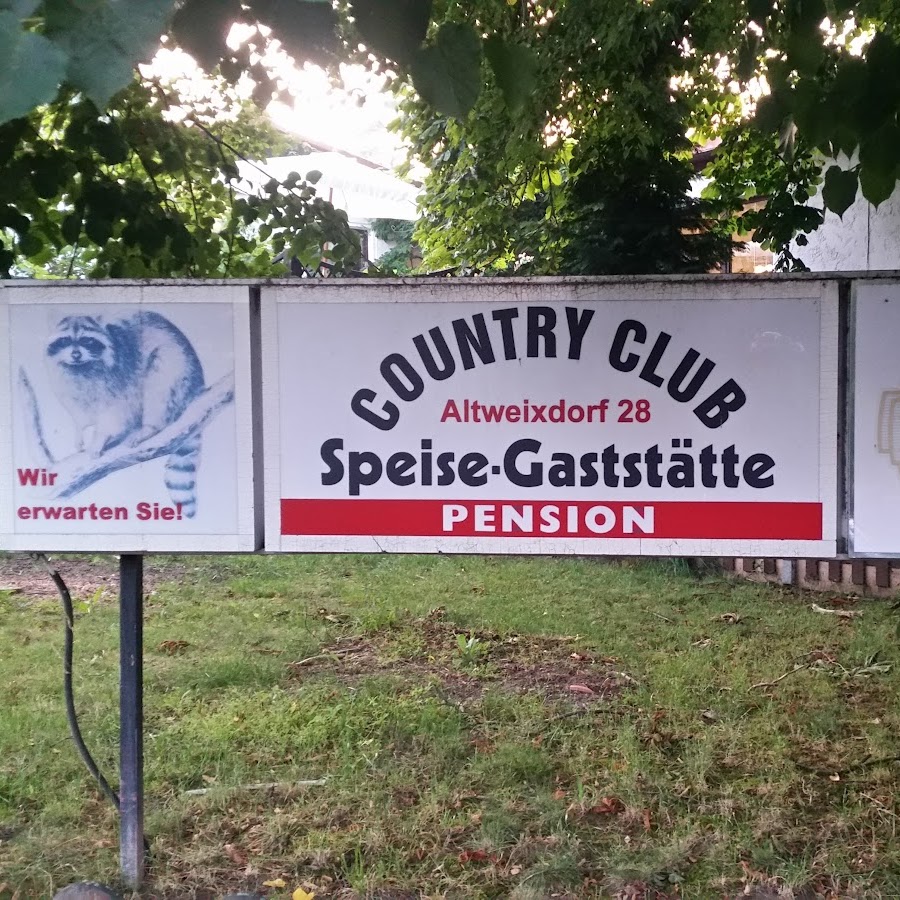
Hotel Appartement-Villa Ulenburg

Hotel Zum Nussbaum
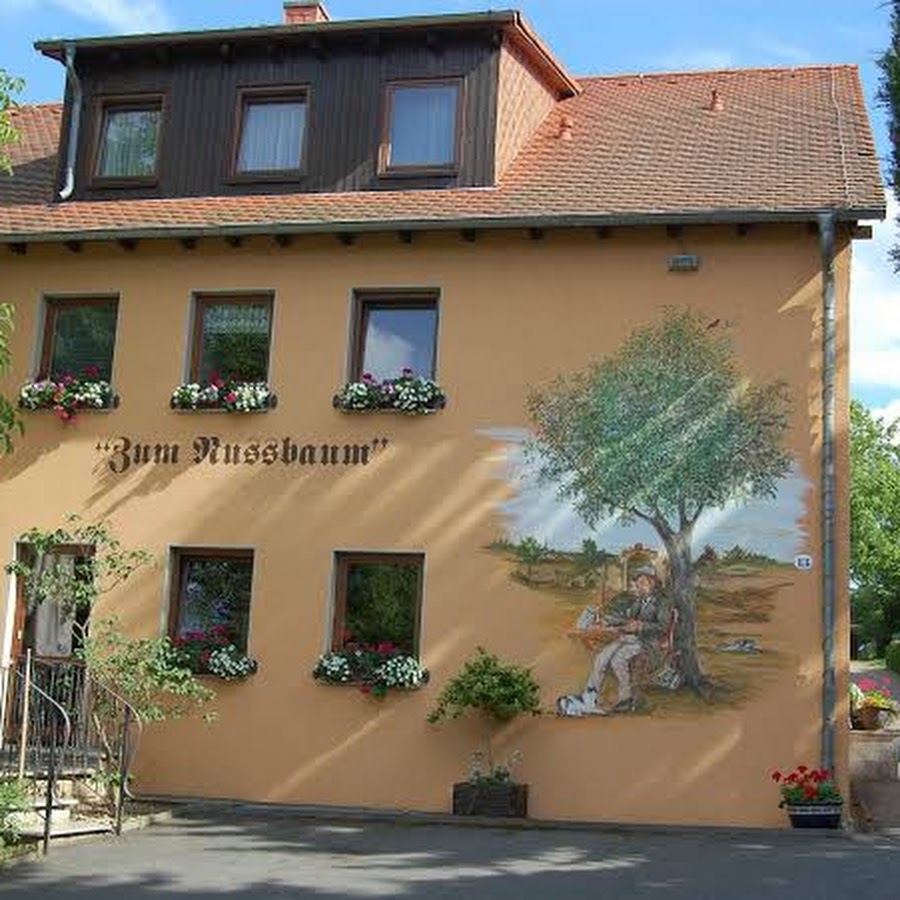
Das lebendige Haus
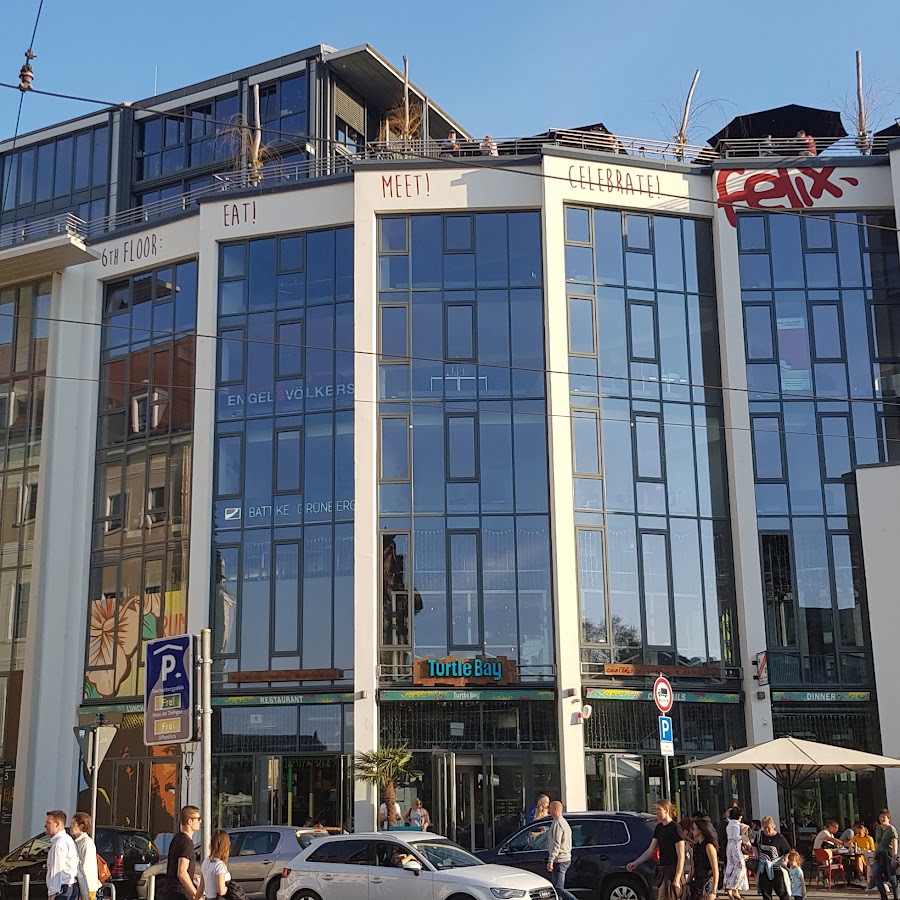
ZU DEN LINDEN RADEBEUL - restaurant & pension

Hotel Pension Kaden Dresden
DORMERO Hotel Dresden City
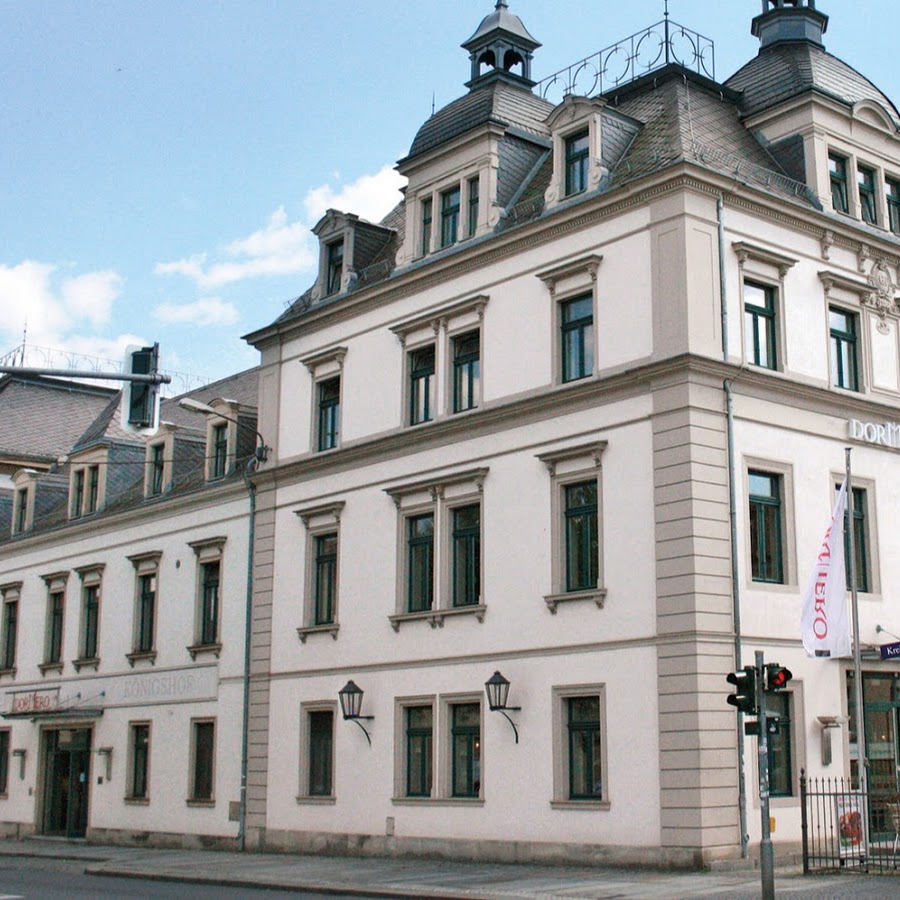
Hotel & Restaurant Klosterhof
Villa Bellevue Dresden
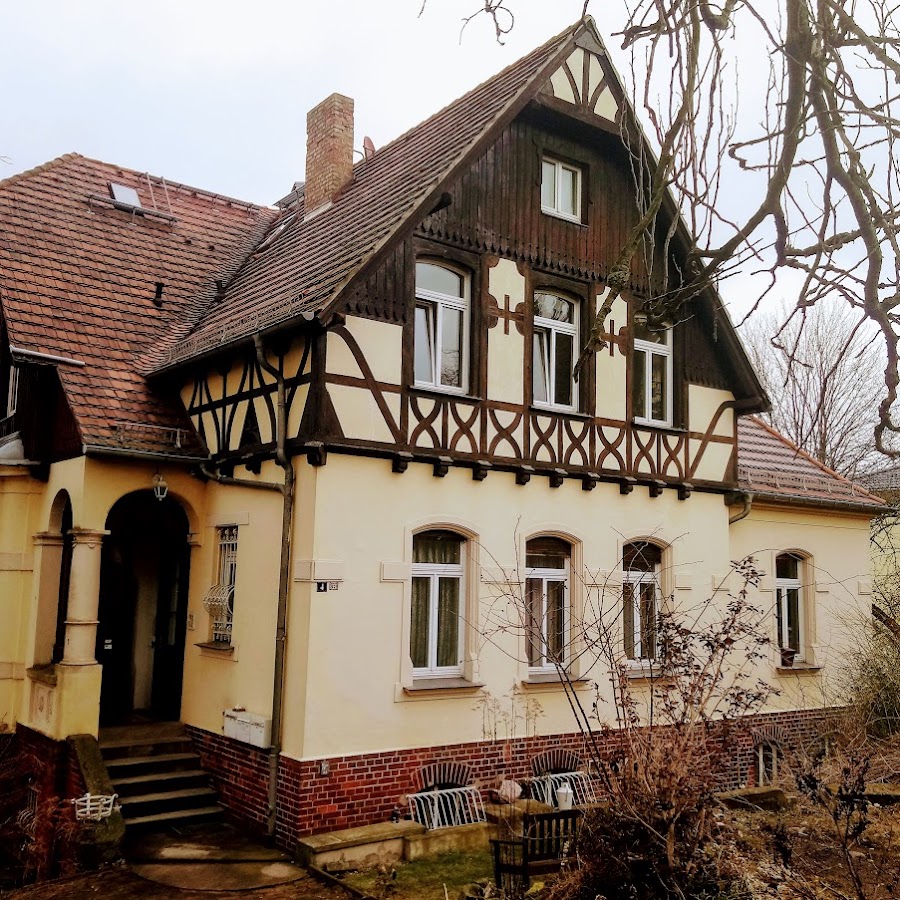
Elbterrasse Wachwitz
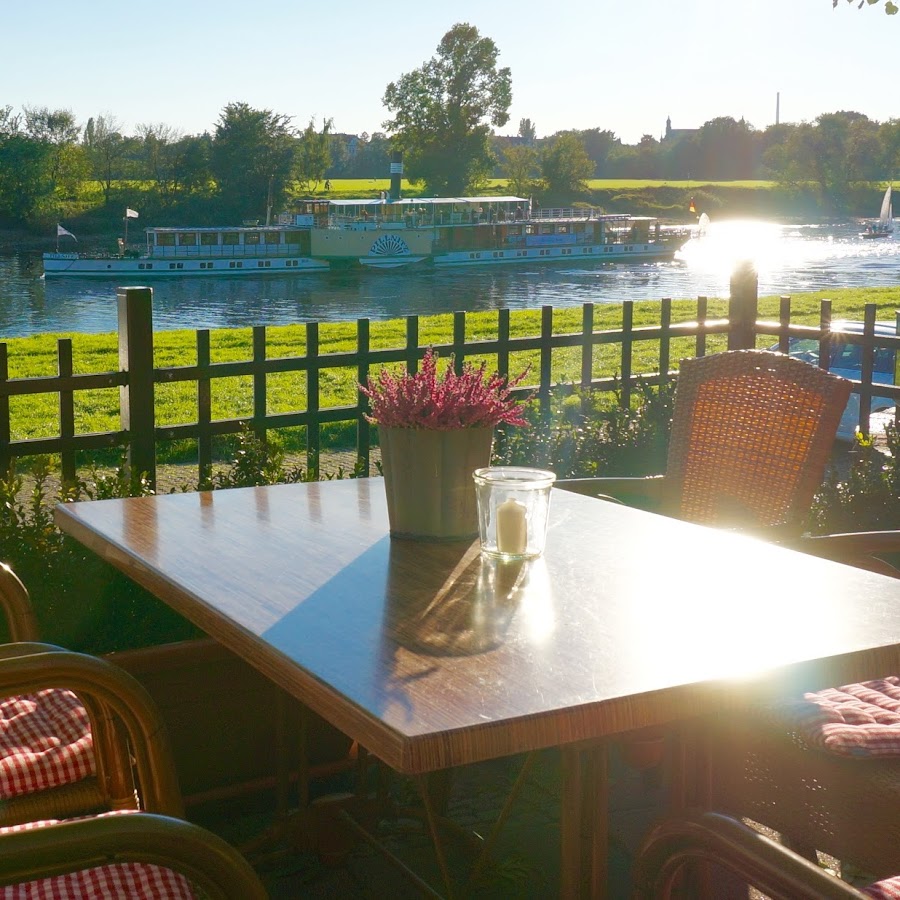
Hotel am Schwanenhaus
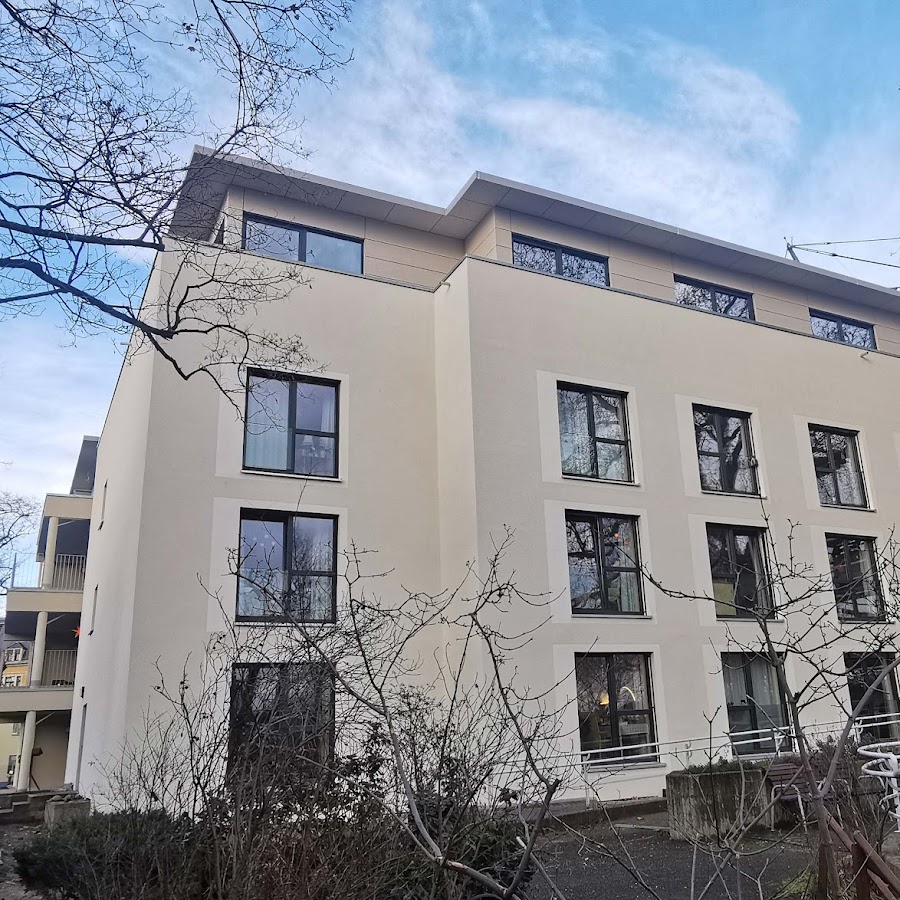
Therese-Malten-Villa
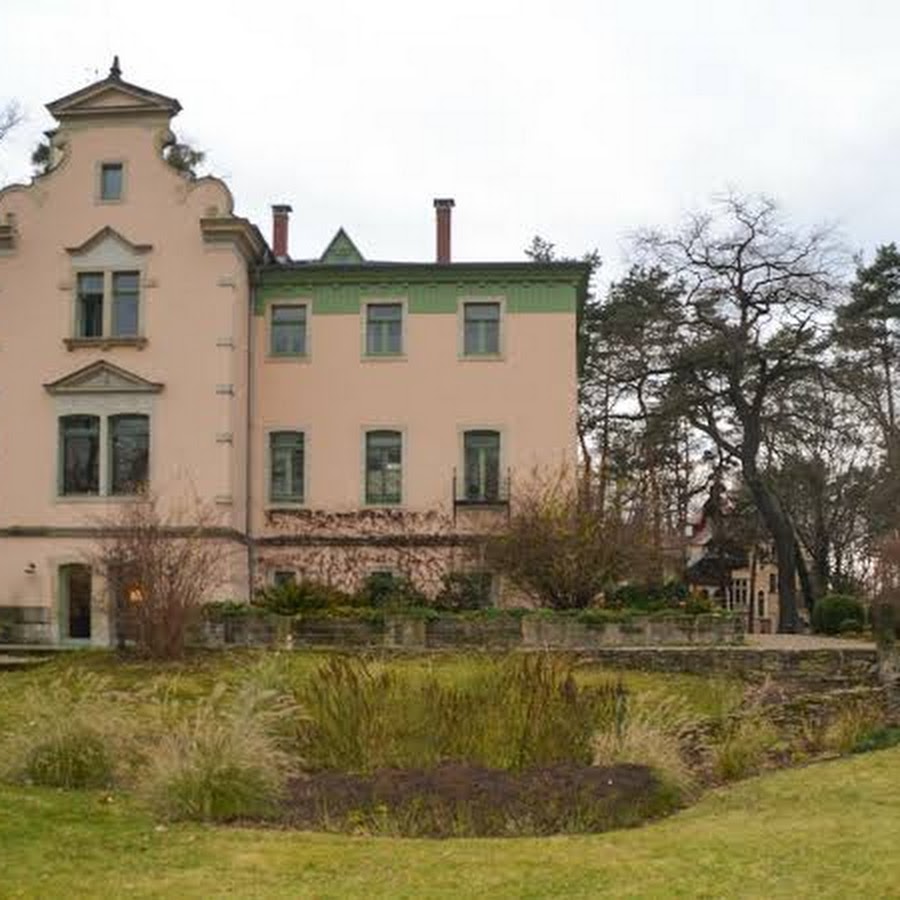
Restaurant Schloss Eckberg
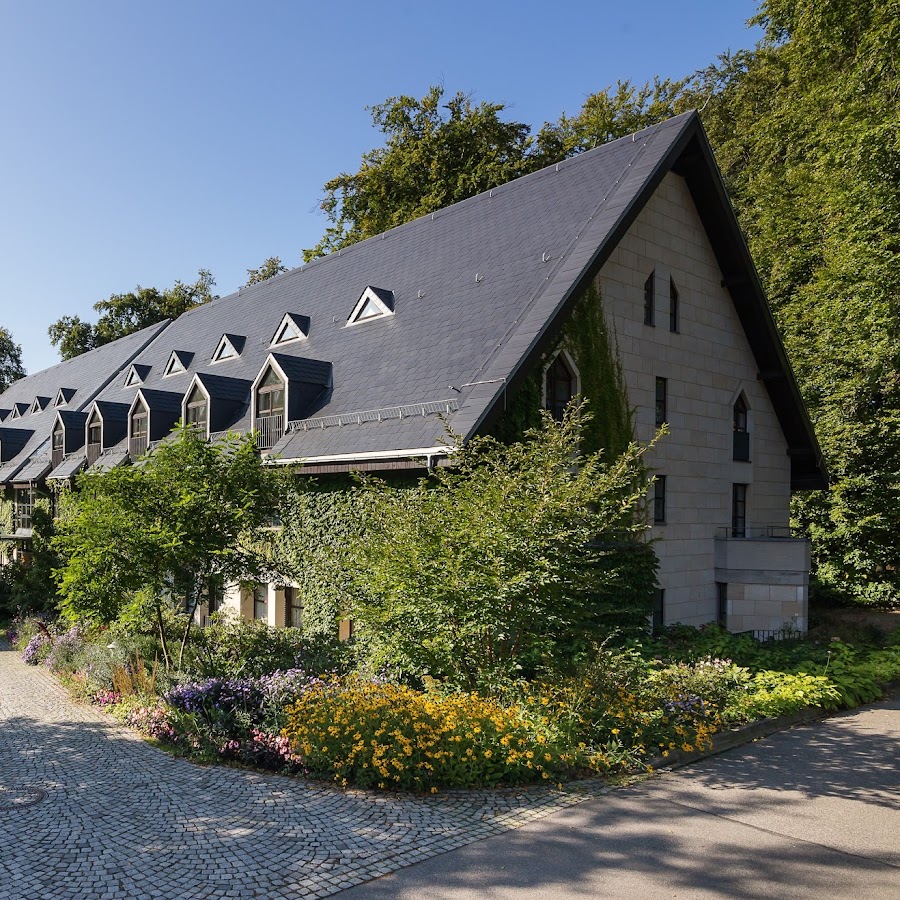
ACHAT Hotel Dresden Elbufer
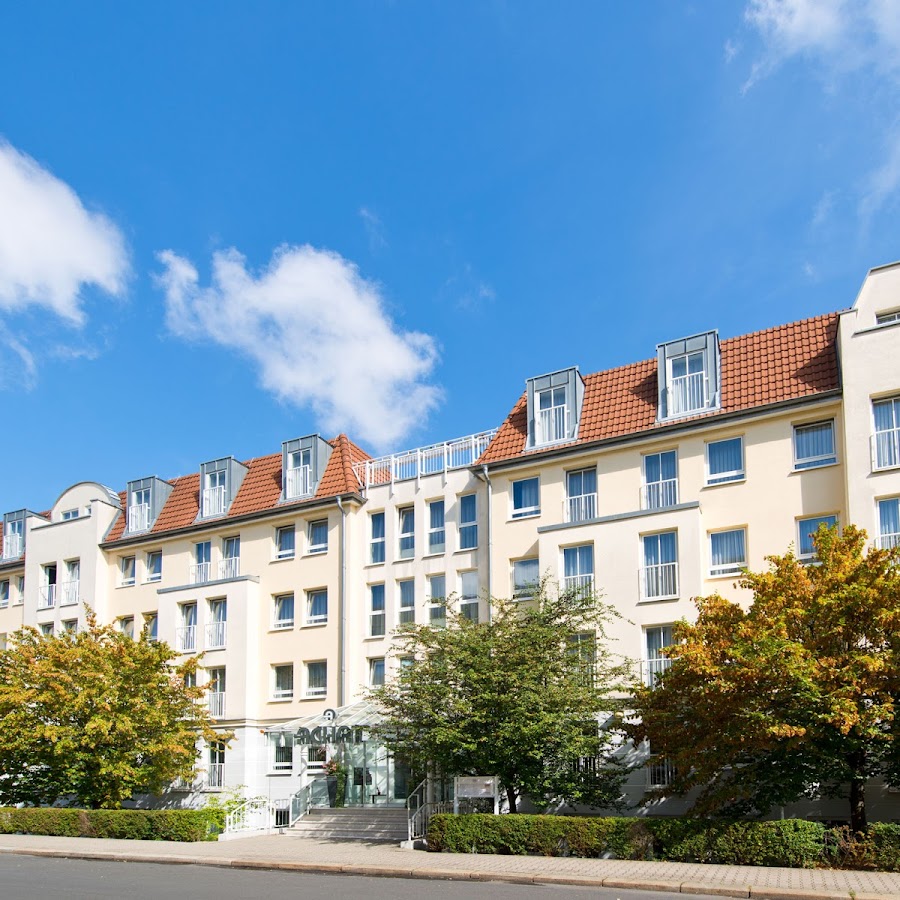
Ferienwohnung Ahrendt
Backstage Hotel Dresden
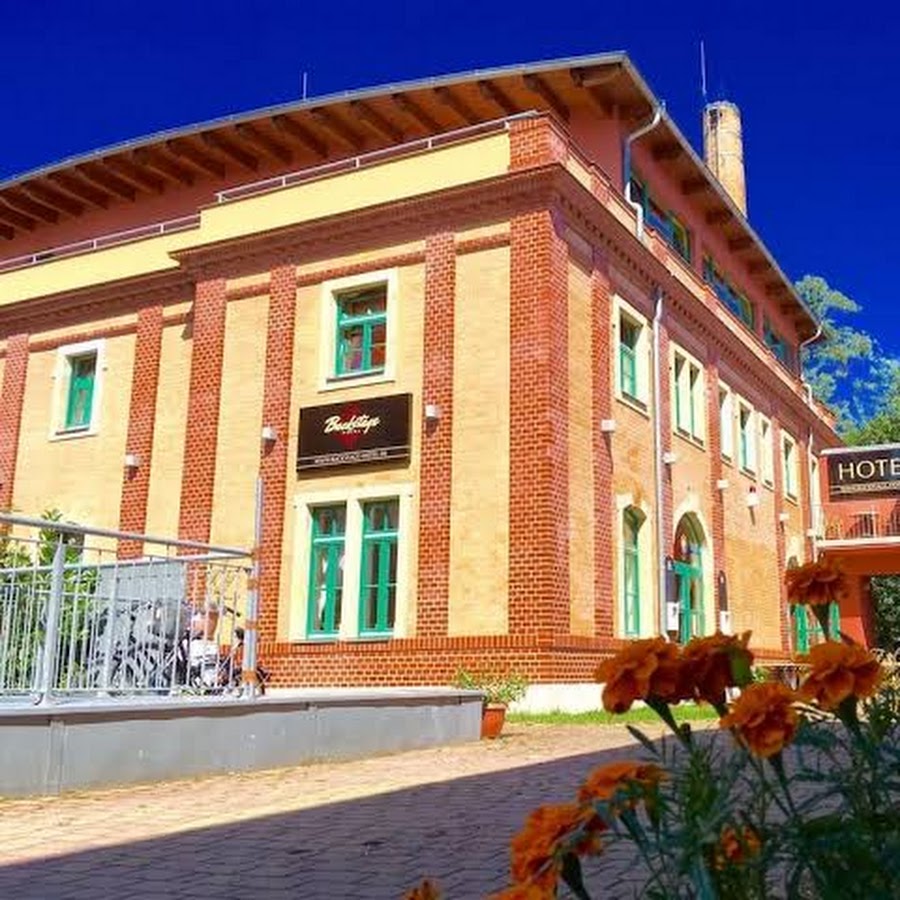
Hexenhaus
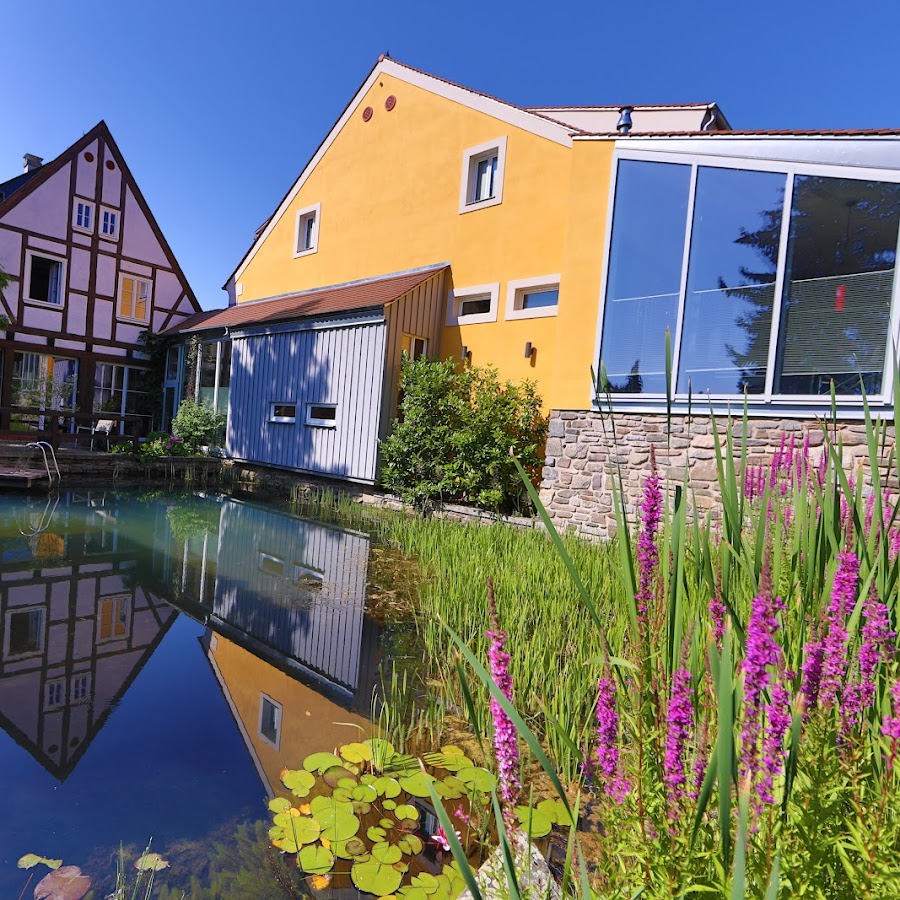
Pension Arcade
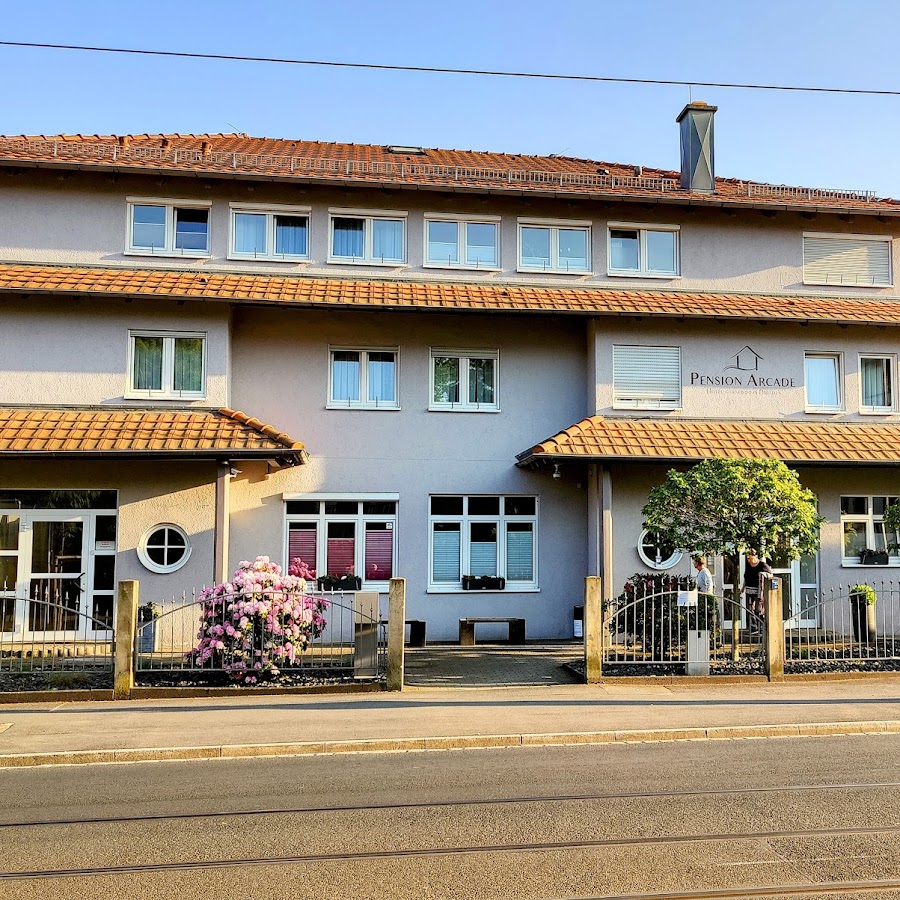
Leubnitzer Höhe
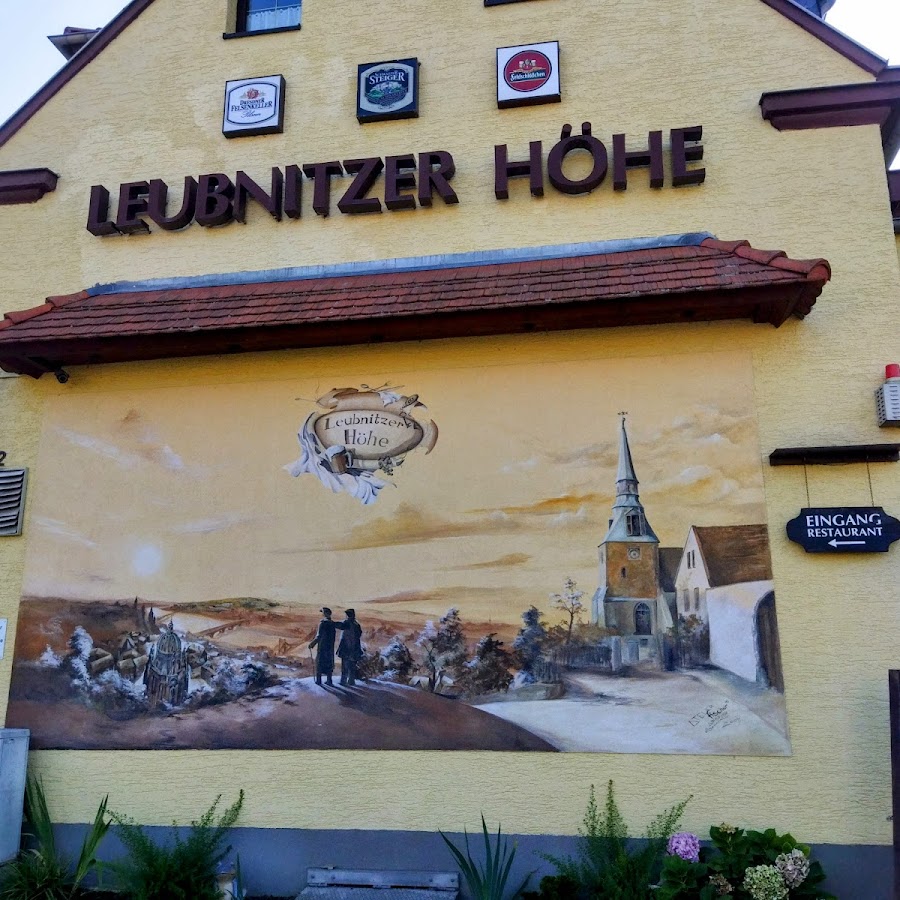
Aparthotel Altes Dresden
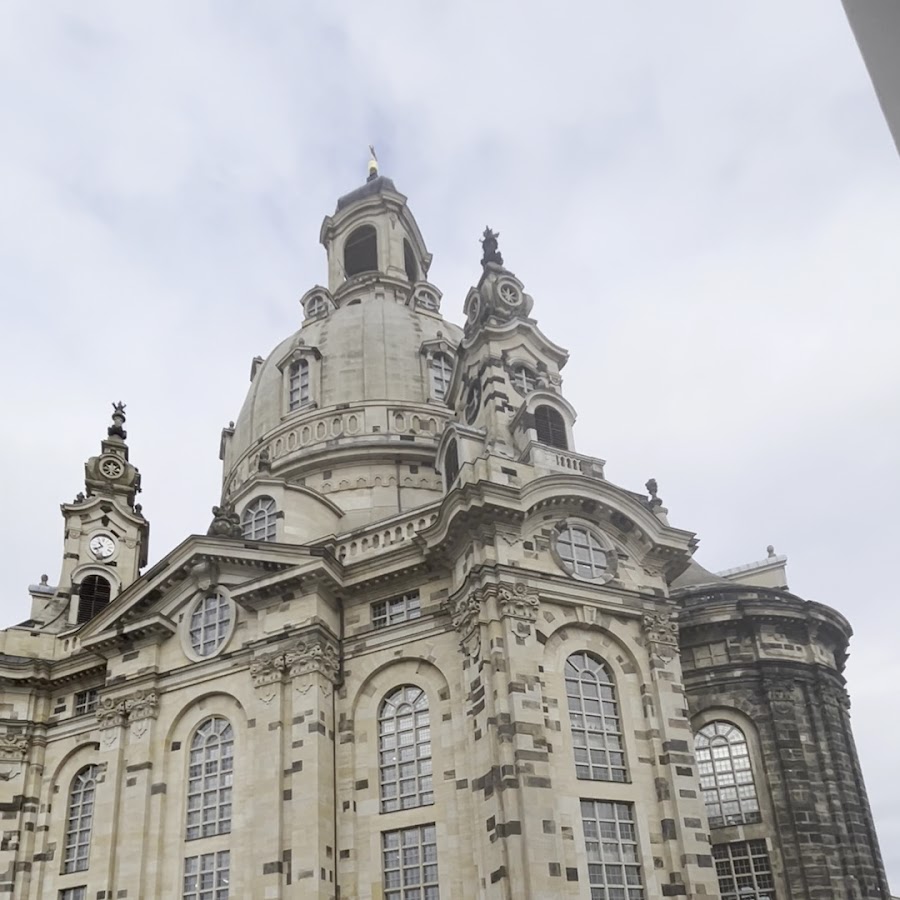
Campus Apartments
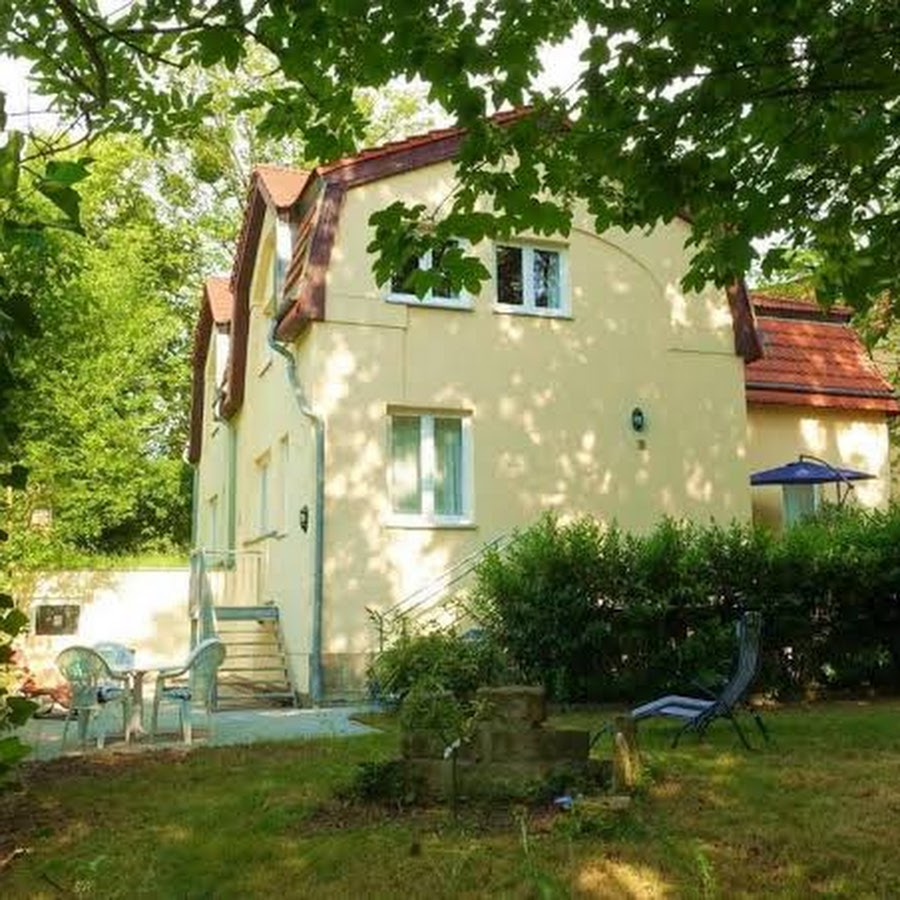
Gasthof Weißig Restaurant & Ballsaal
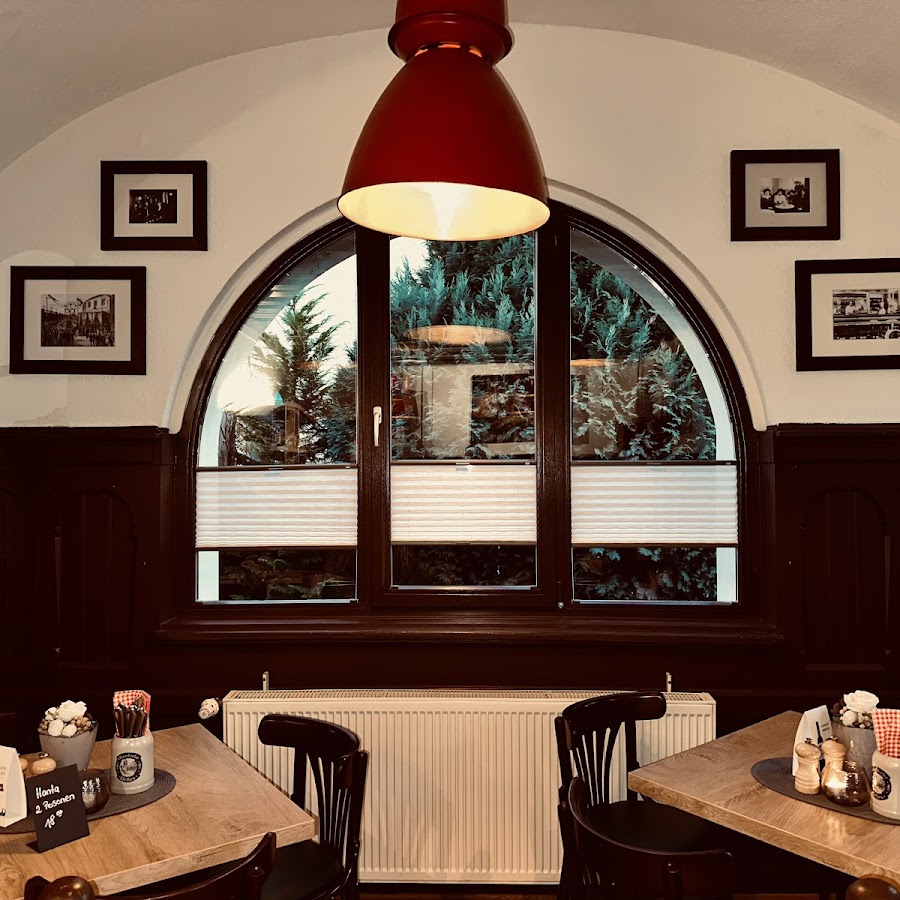
Merbitzer Hof
Hotel Villa Herzog
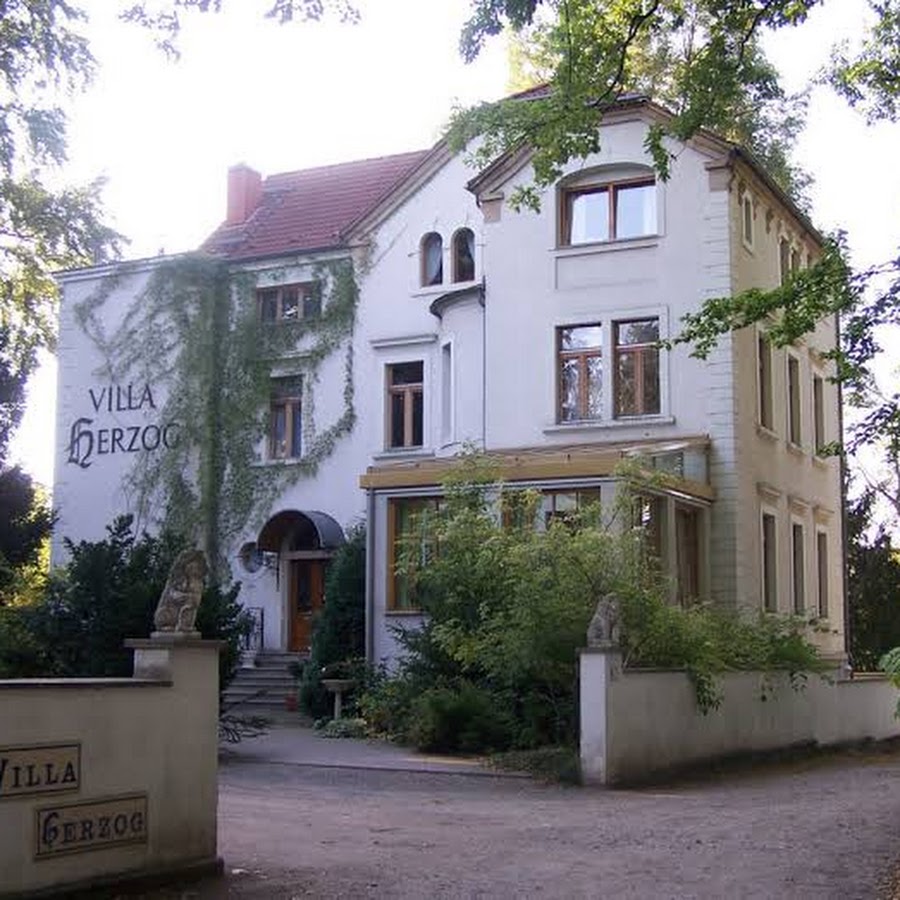
Courtyard Dresden
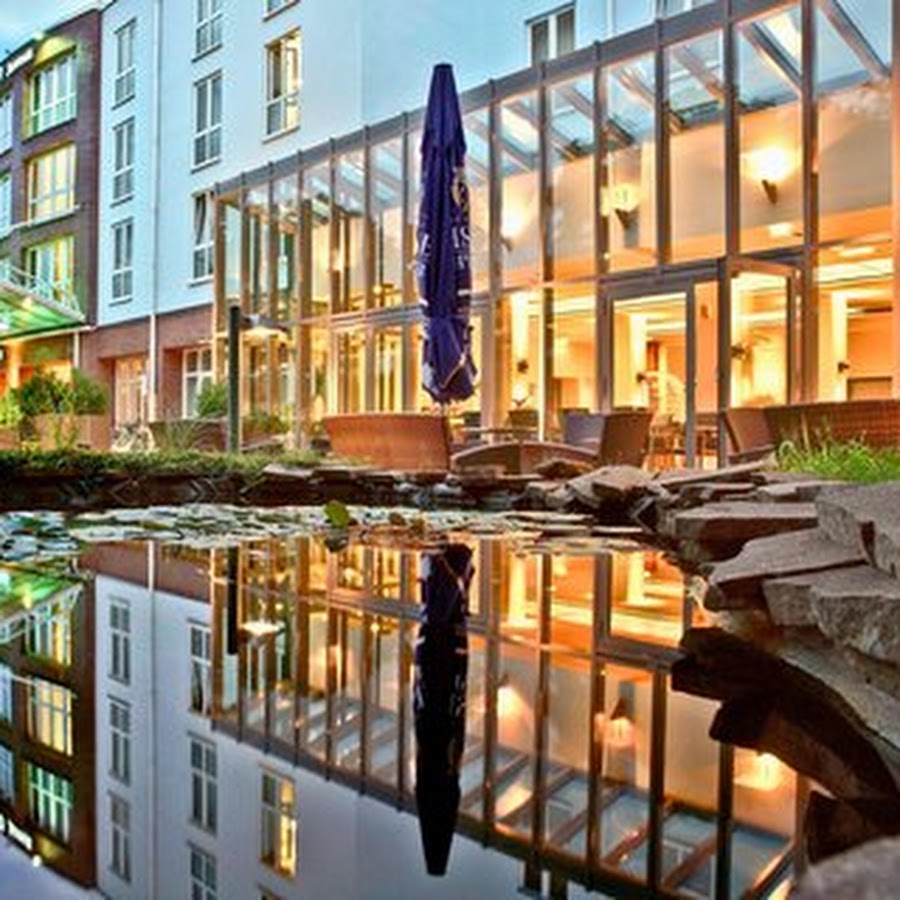
Alttolkewitzer Hof
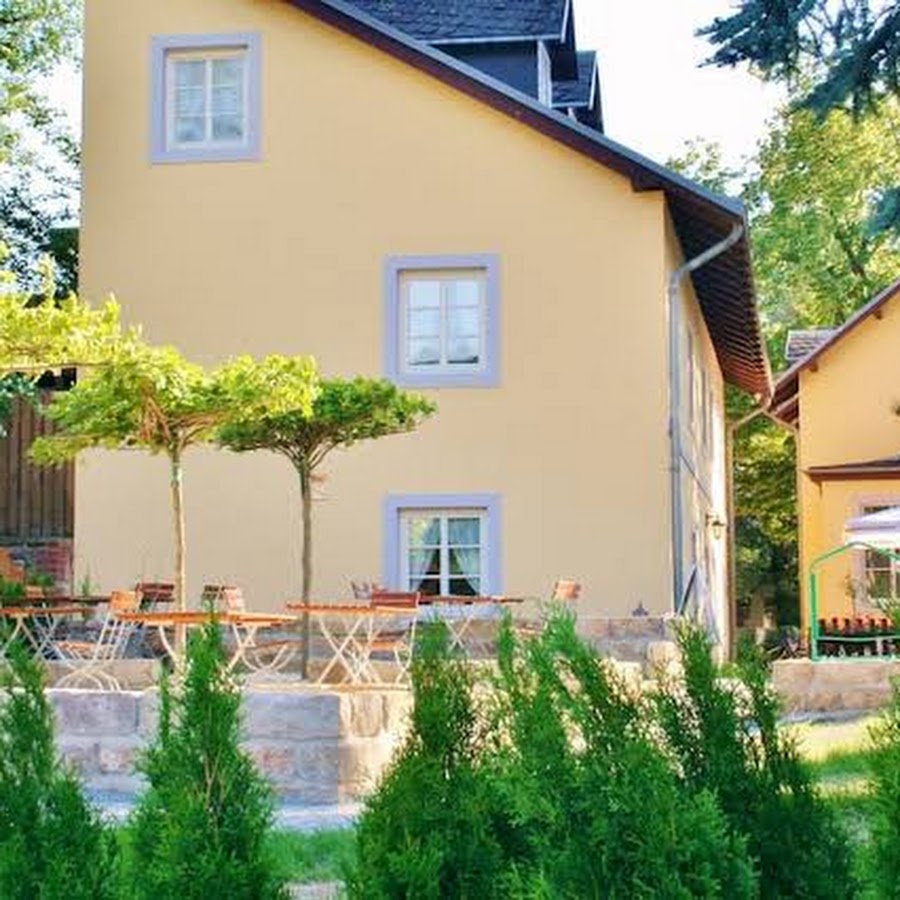
Akademiehotel Dresden
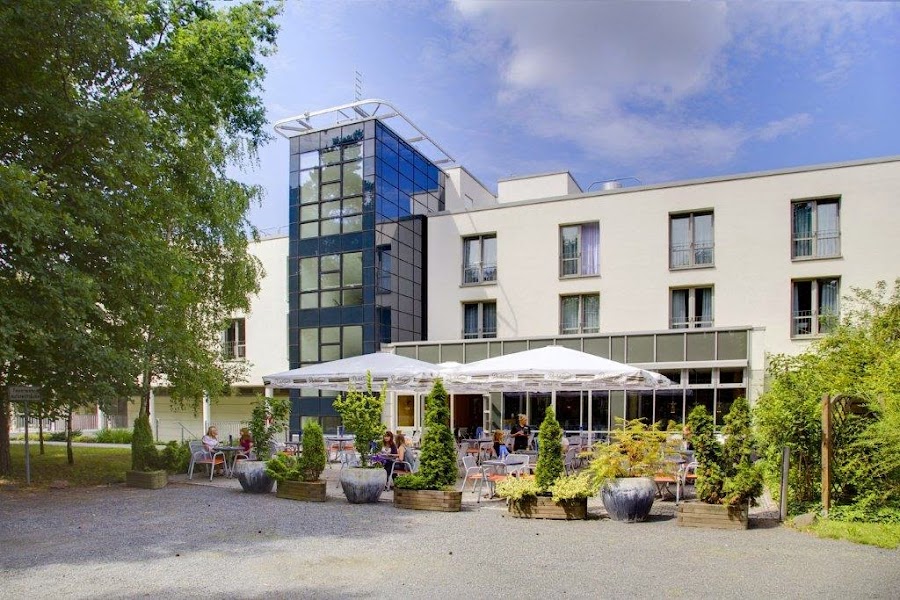
Studio am Kaitzer Weinberg
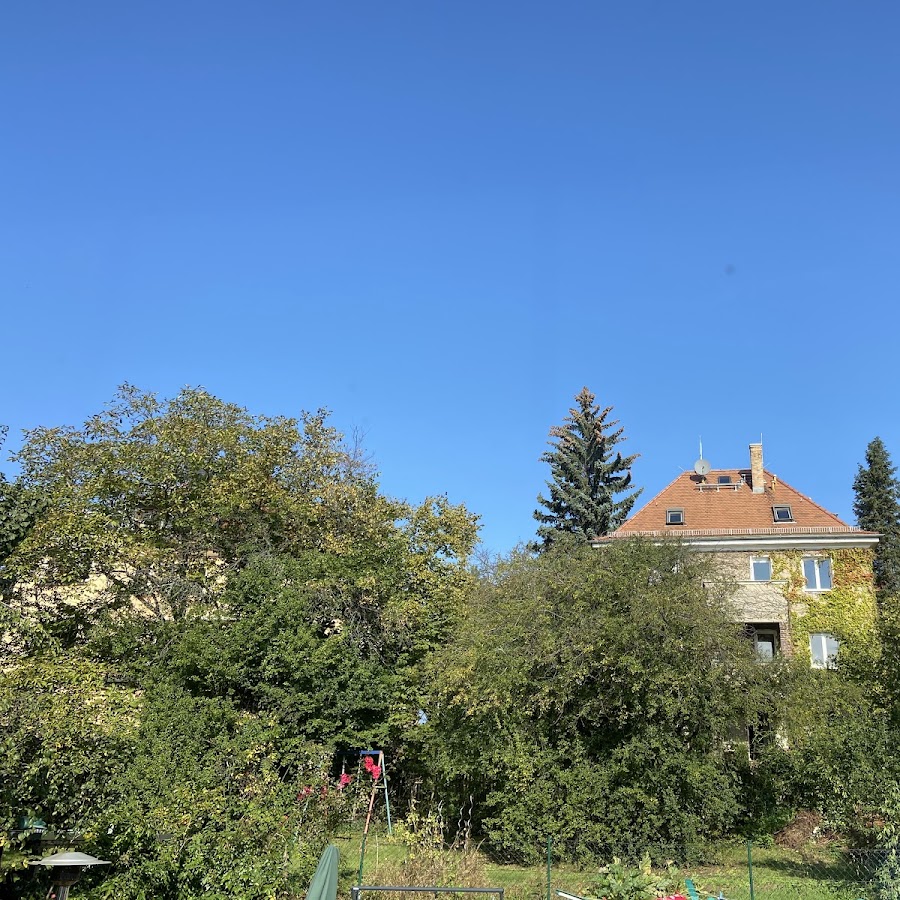
Winzerhaus Rissweg 15
Appartements - Große Ferienwohnung

Pension Adele - Ruhig, direkt am Elberadweg & Badesee mit Balkon
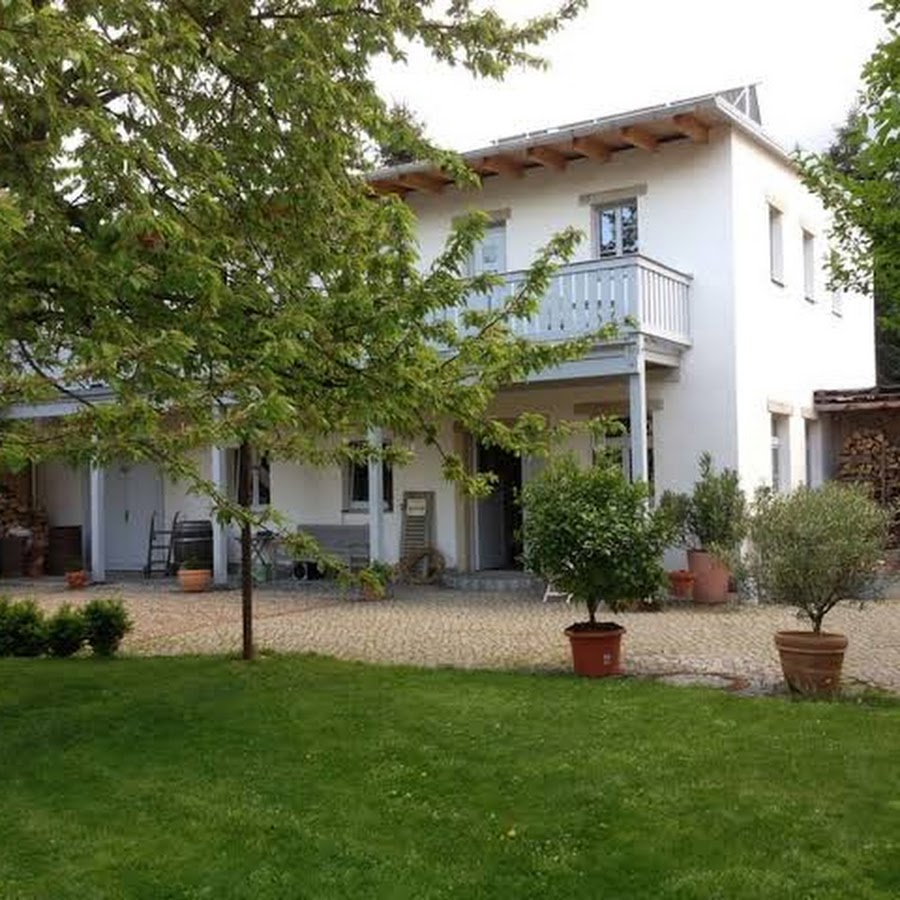
Hotel Heidenschanze Dresden
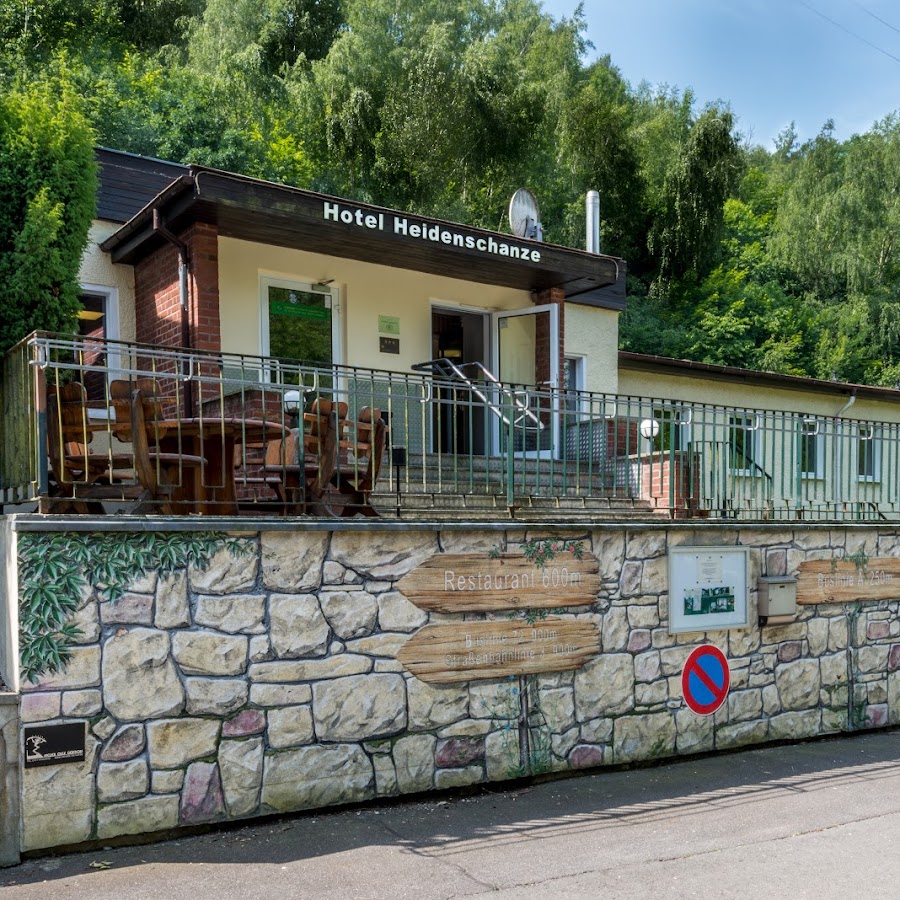
Limehome Dresden Tannenstraße
Motel Dresden

Ines Westenhöfer
Hotel Amadeus
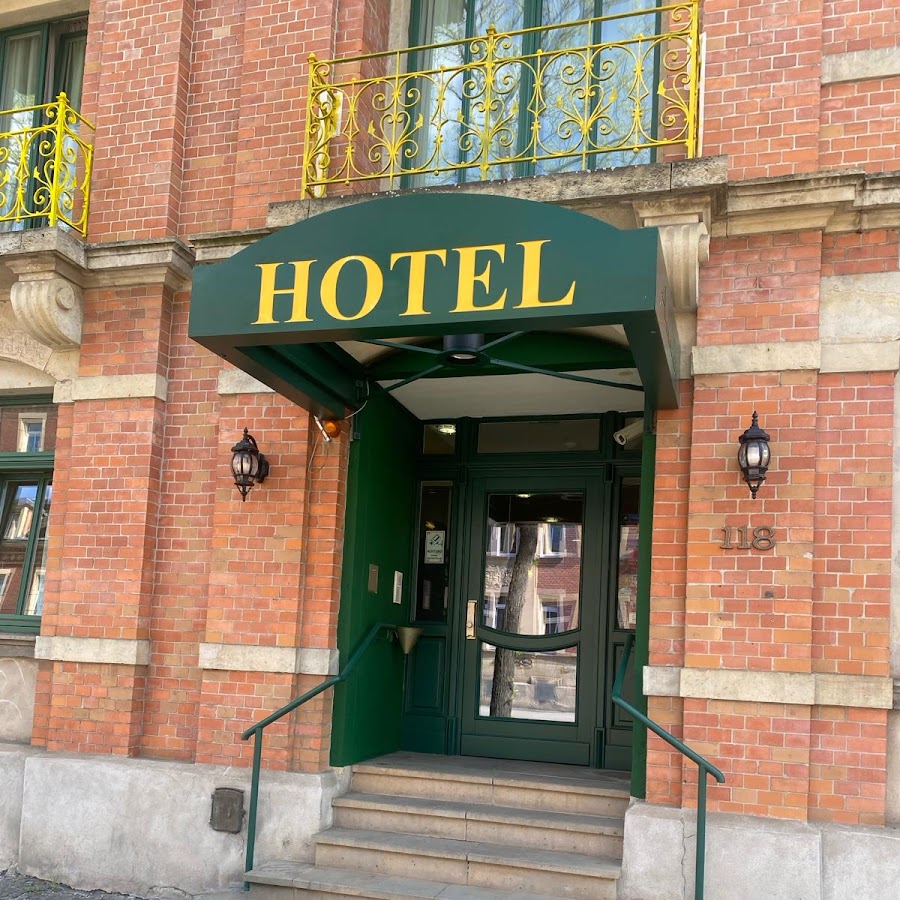
Boutique Hotel Villa Gast
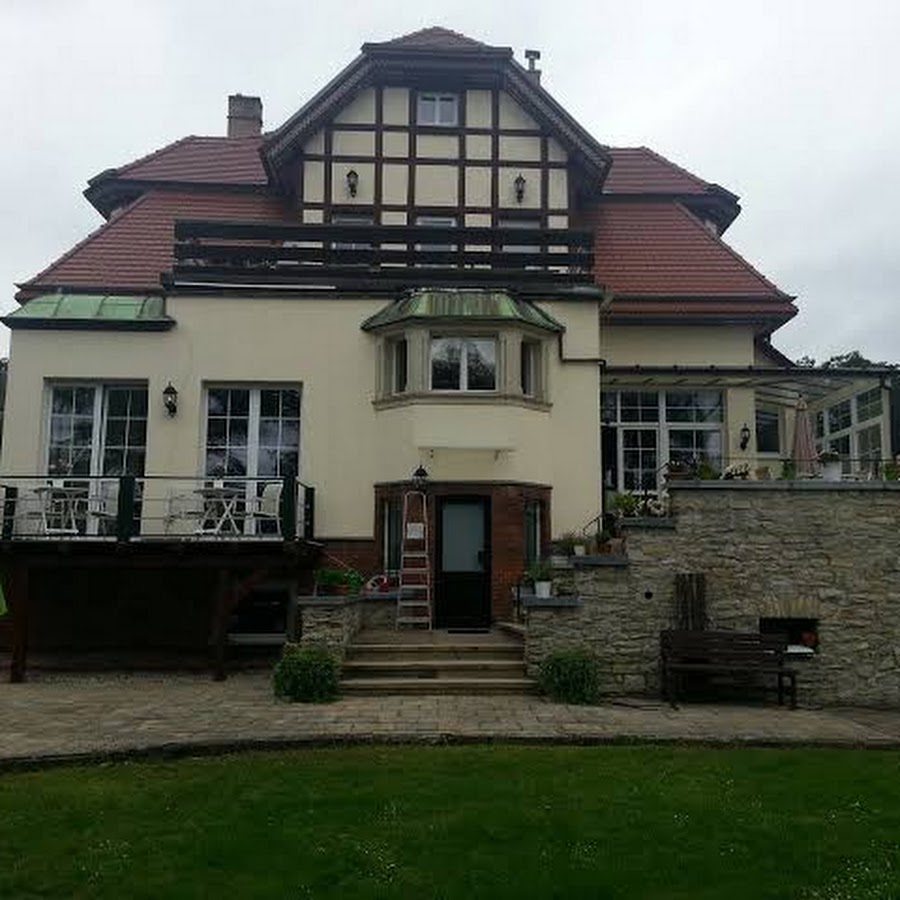
Gästehaus Am Klosterteichplatz | Inh.: Matthias Schütze
Pension An der Weißeritz

Hotel Goldener Anker Inh. Petra Paul e.K.
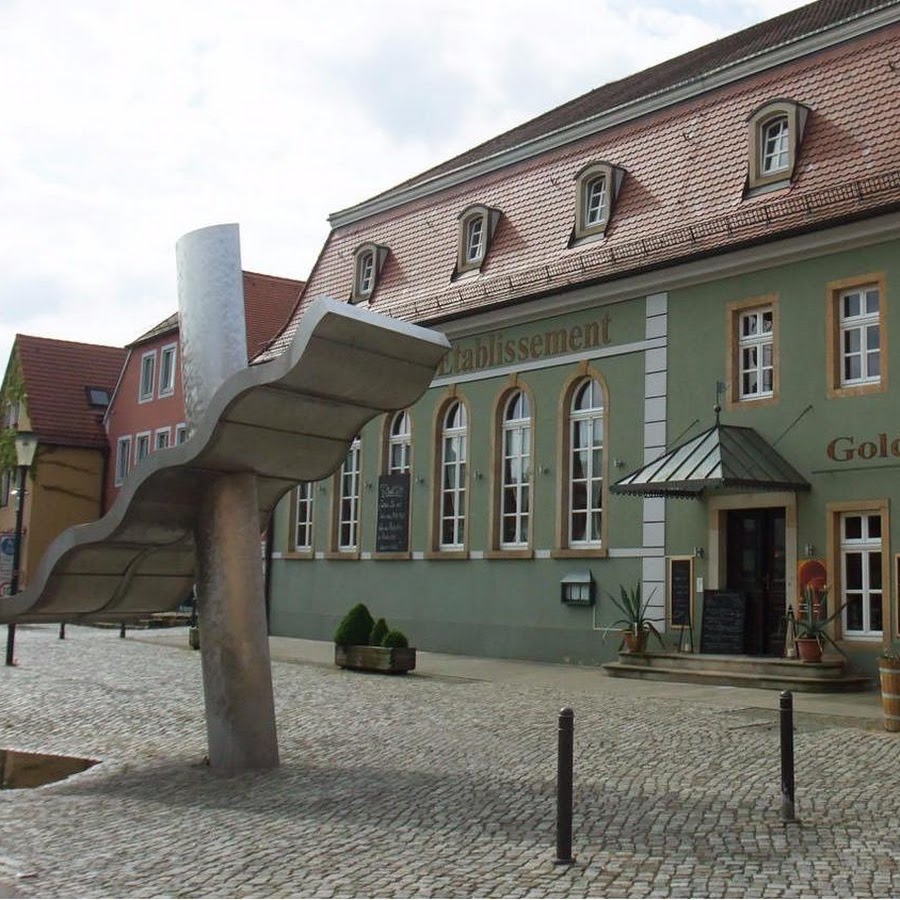
Appartements Am Schillergarten
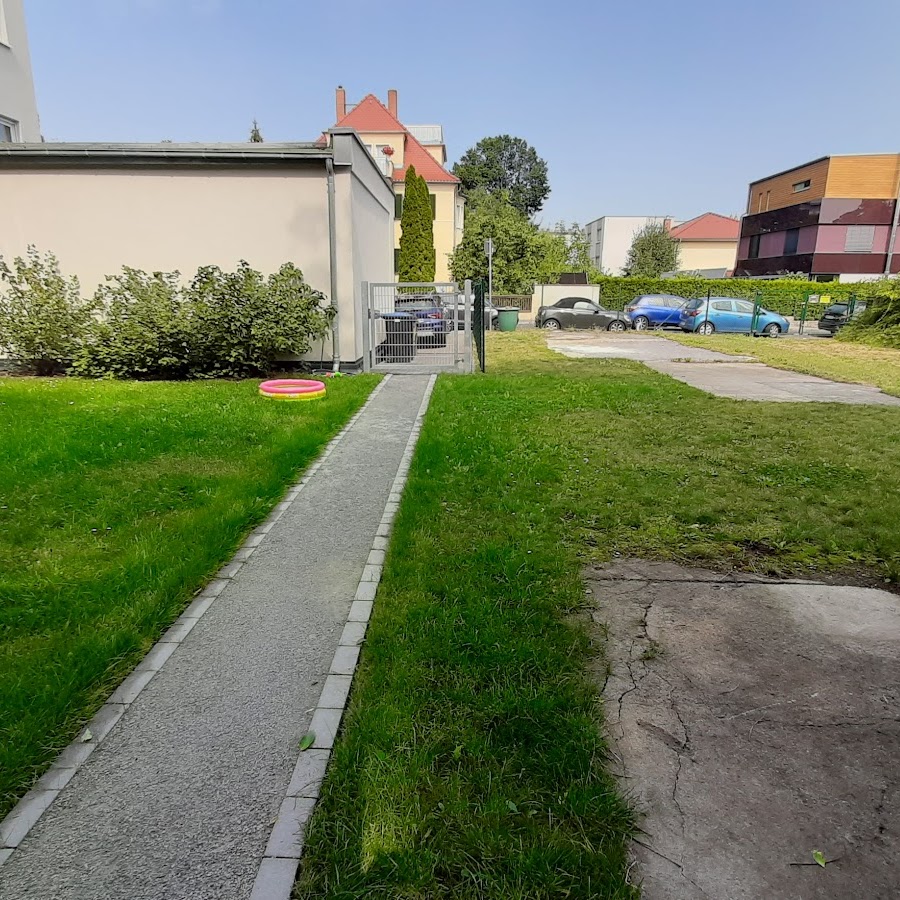
Ferienwohnung Richter

Artushof
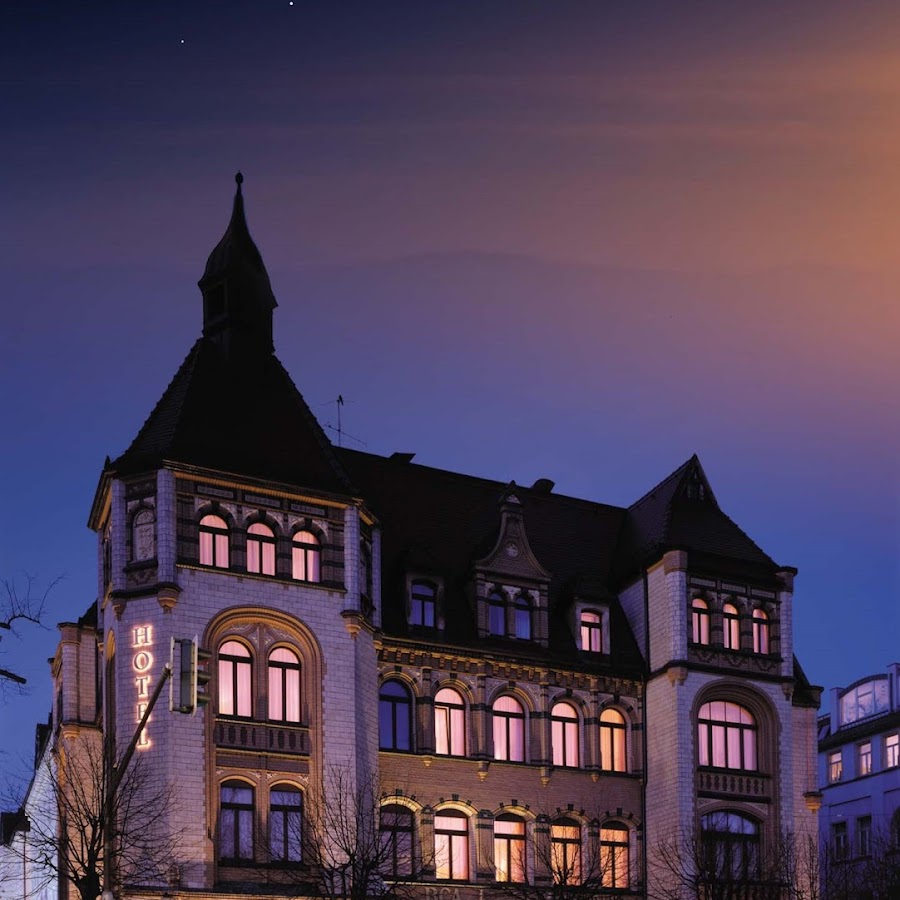
Limehome Dresden Jordanstraße
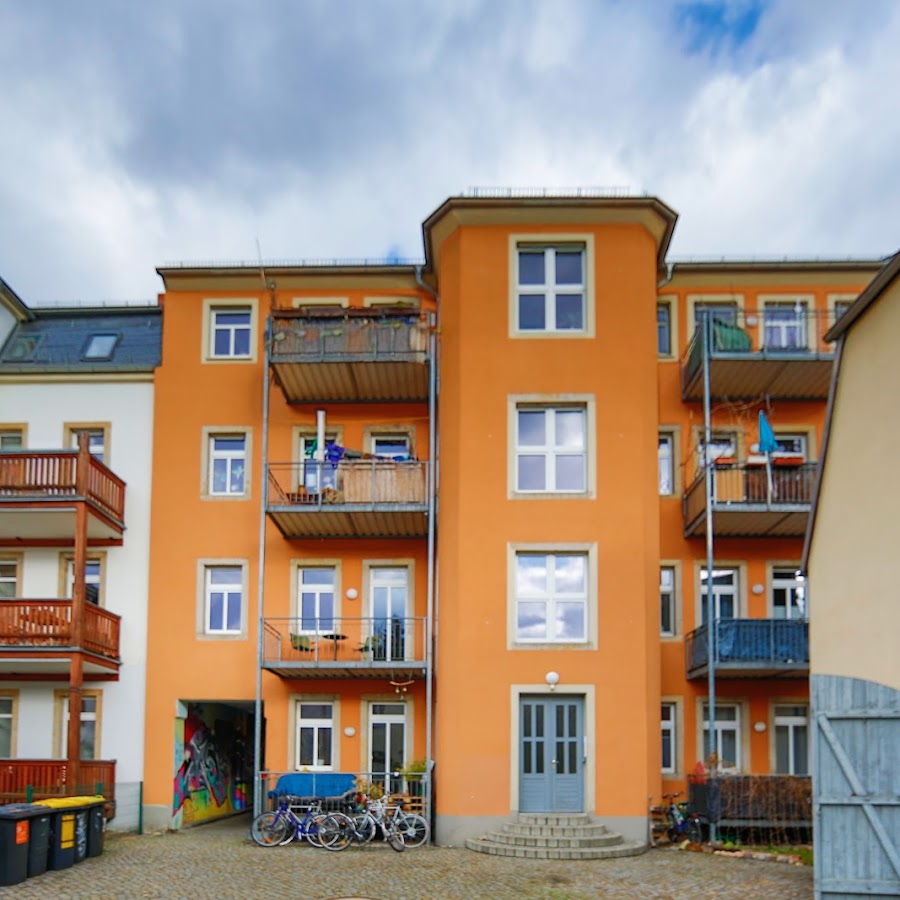
Hofgärtnerhaus der Ev.-ref. Gemeinde zu Dresden
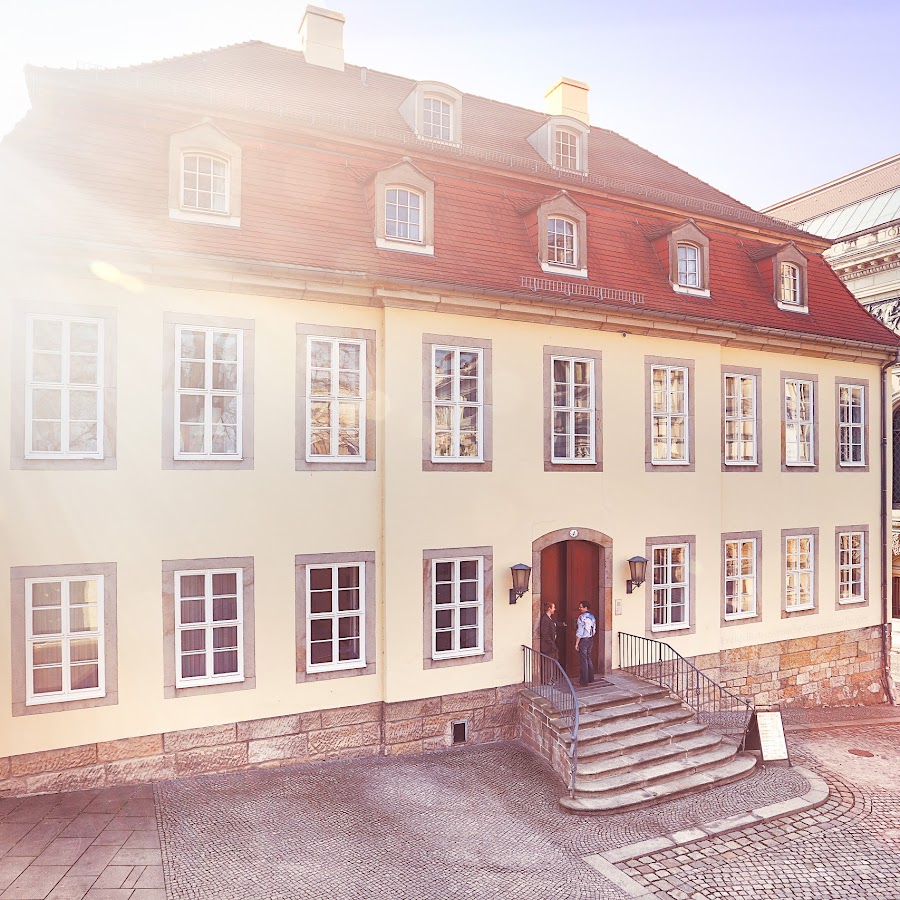
Pension Elbhangzimmer
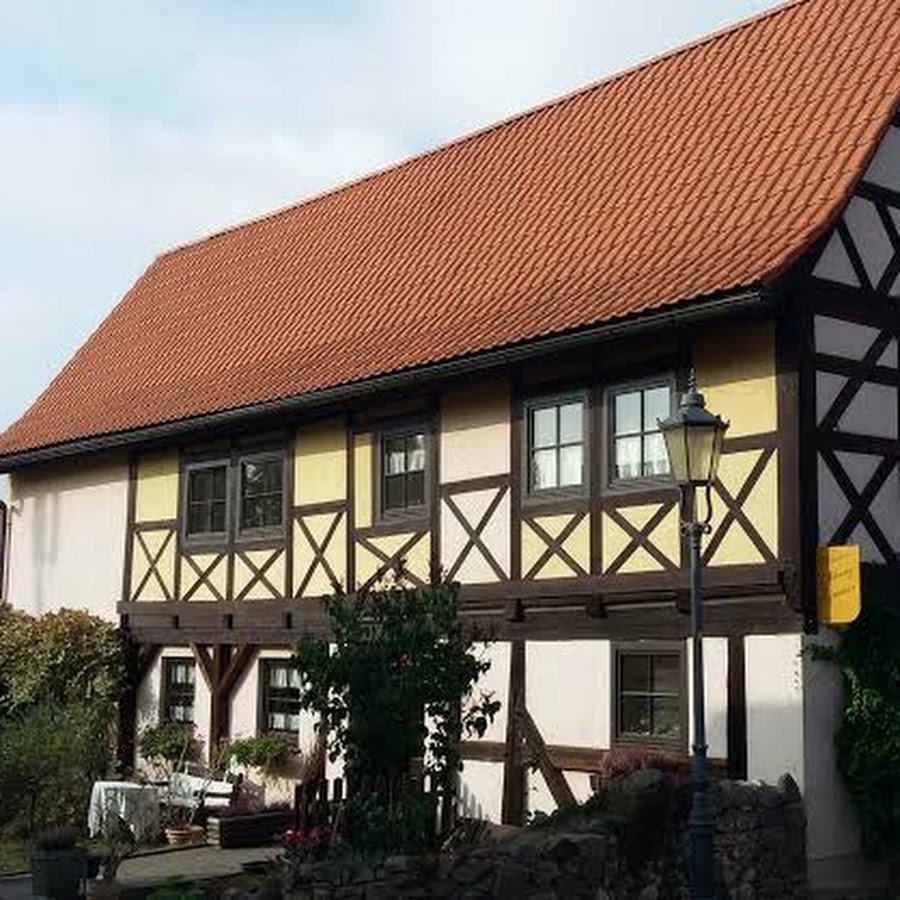
Pension Pamp "Am Großen Garten"
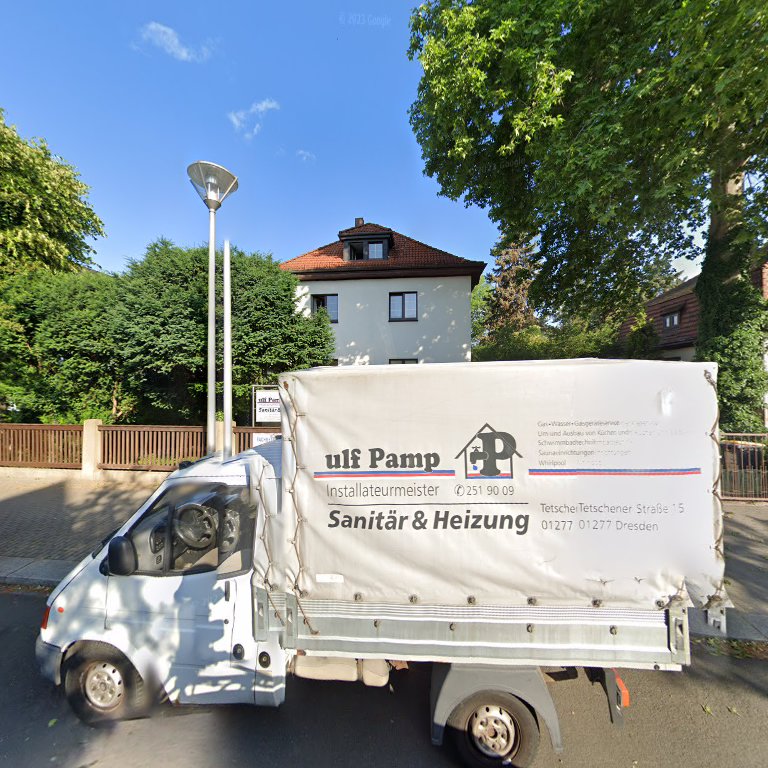
Radler Pension GmbH & Co.KG
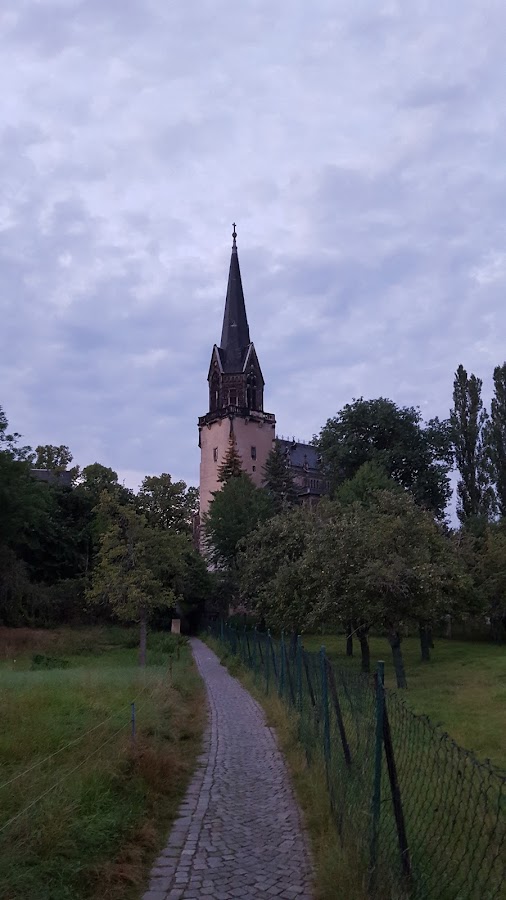
DJH Jugendherberge Dresden „Jugendgästehaus“
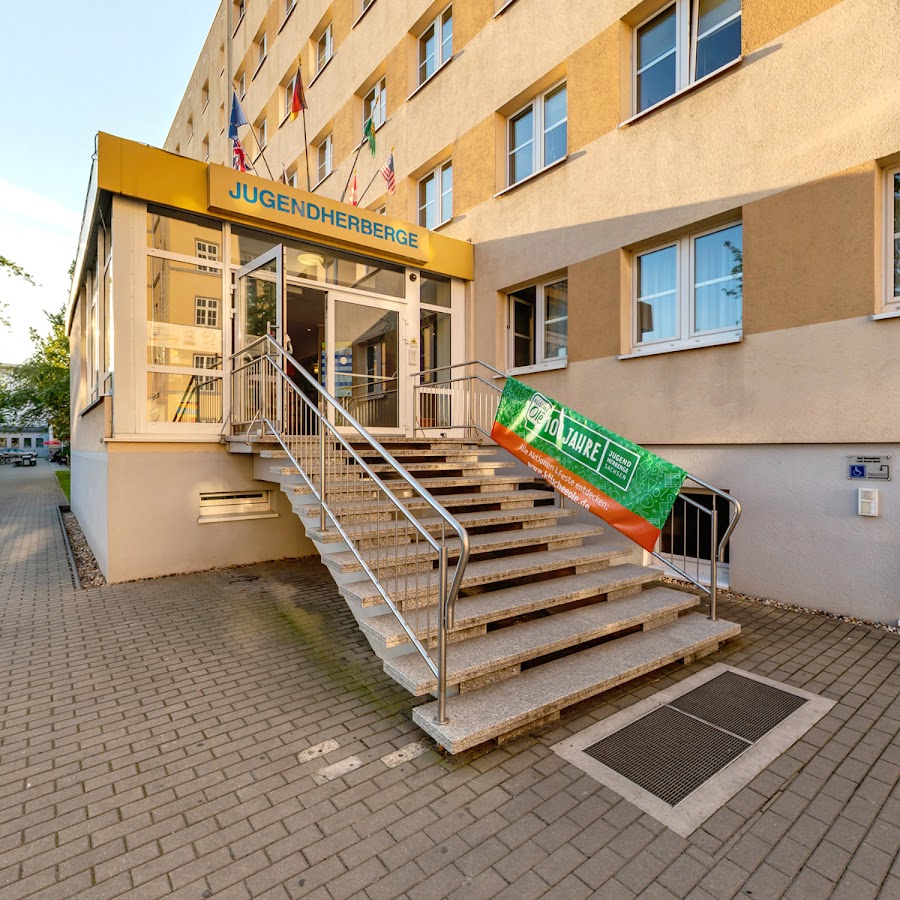
Gästehaus "Villa Seraphinum"
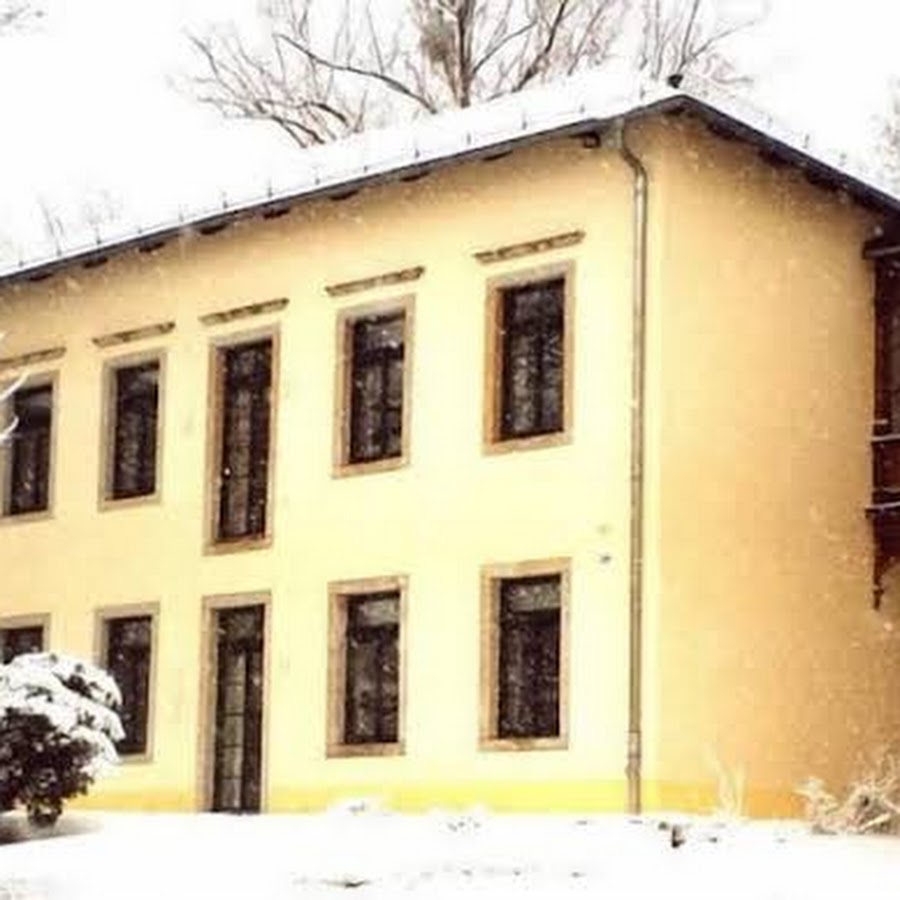
Hotel Kipping
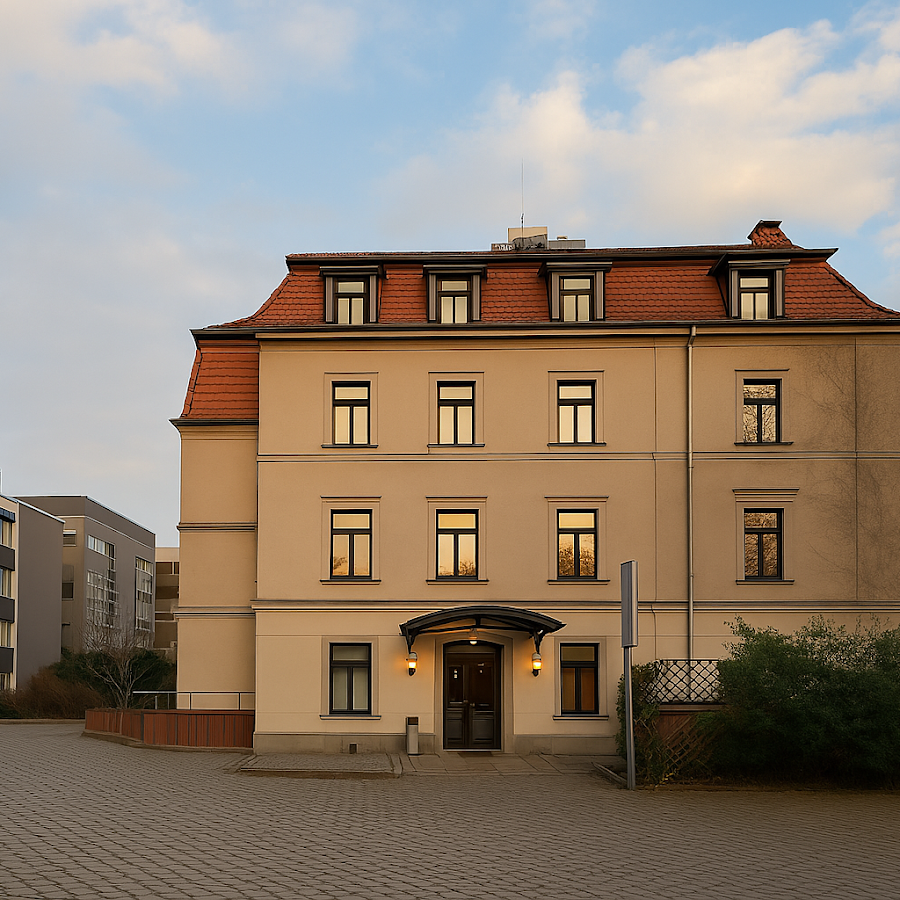
Ferienhof Dittrichs Erben
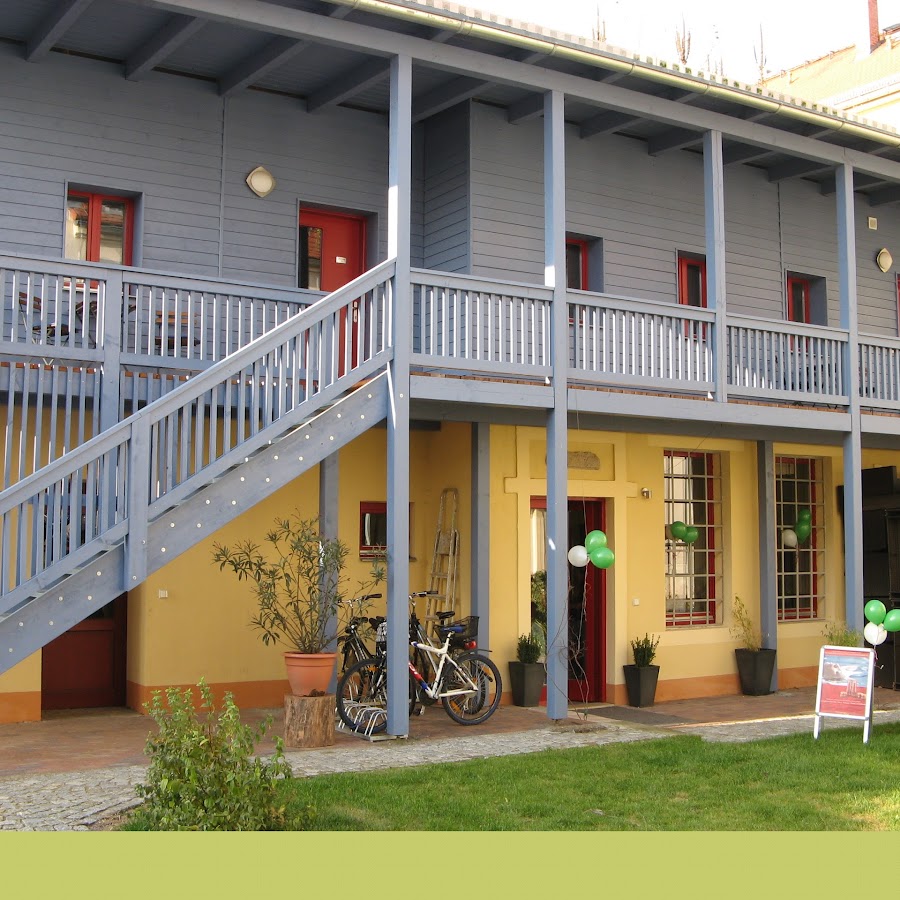
Boutique Hotel Rothenburger Hof
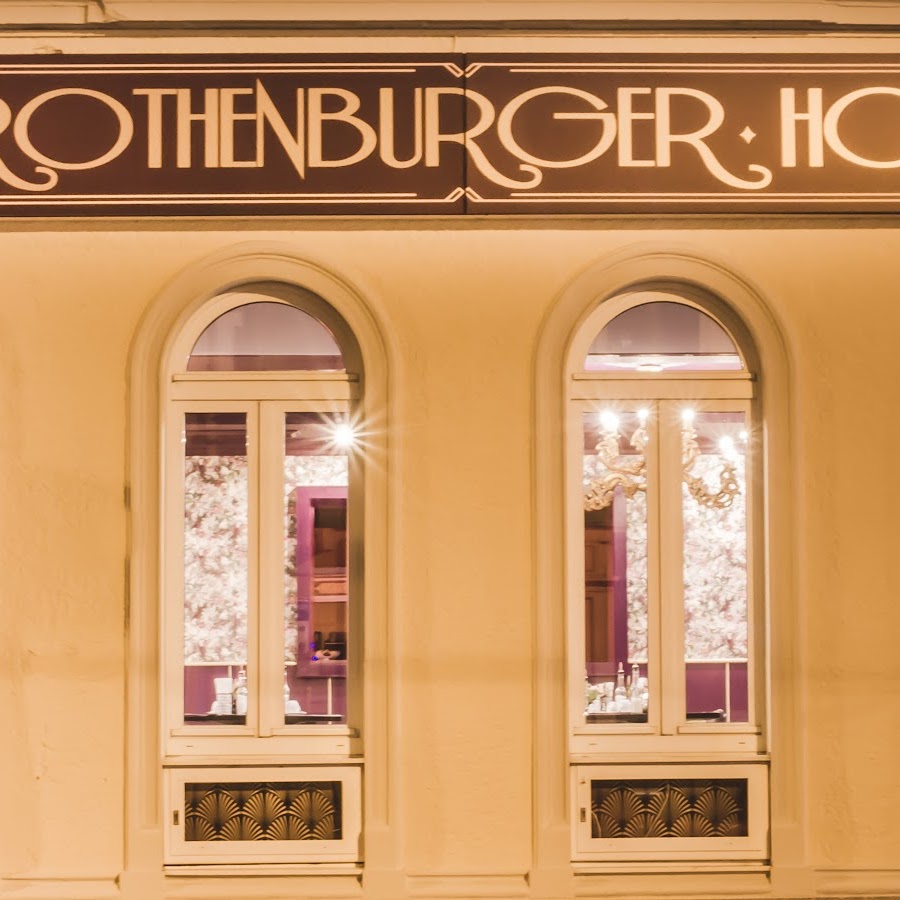
hostel 47 Eingang A

Pension Dresden-Zschachwitz
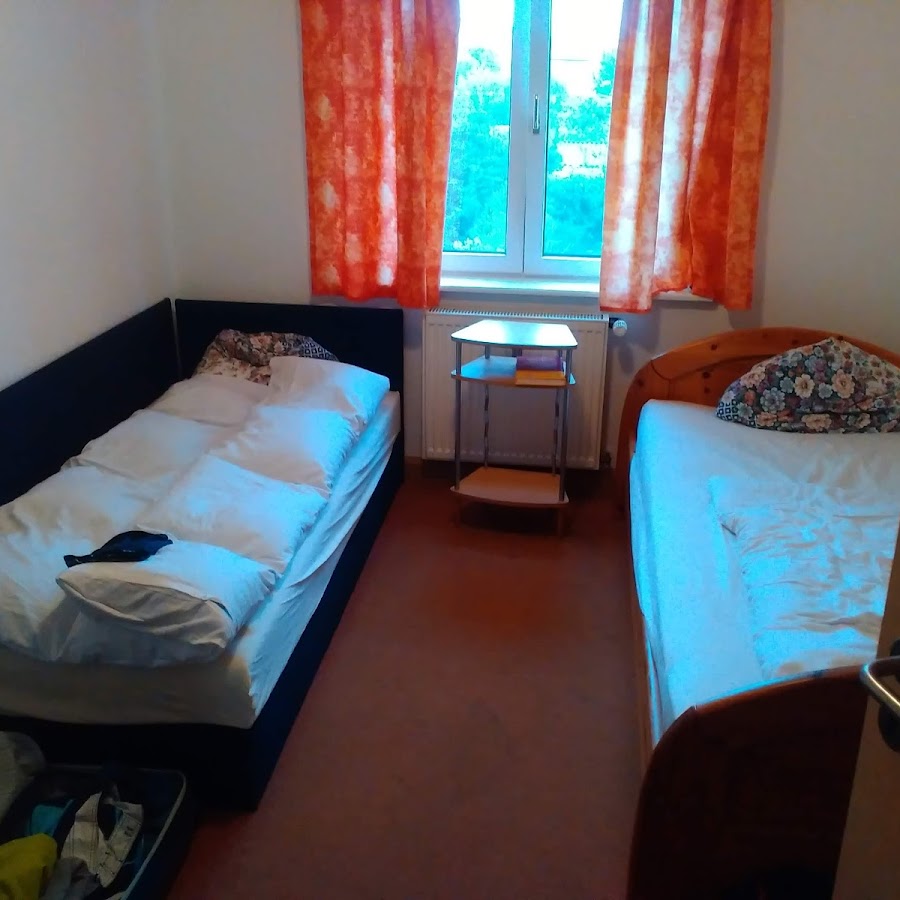
CVJM-Schiff
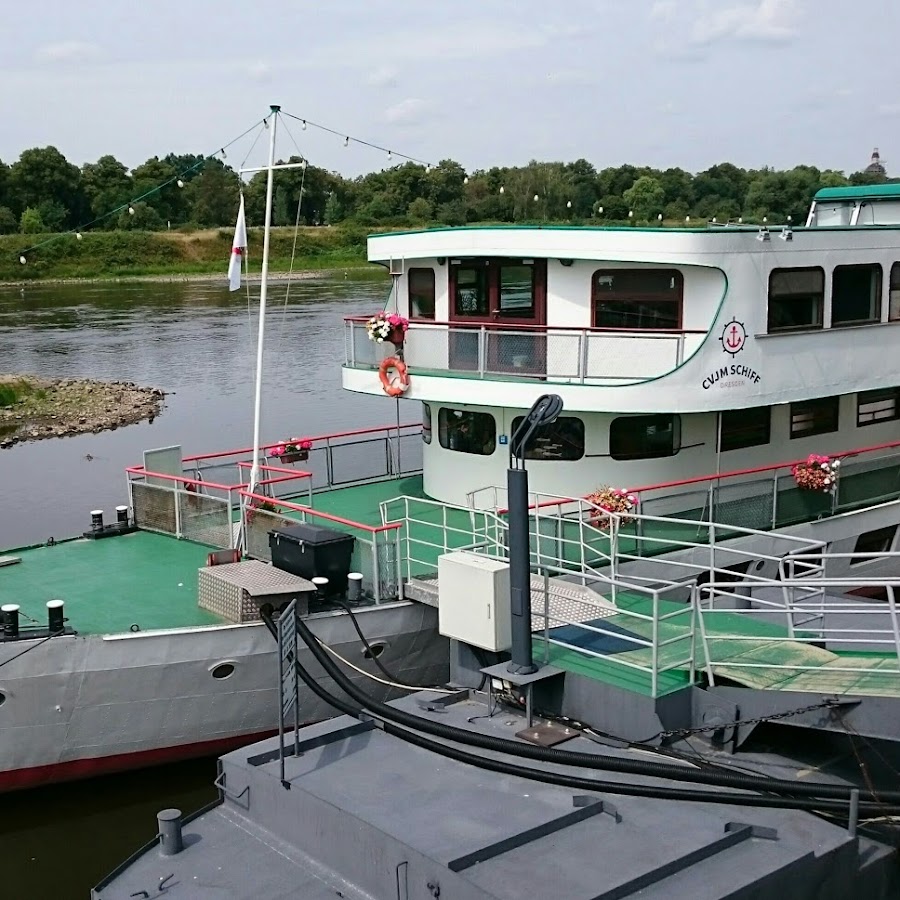
Gästehaus "Am Weberplatz"
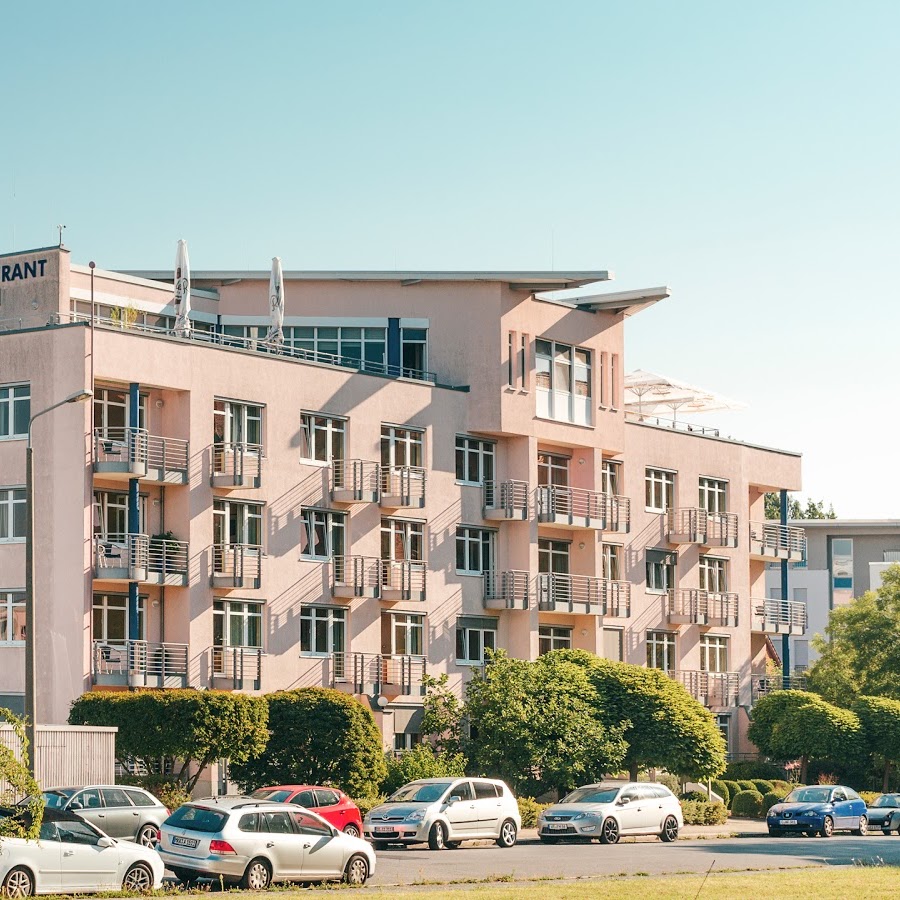
Landgasthof & Hotel Köhlerhütte
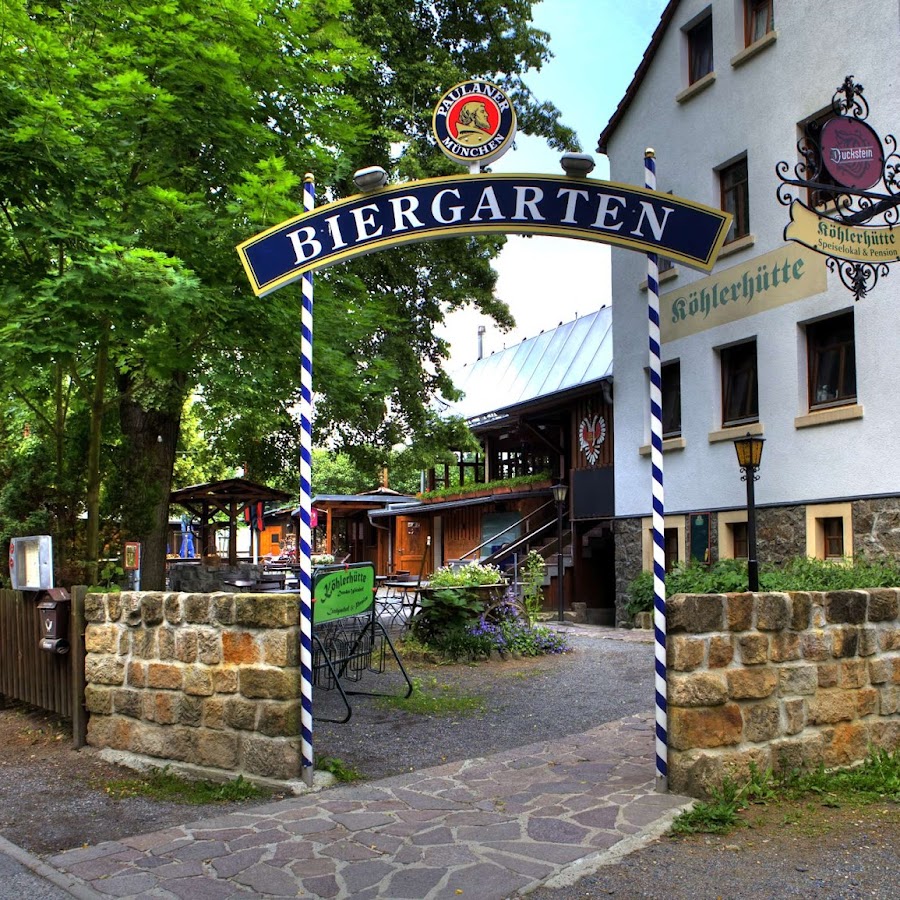
Stellplatz Wiesentorstraße

UnderSTAYtement in Schloss
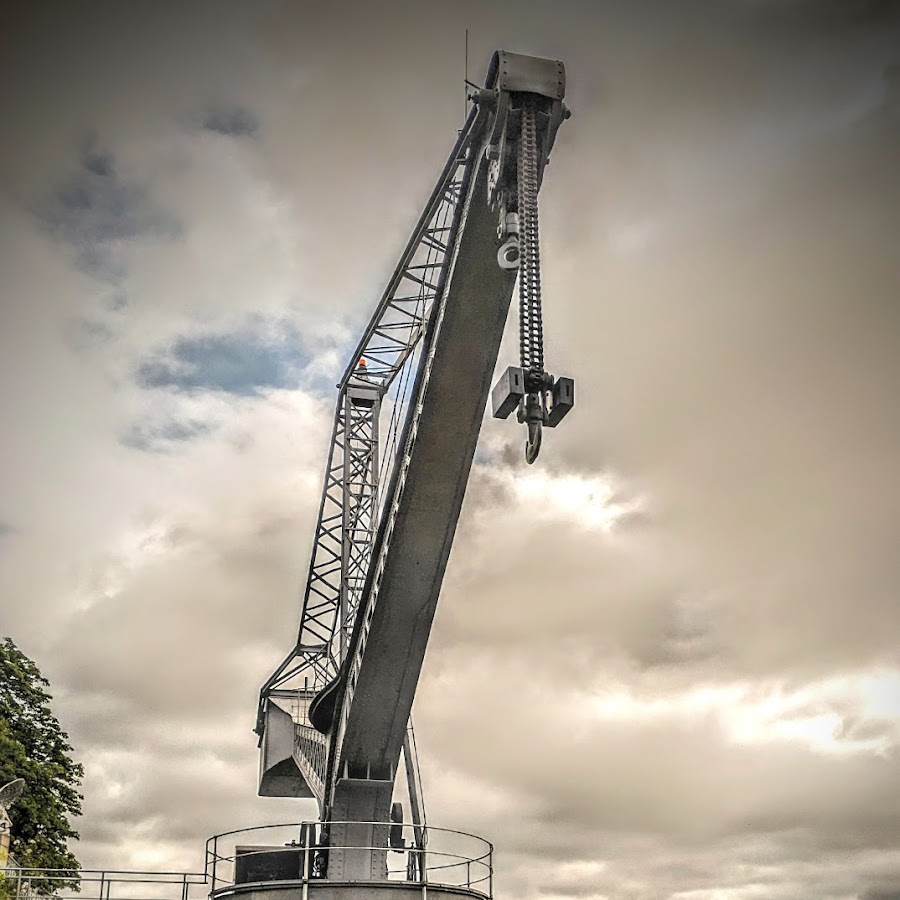
Aparthotel Mitte
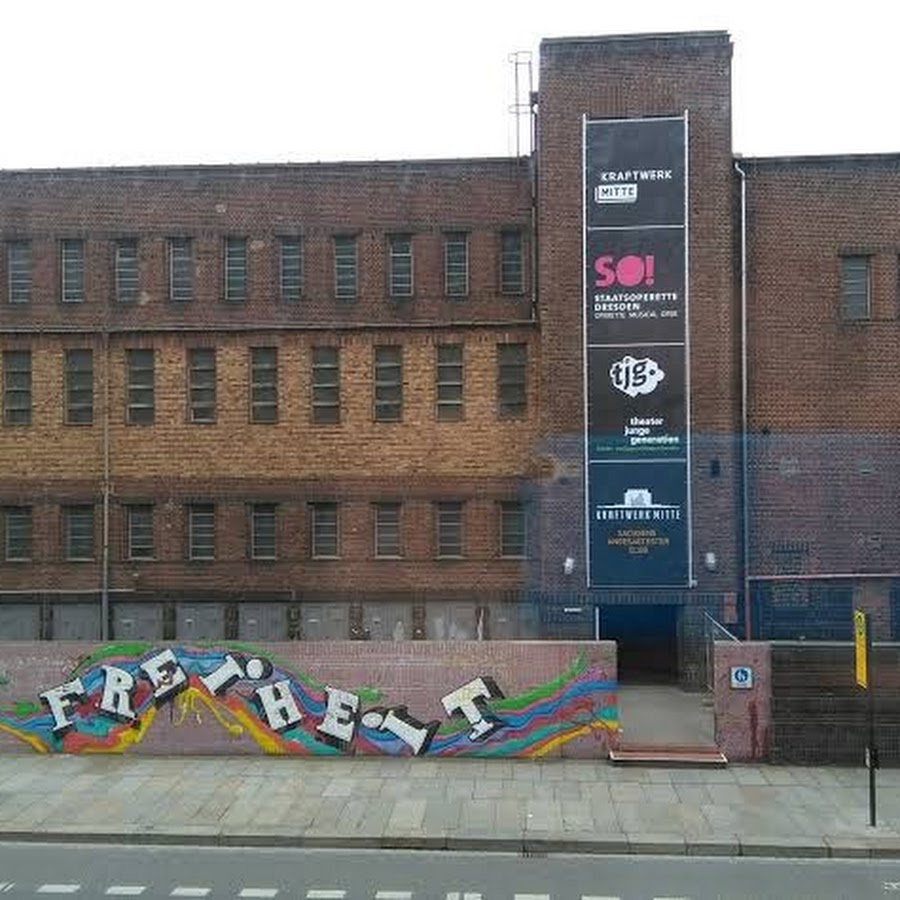
HHS Hotel Hostel Service d.o.o. & Co. KG
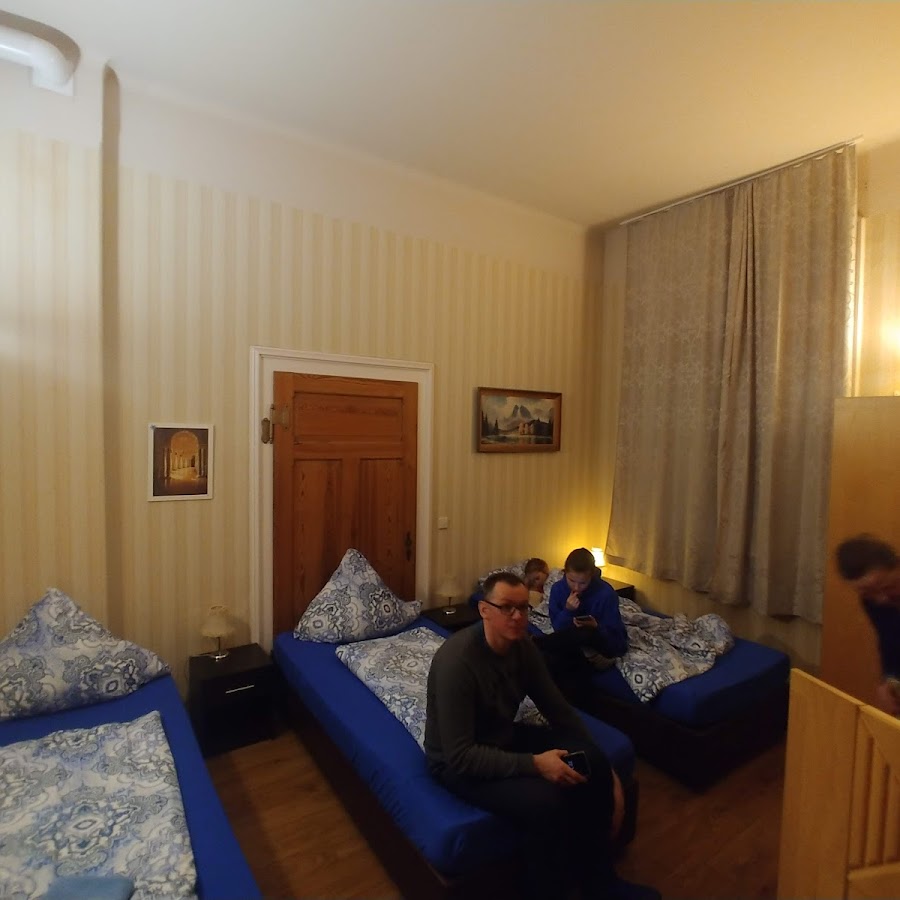
Leonardo Hotel Dresden Altstadt
Green Line Landhotel
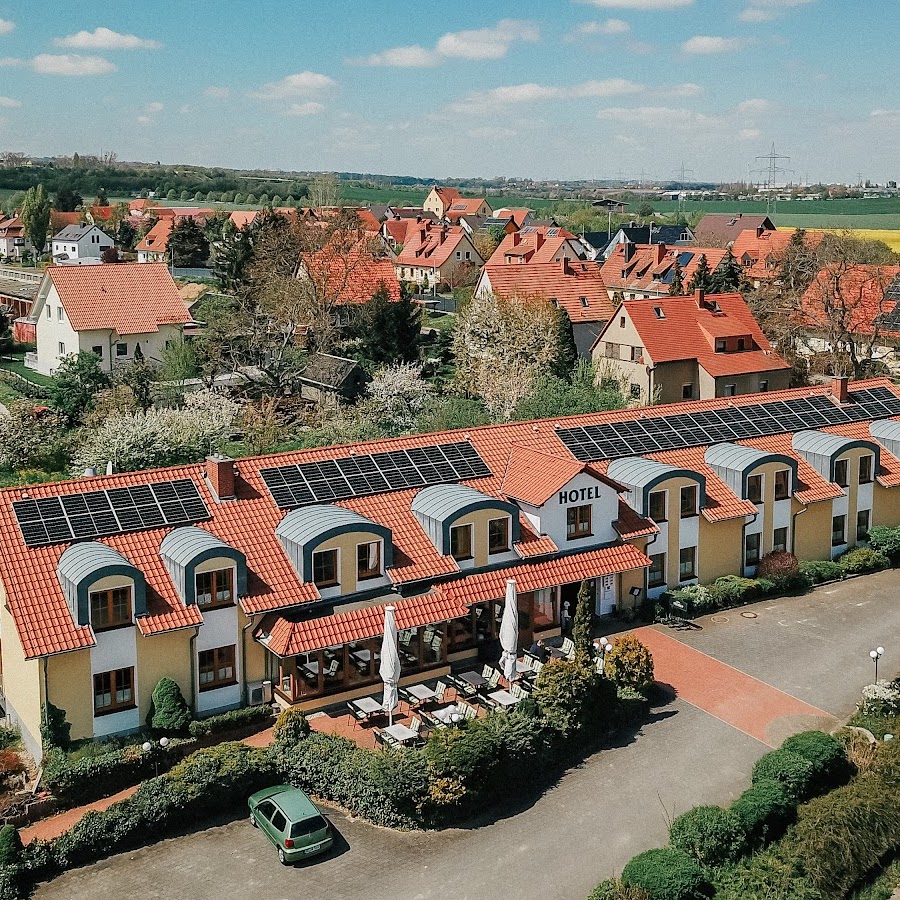
Elbe Pension
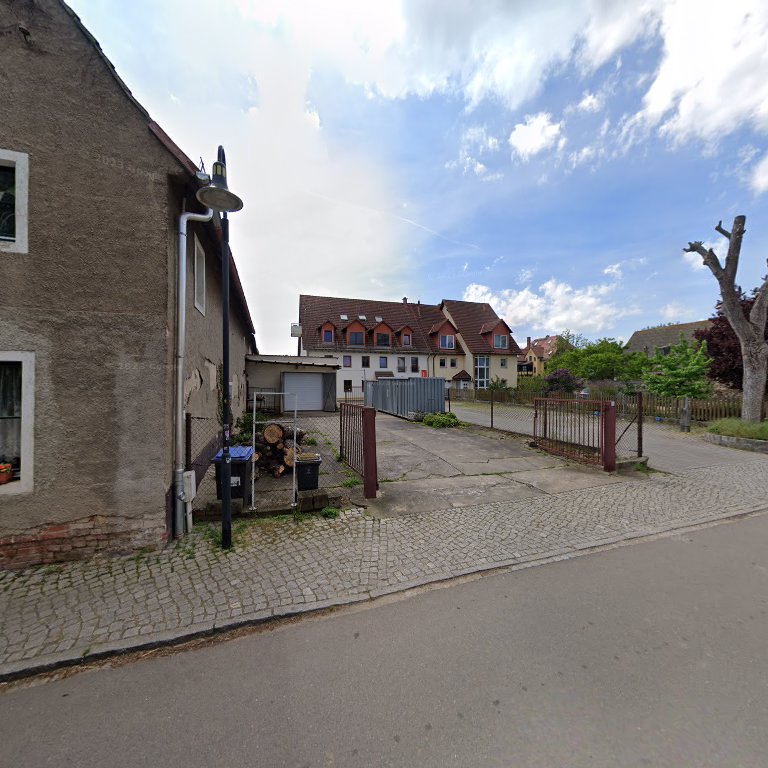
Lindenhof - Restaurant und Pension
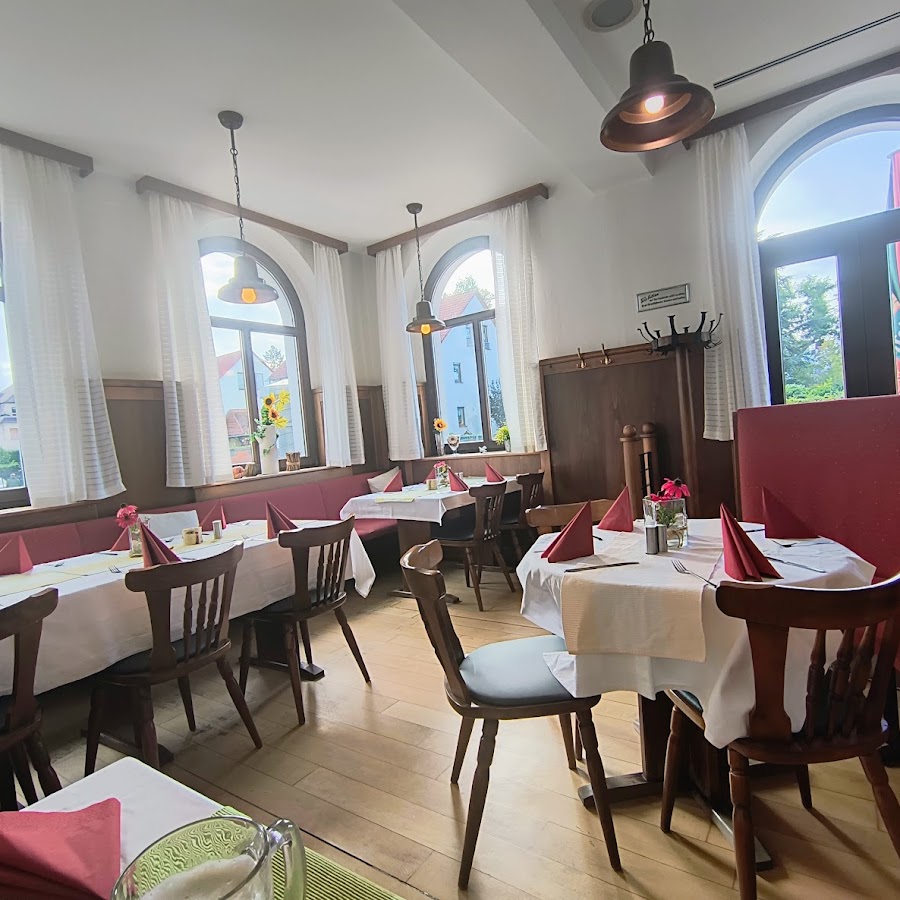
Villa Wollner
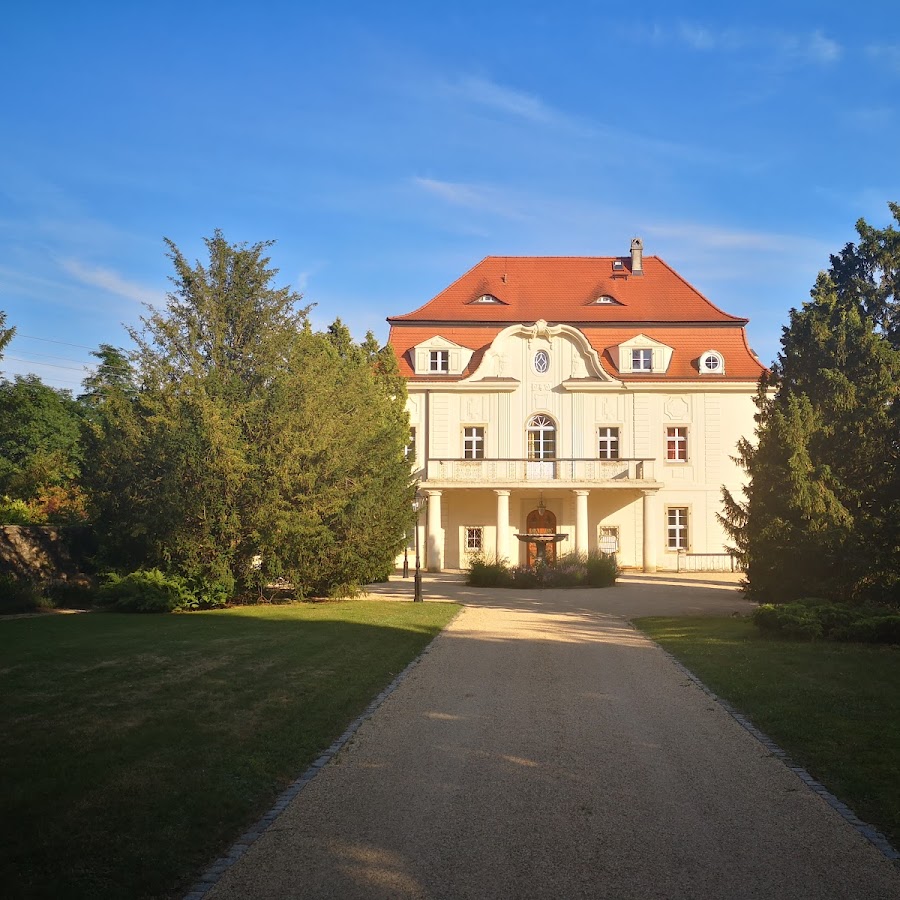
Hotel Pension Zu Dresden Altpieschen
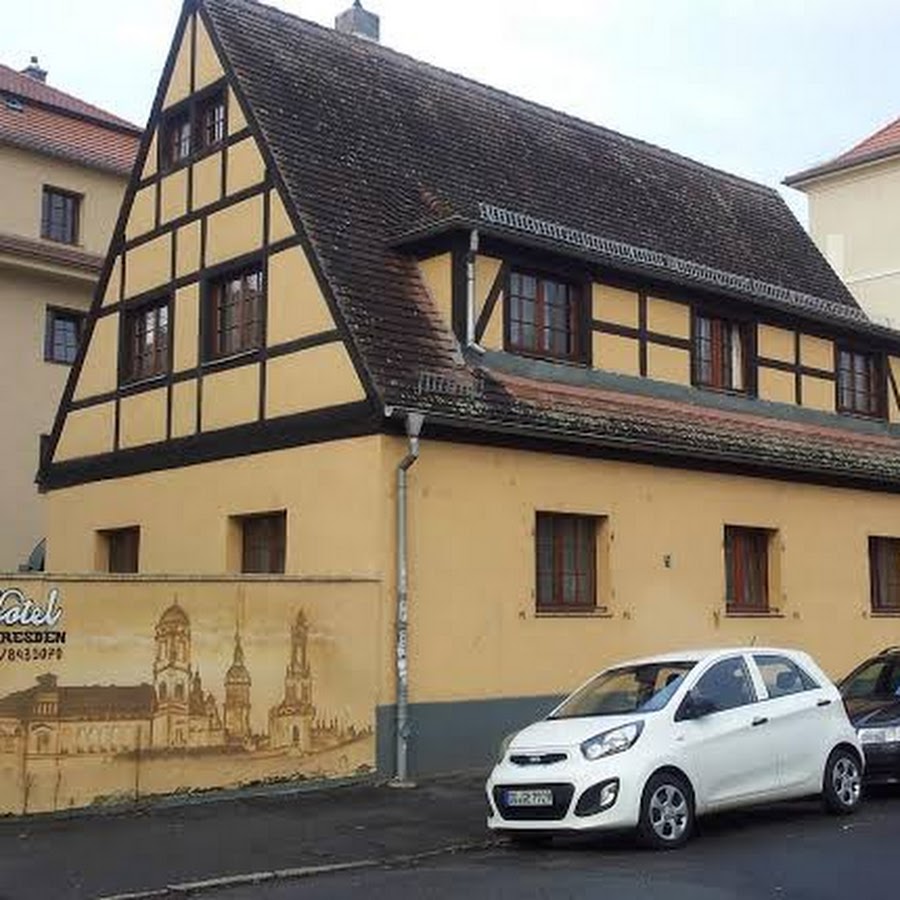
Amedia Hotel Dresden Elbpromenade

Amedia Plaza Dresden
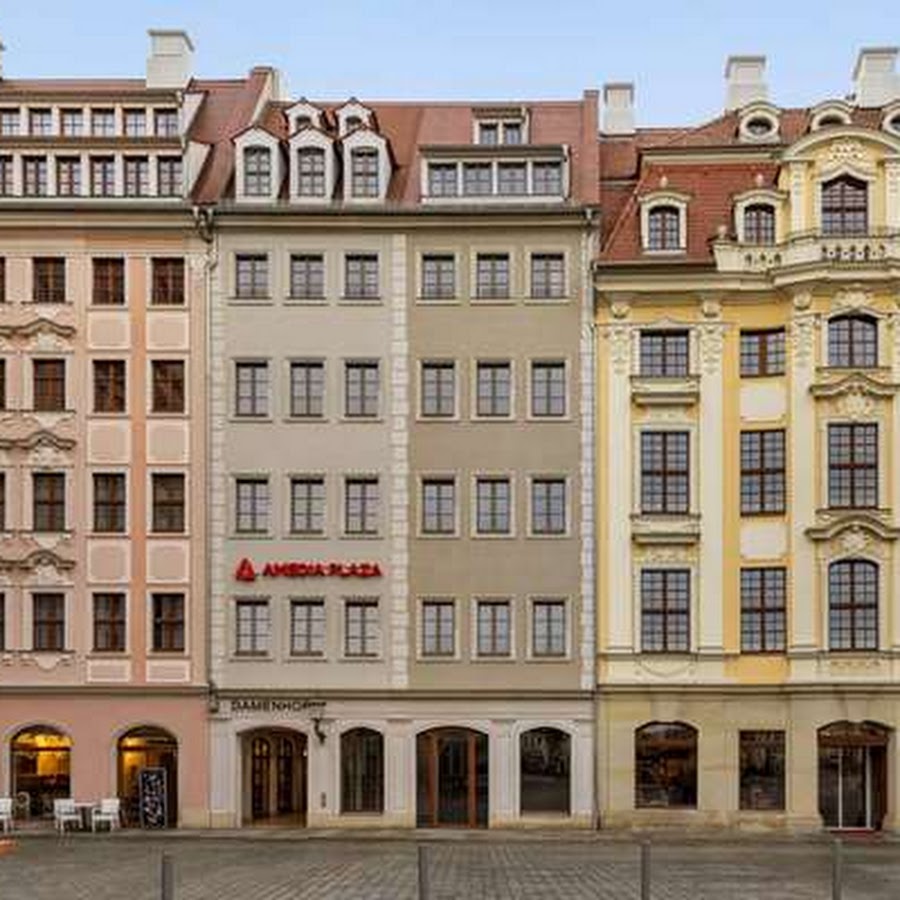
Best Western Macrander Hotel Dresden
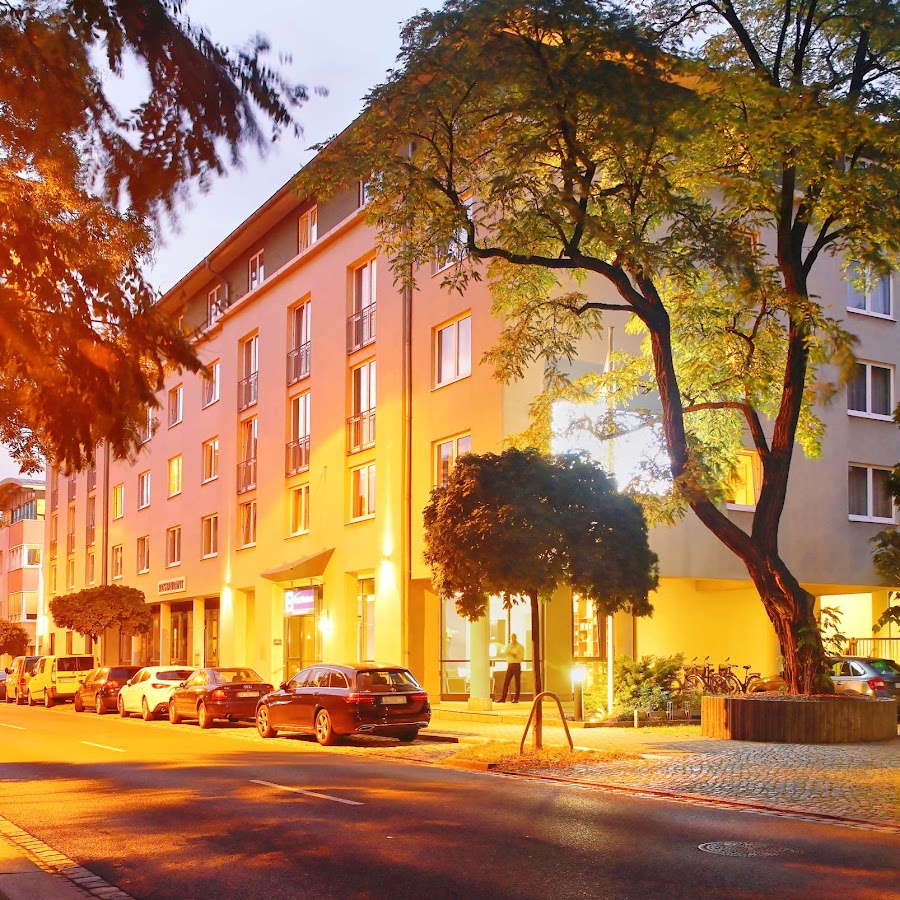
Best Western Plus Hotel Dresden City
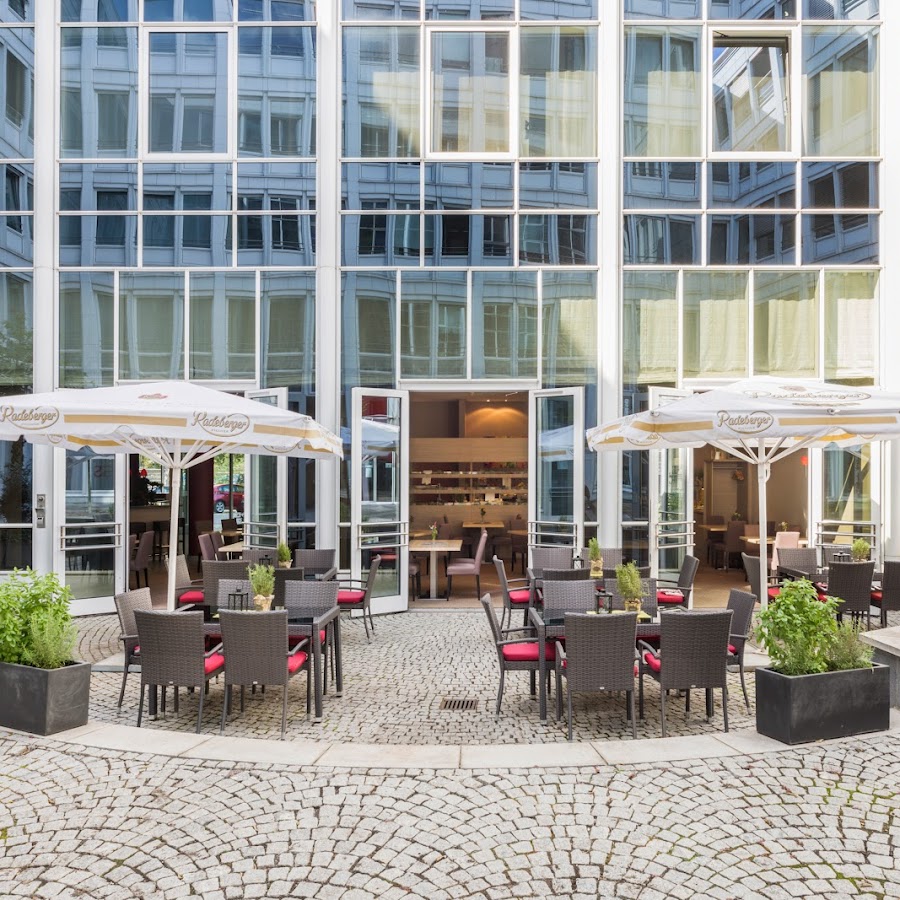
INNSiDE by Meliá Dresden
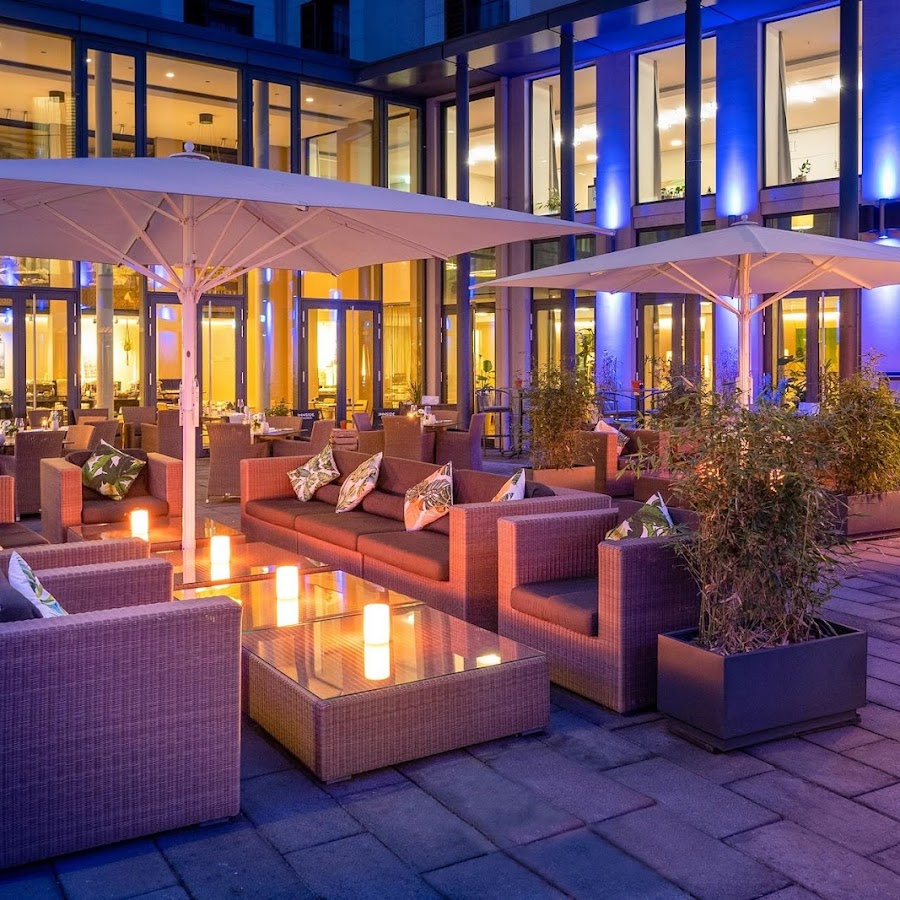
Steigenberger Hotel de Saxe
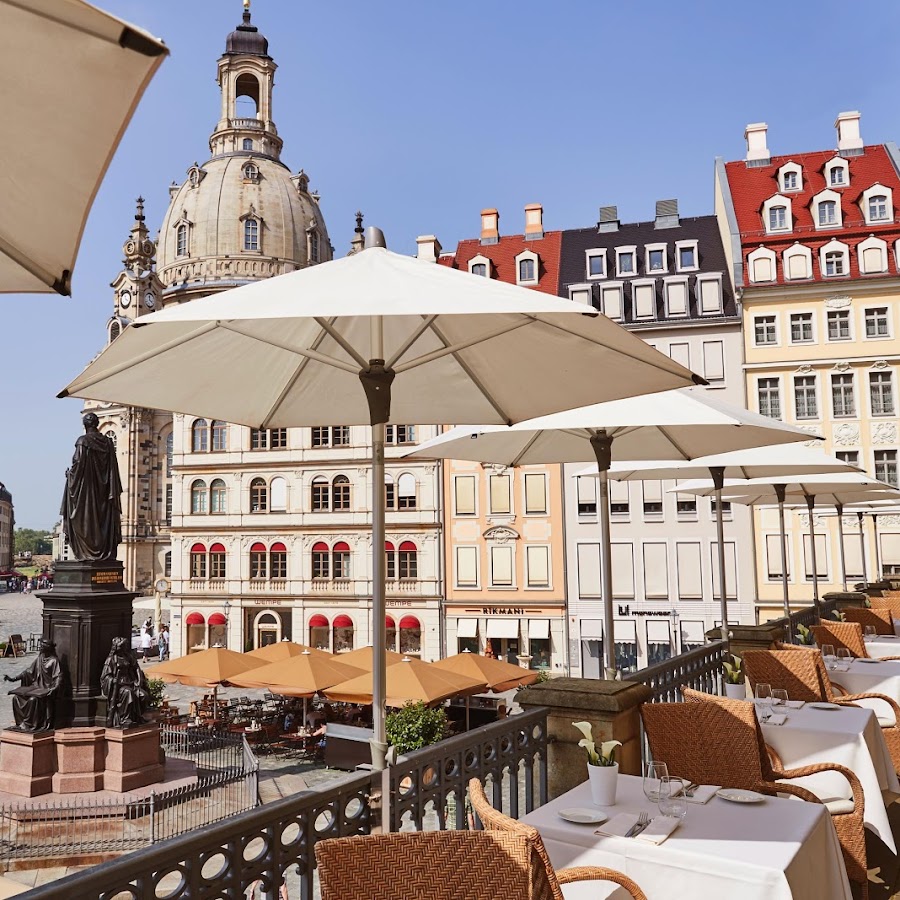
Pension in the green on the Elbe
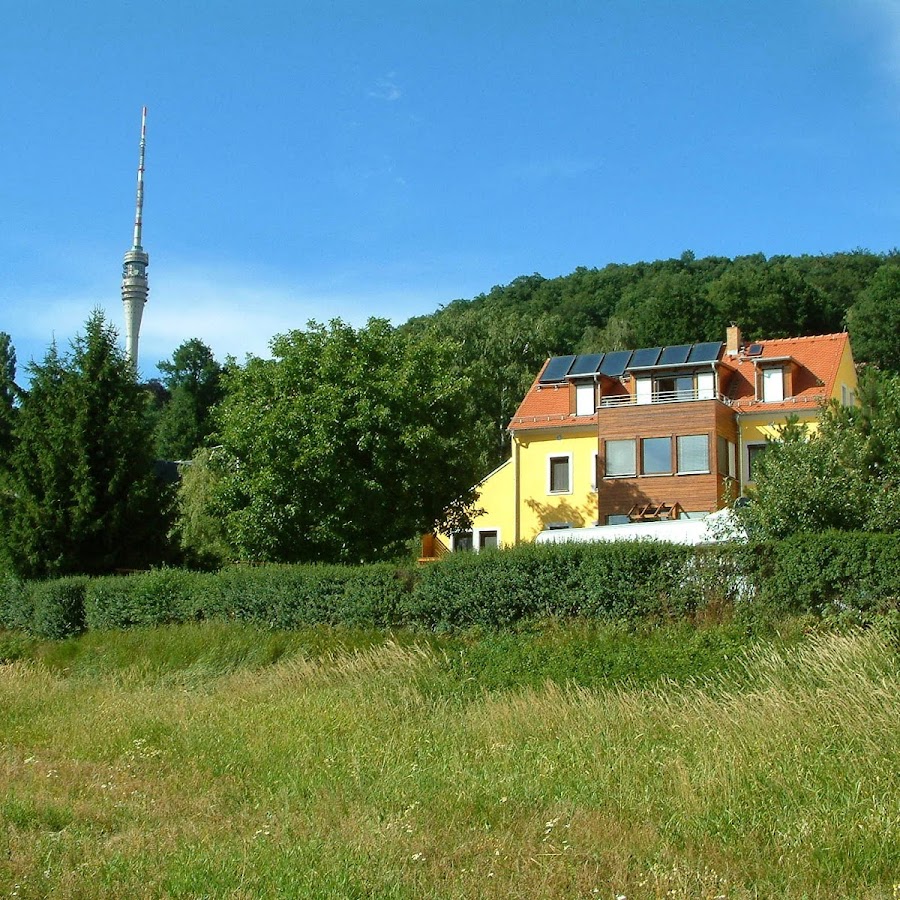
dresdner-tag Lisa
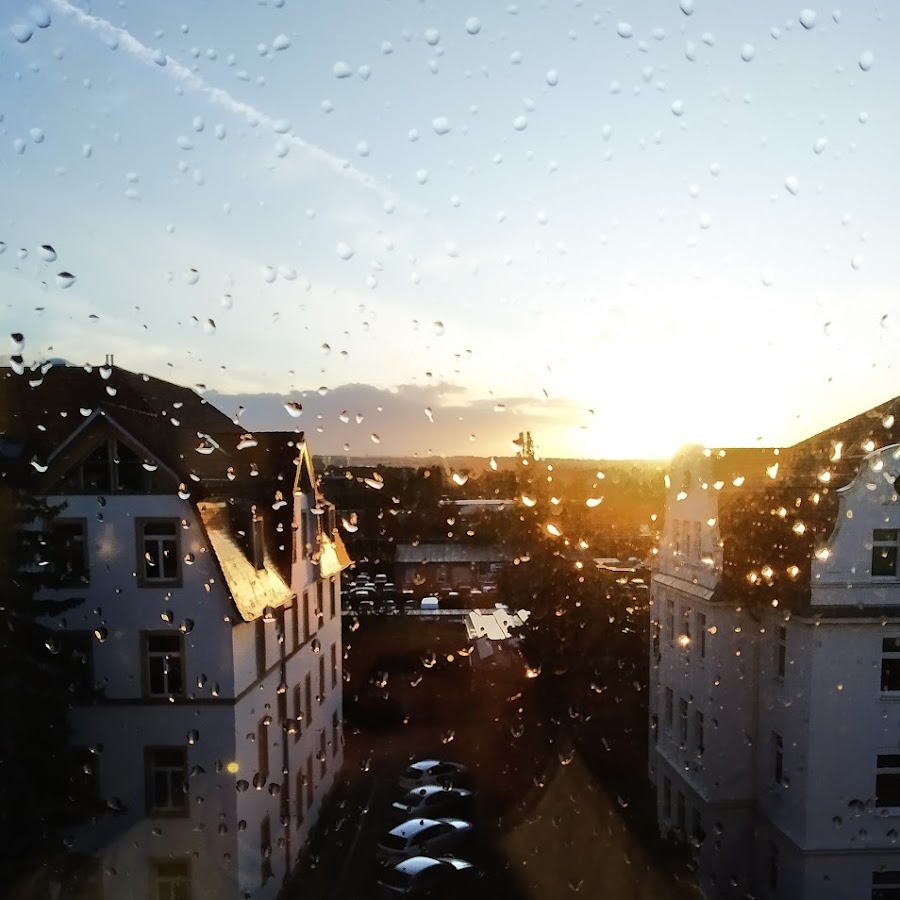
Schiffsherberge Pöppelmann
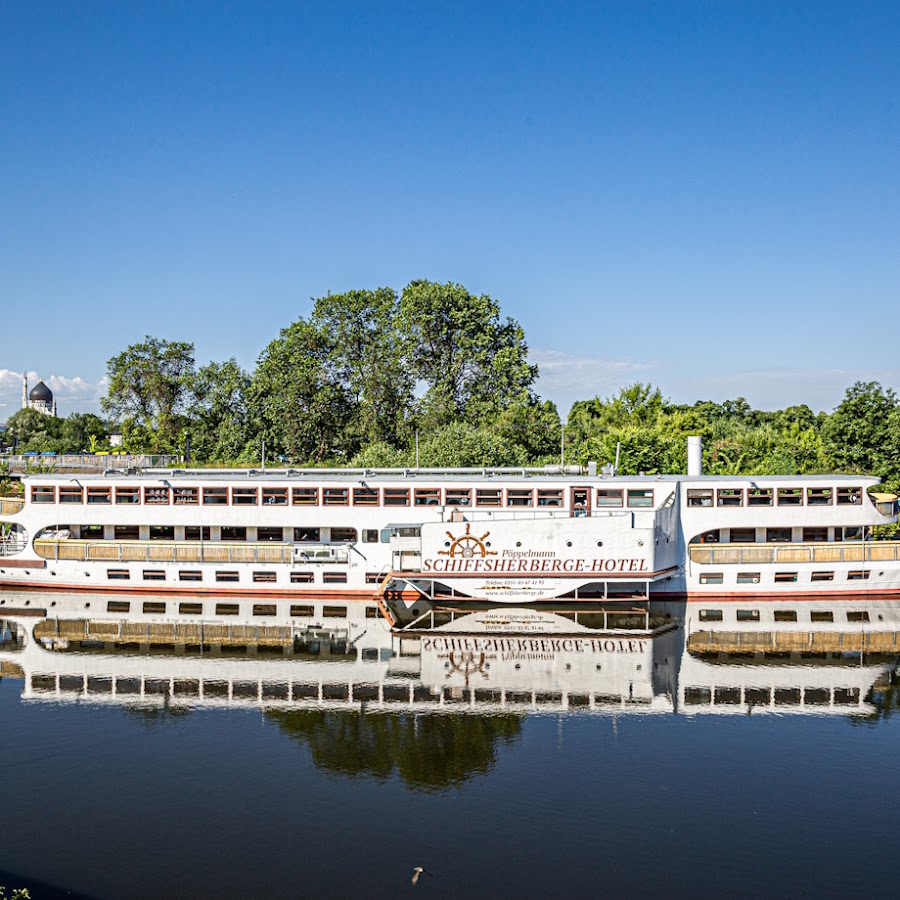
Bilderberg Bellevue Hotel Dresden

Pension Reinicke
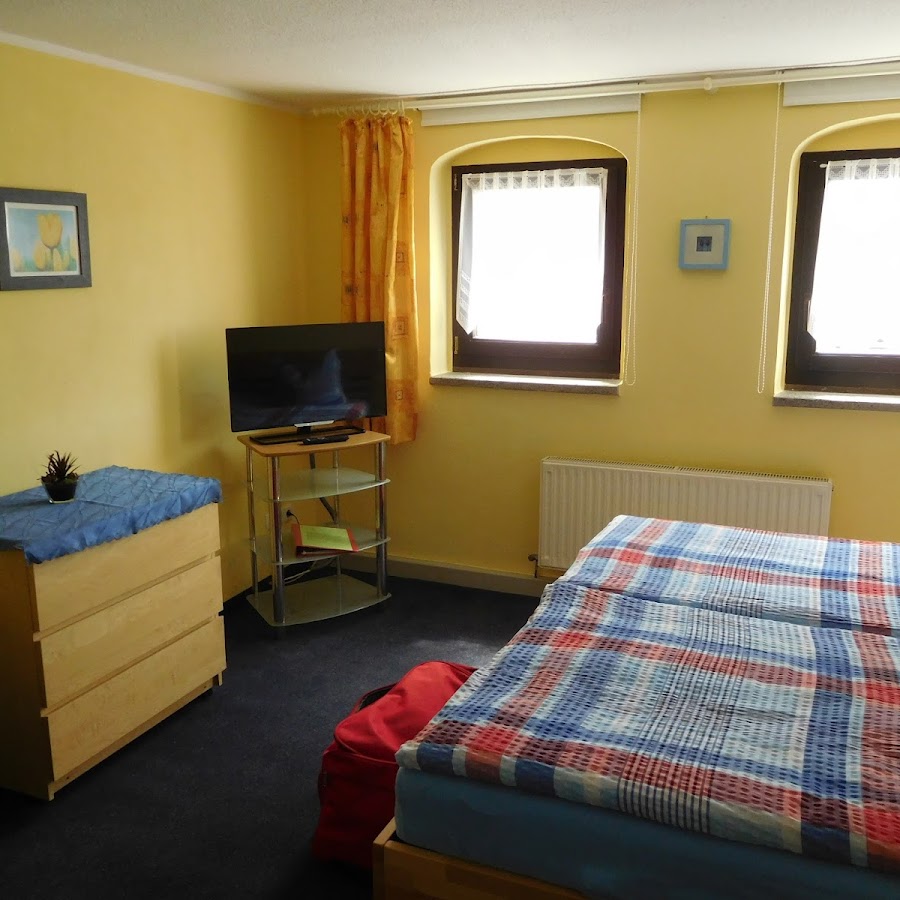
Hotel Bayerischer Hof Dresden
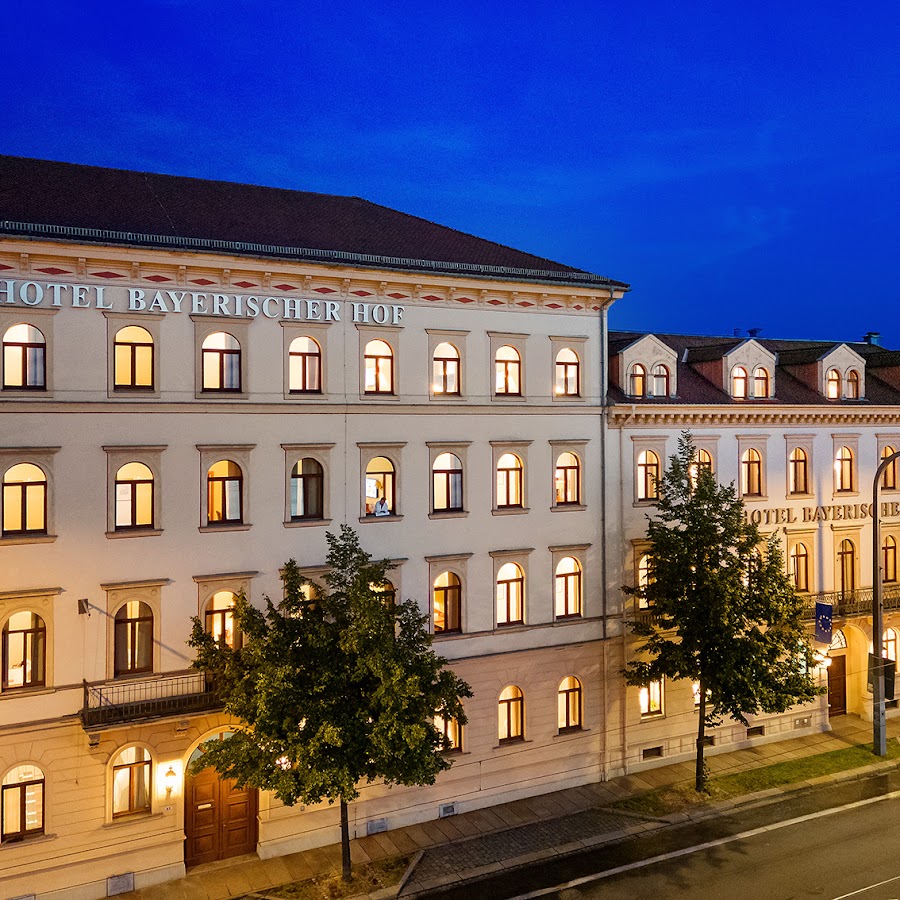
Pension Brunnen
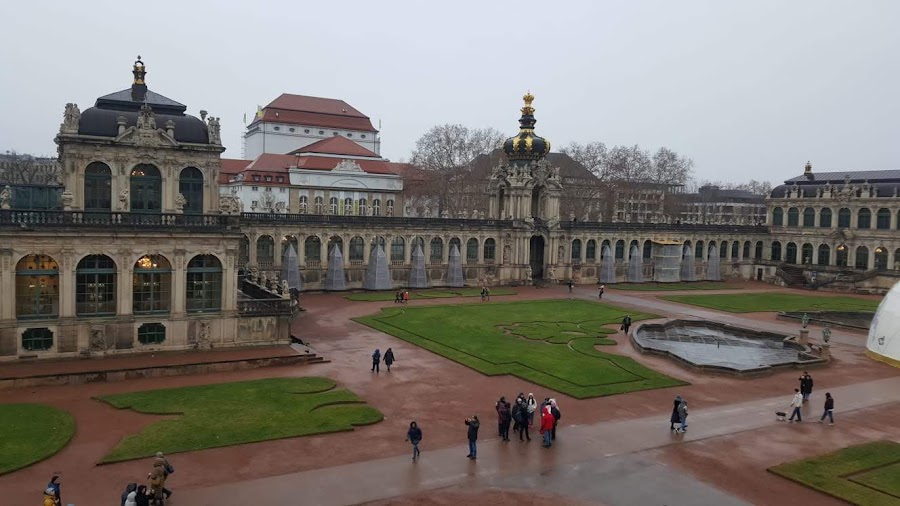
Pension Familie Füg
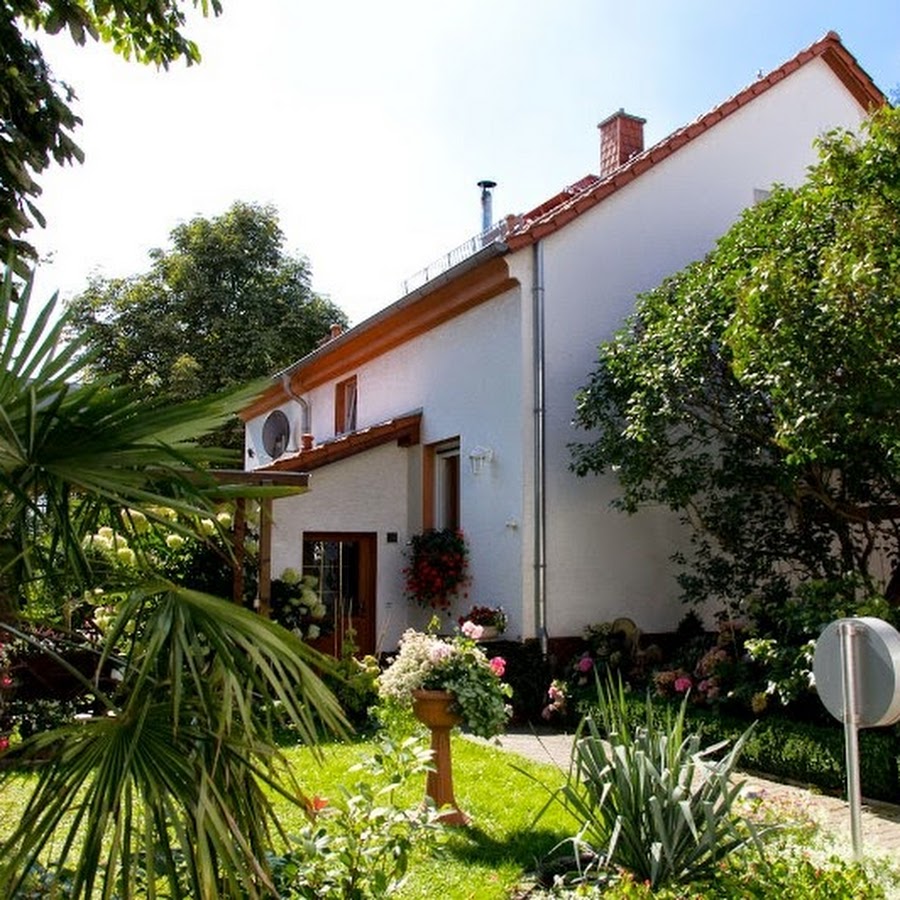
Hotel Martha Dresden GmbH
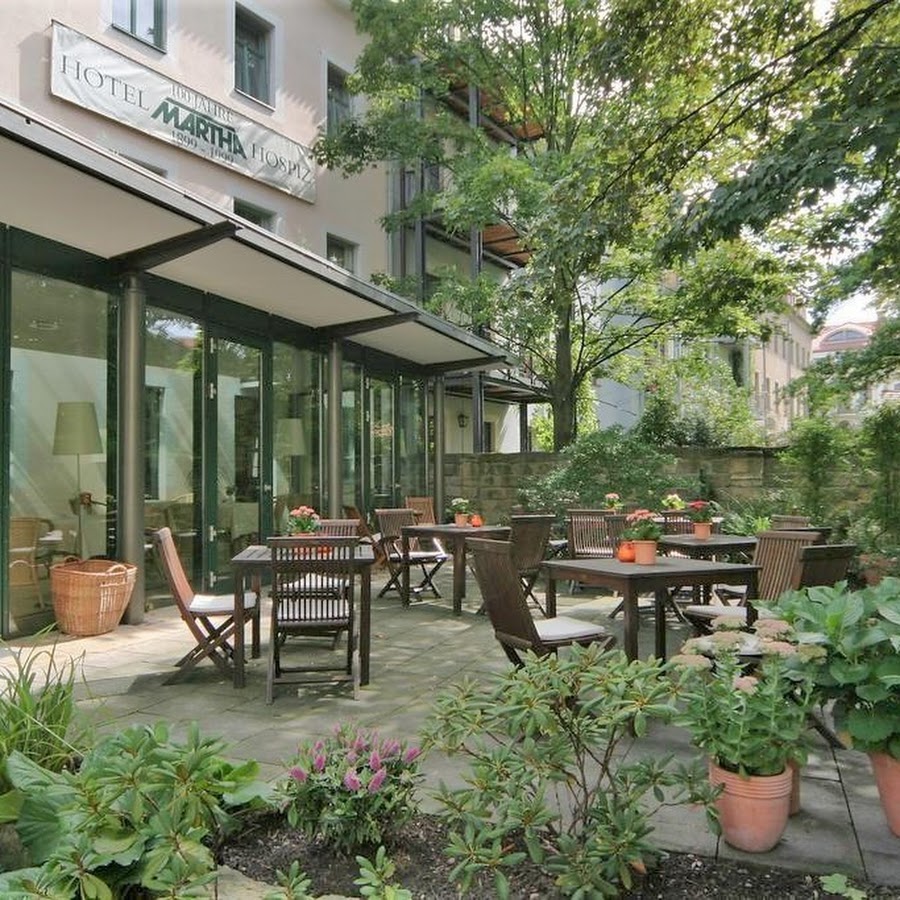
Apartmenthaus Stadt Metz
Pension Dresden Cotta
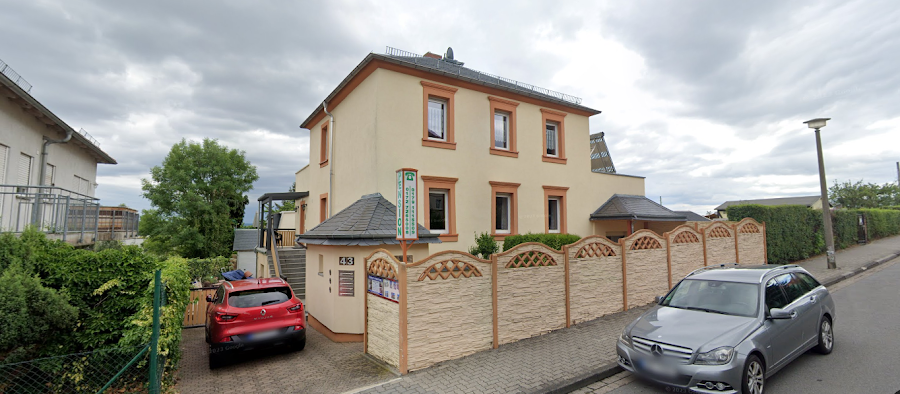
Familie Nesz
Staycity Aparthotels Dresden City Centre
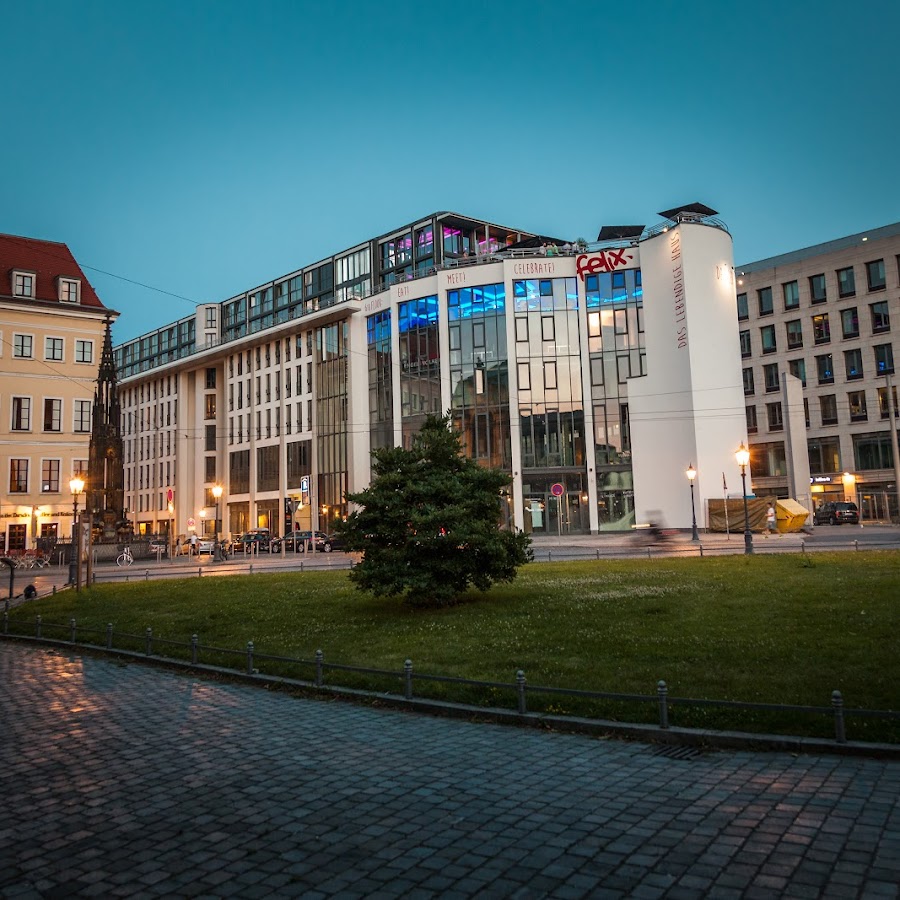
Pension Altbriesnitz
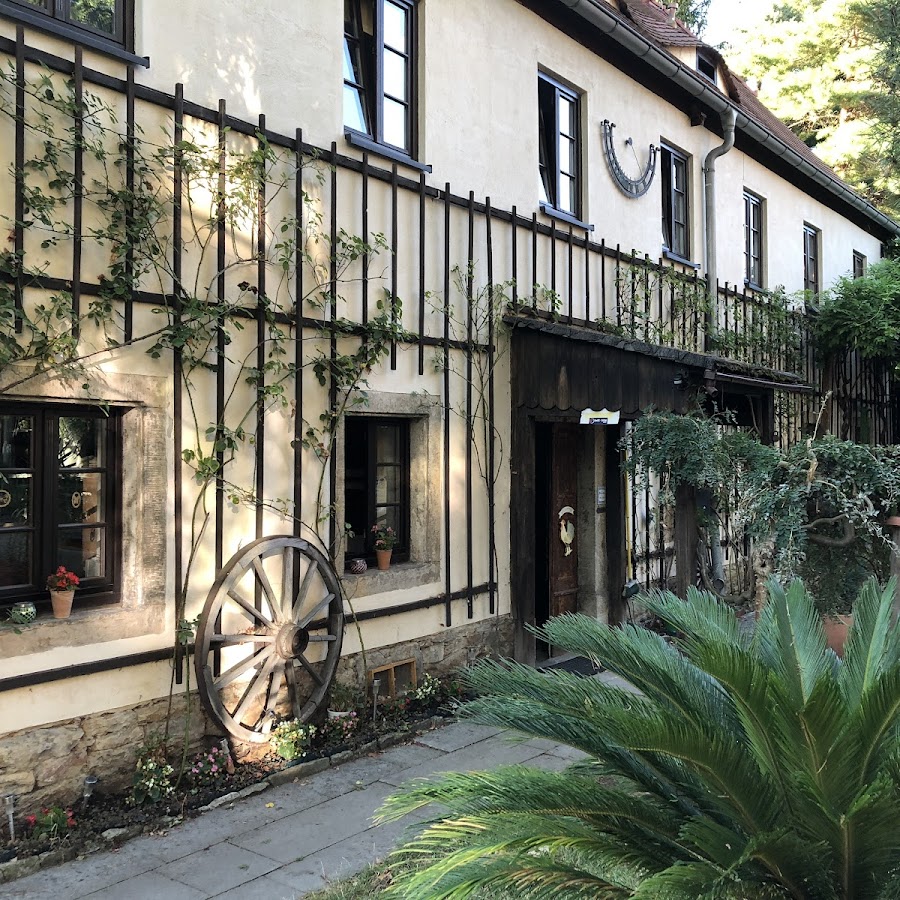
Gastezimmer Richter
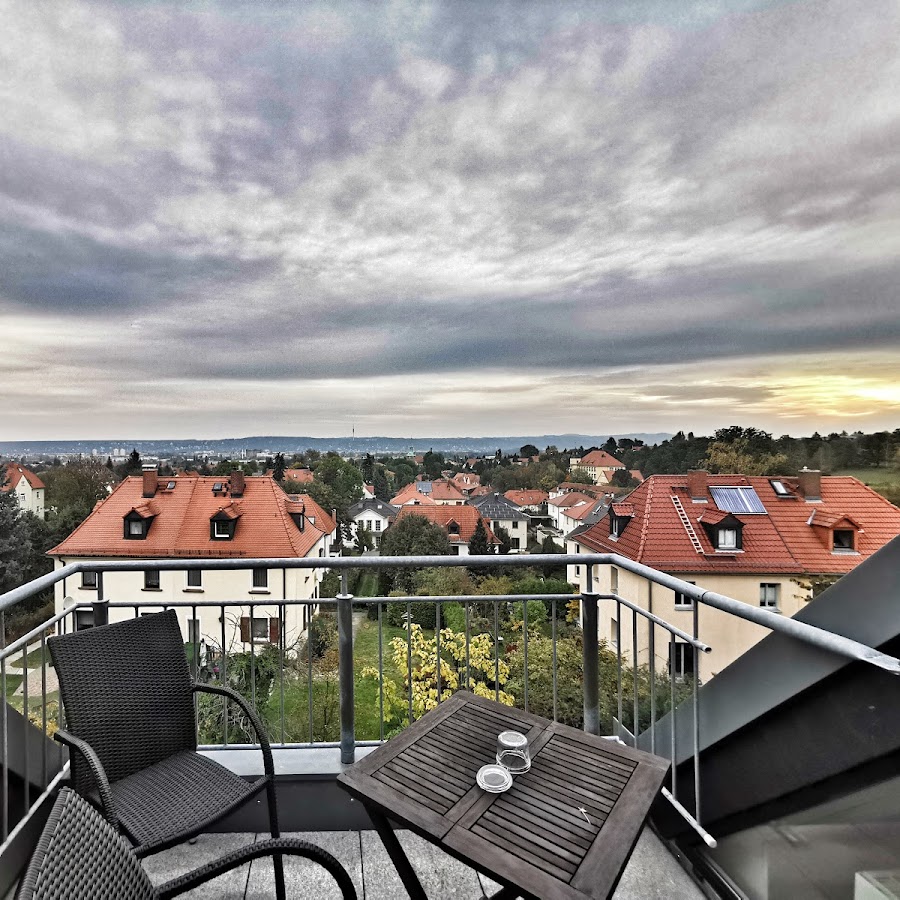
Leubnitz
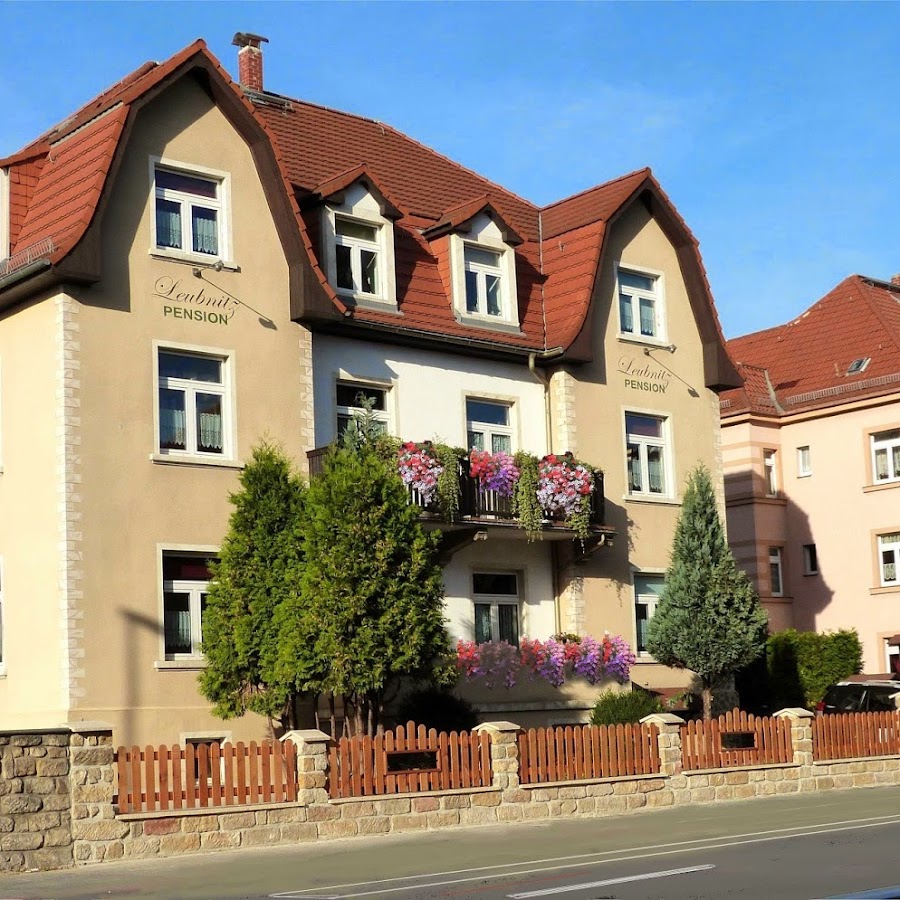
Aparthotel am Zwinger
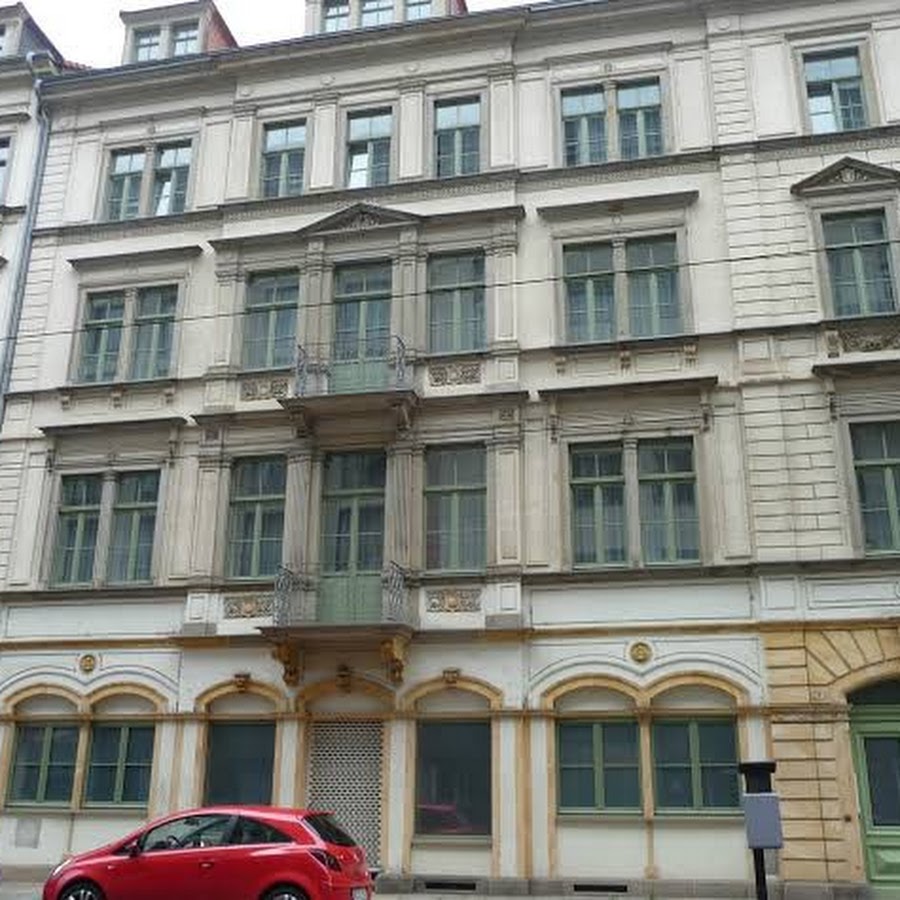
Limehome Dresden Hoyerswerdaer Straße
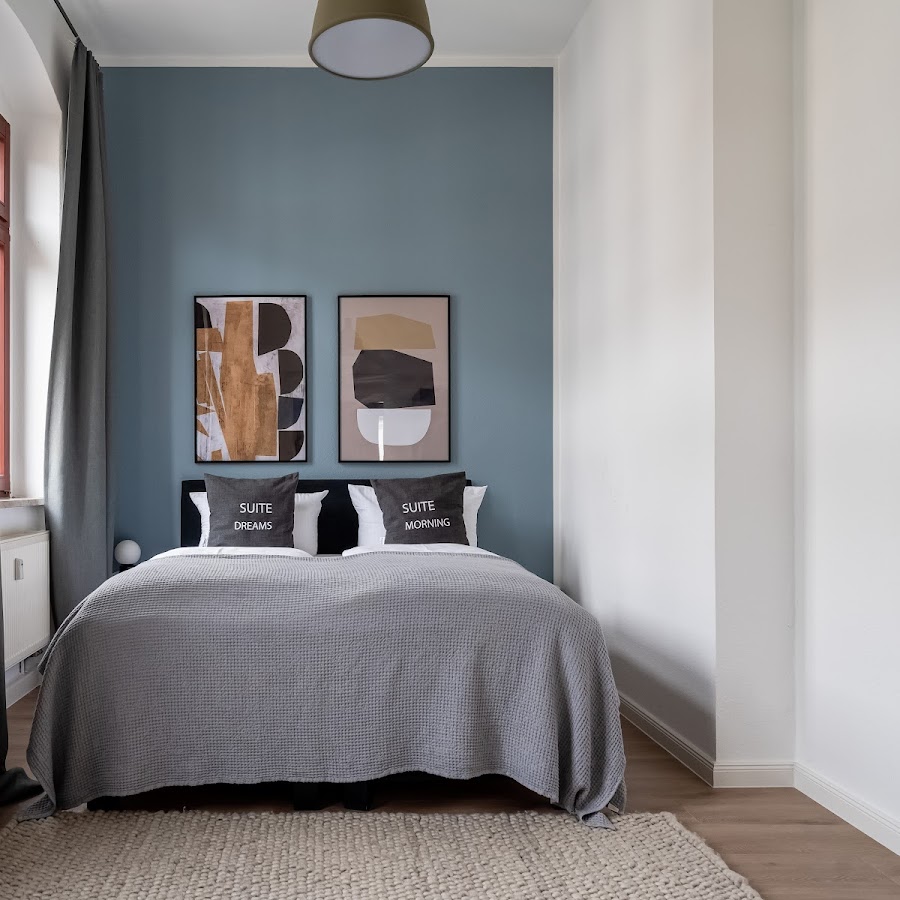
Townhouse Dresden a Vagabond Club
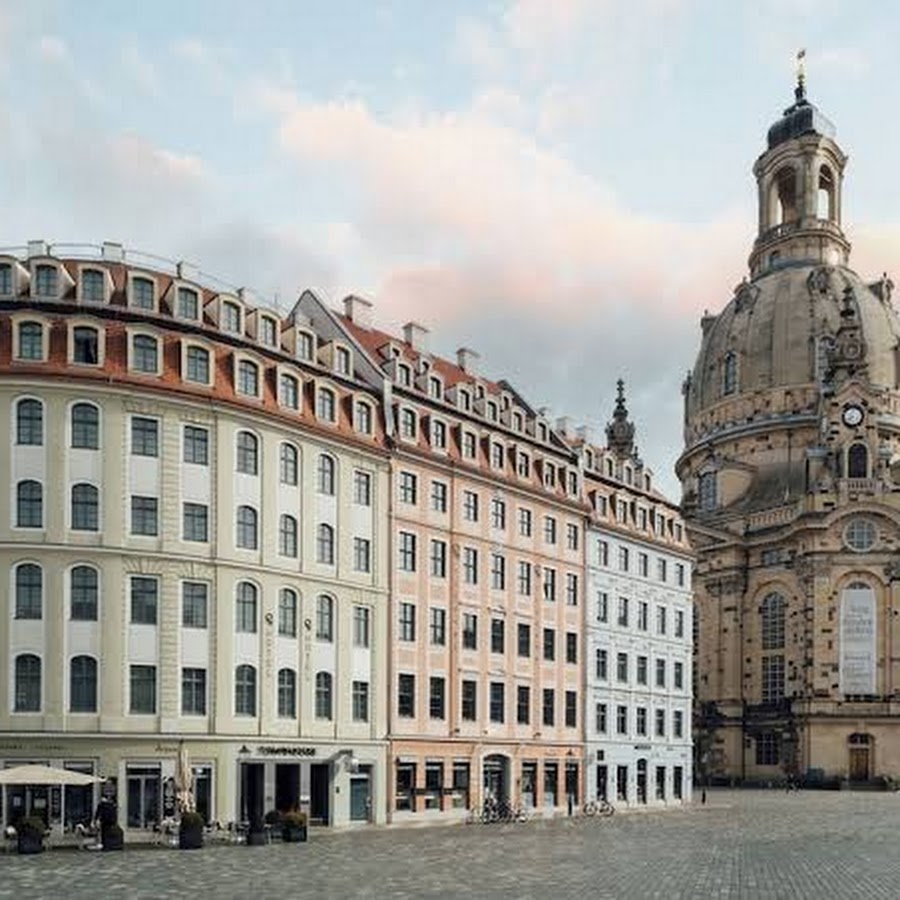
Hotel NH Dresden Neustadt
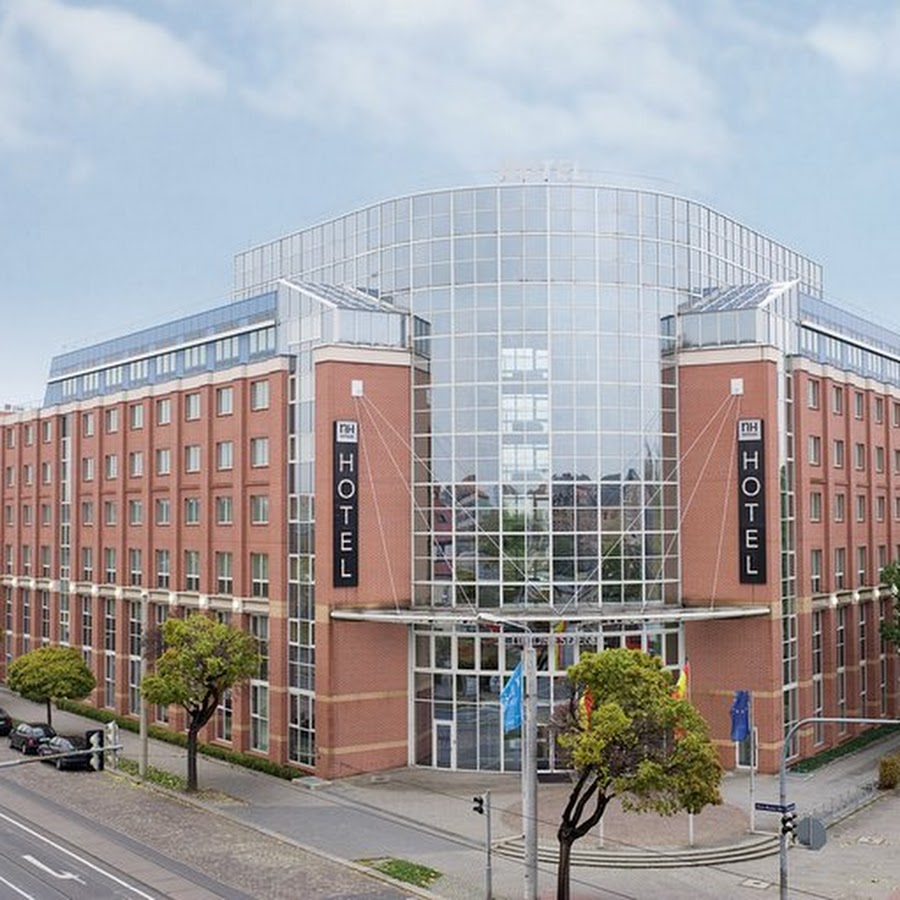
Ramada by Wyndham Dresden
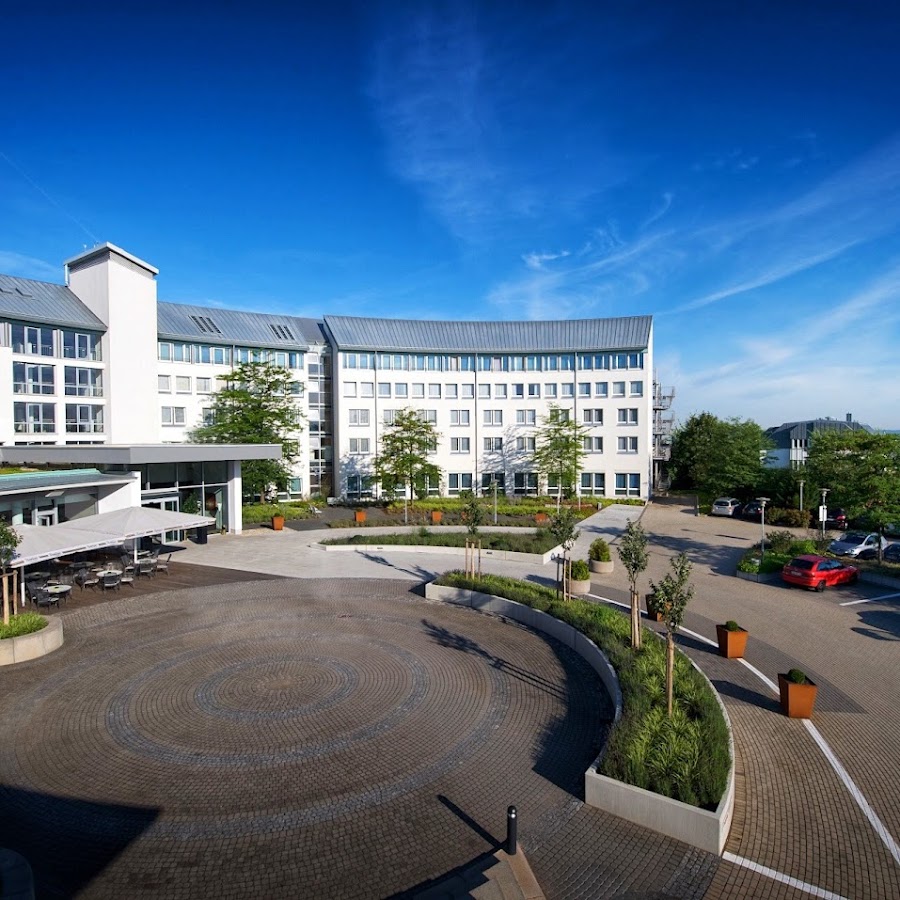
Prize by Radisson, Dresden Mitte
Super 8 by Wyndham Dresden
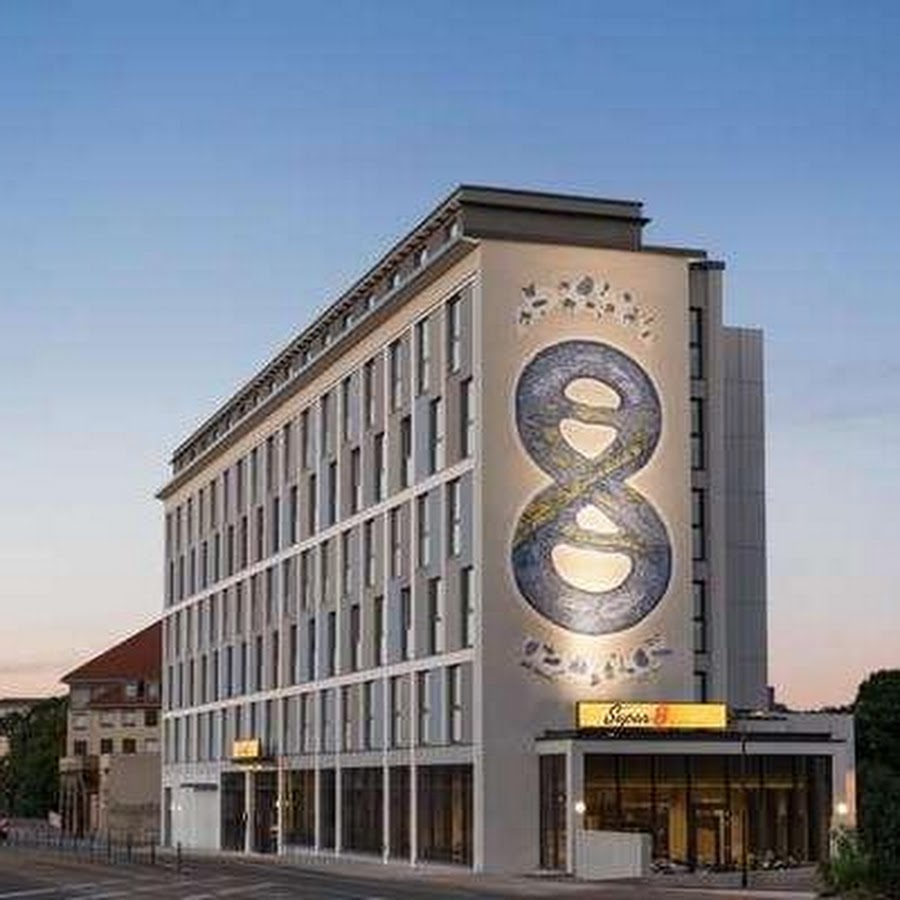
Hotel Motel One Dresden-Palaisplatz
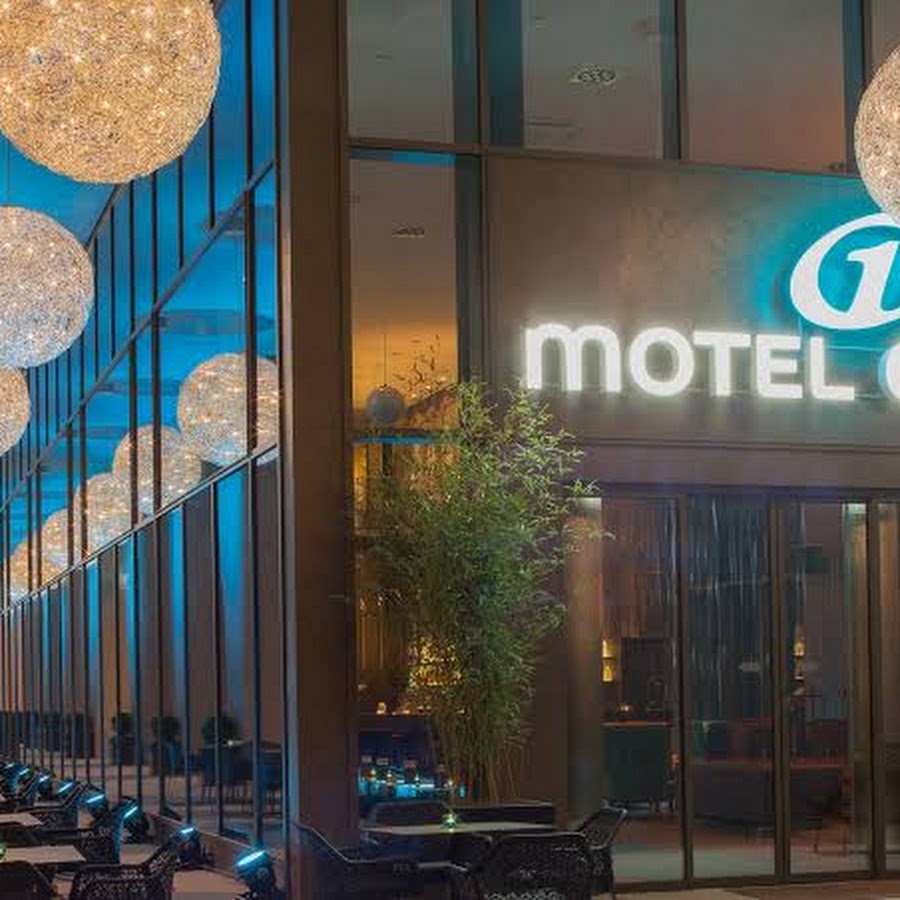
Pension Am Weinberg
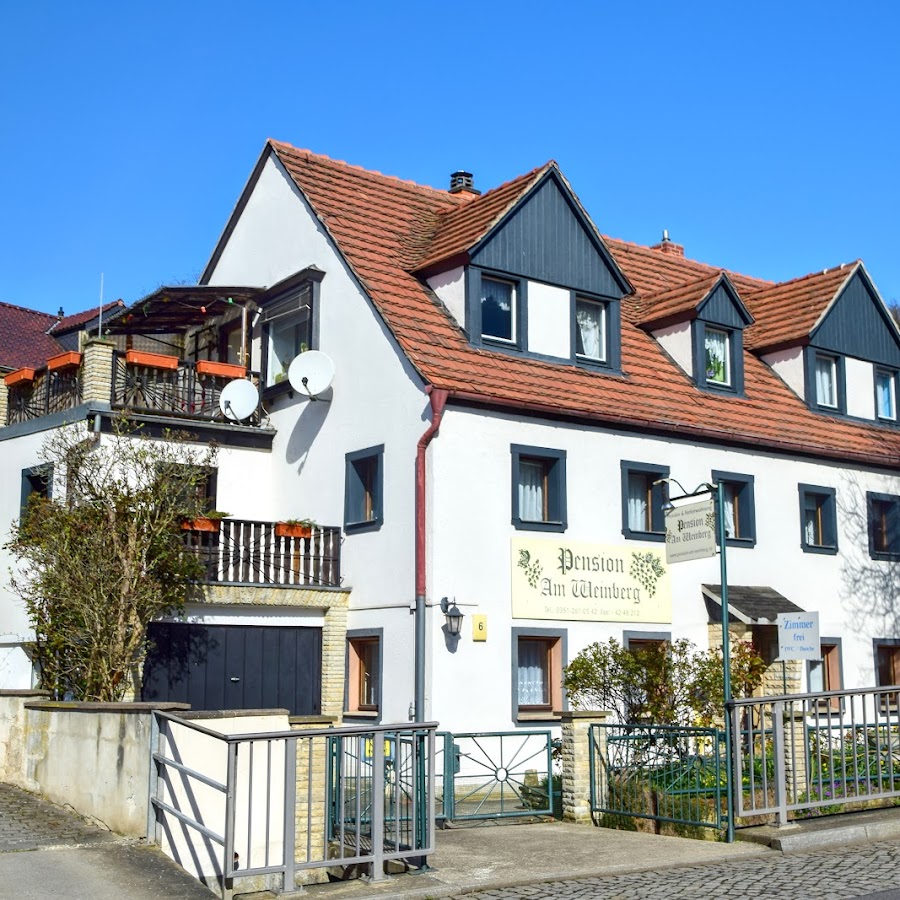
Hotel Friedrichstadt
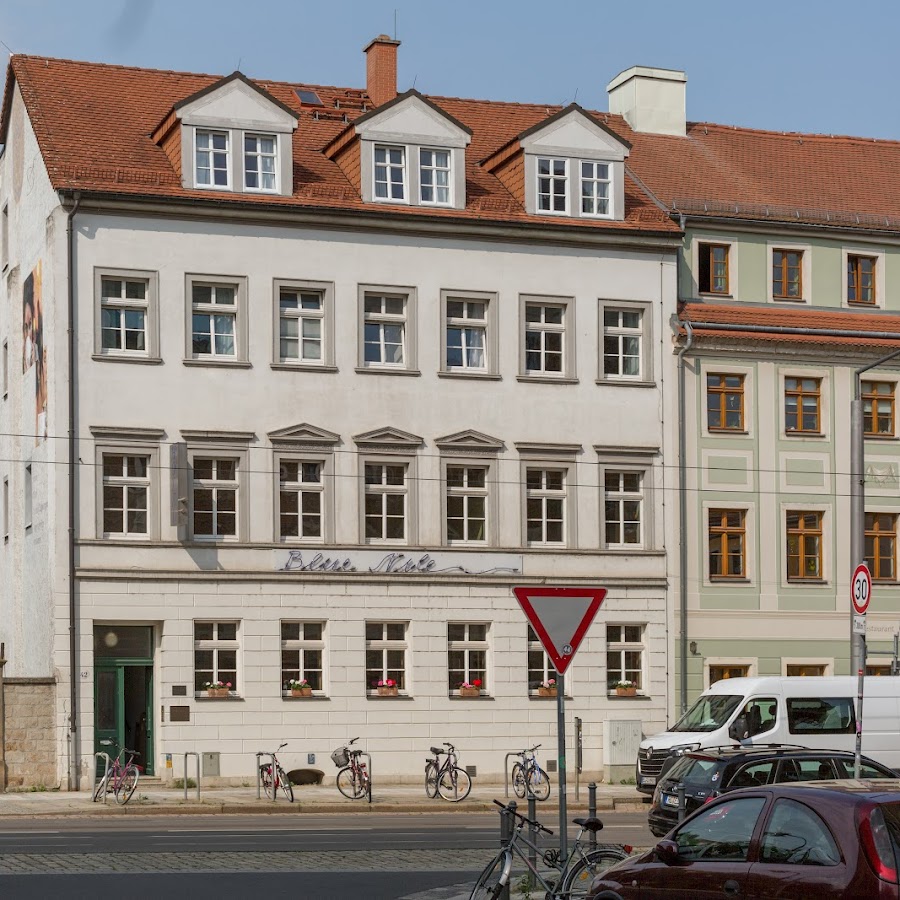
Pension Dresdener Berge, Dresden
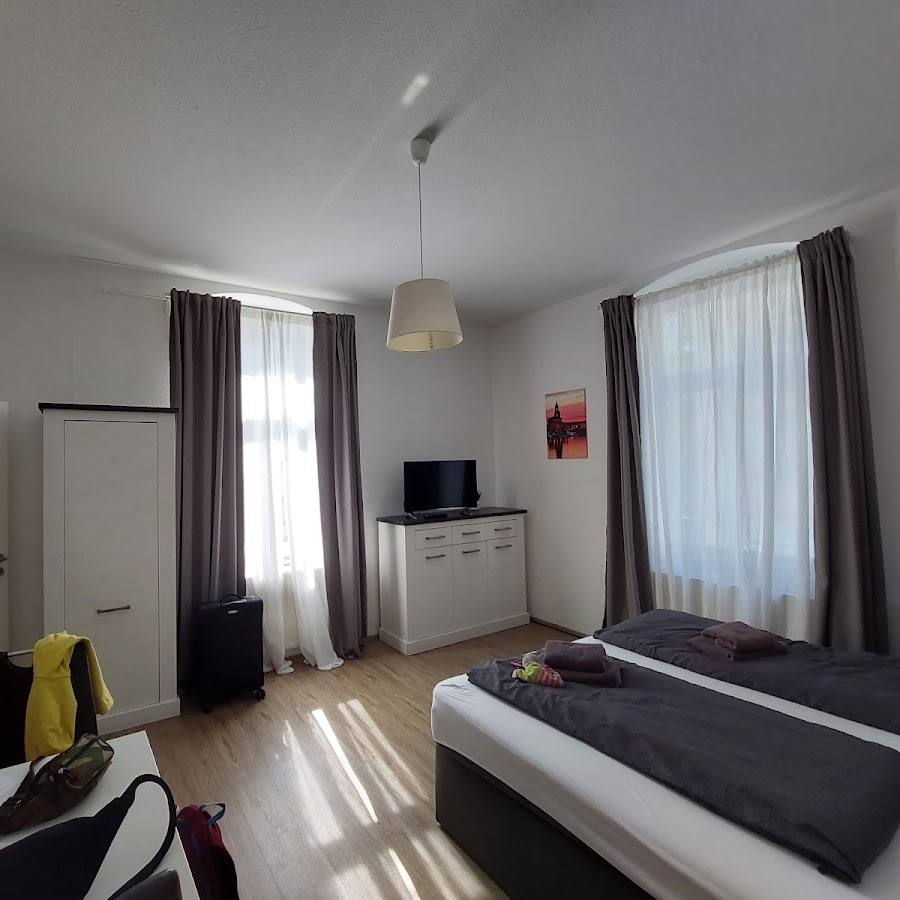
Sonnenhof Radebeul Altkötzschenbroda
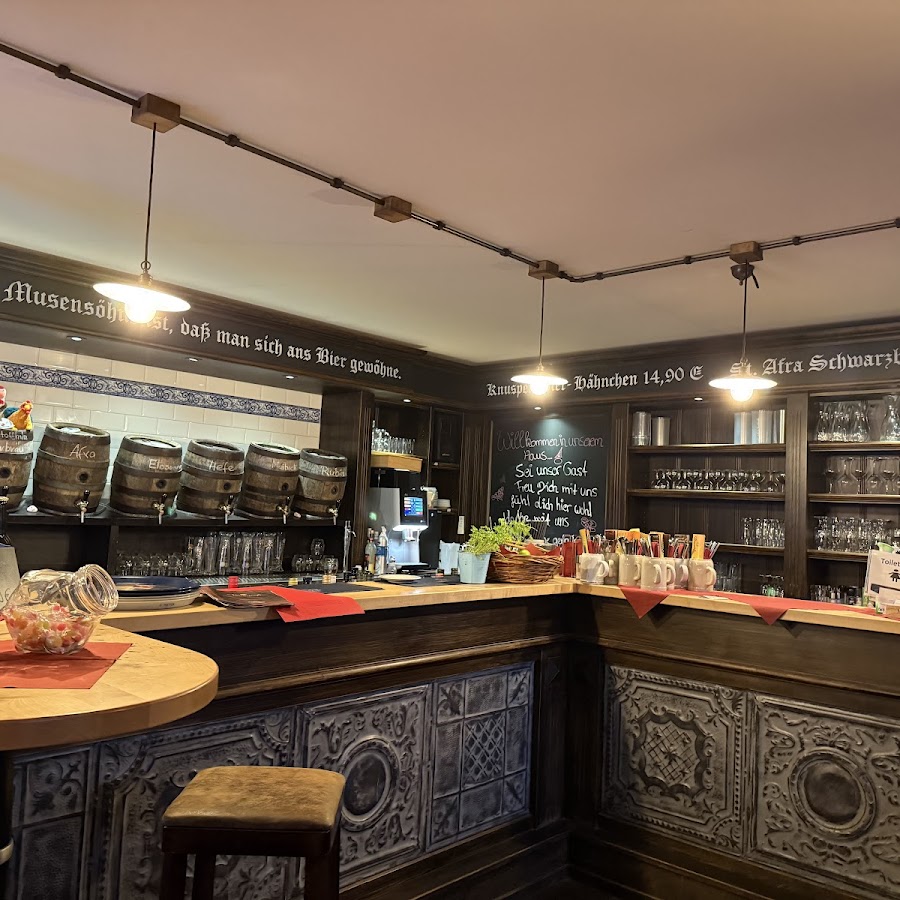
SPA Resort Landlust in Dresden, das Dorfhotel
Boutique Hotel am Schillerplatz
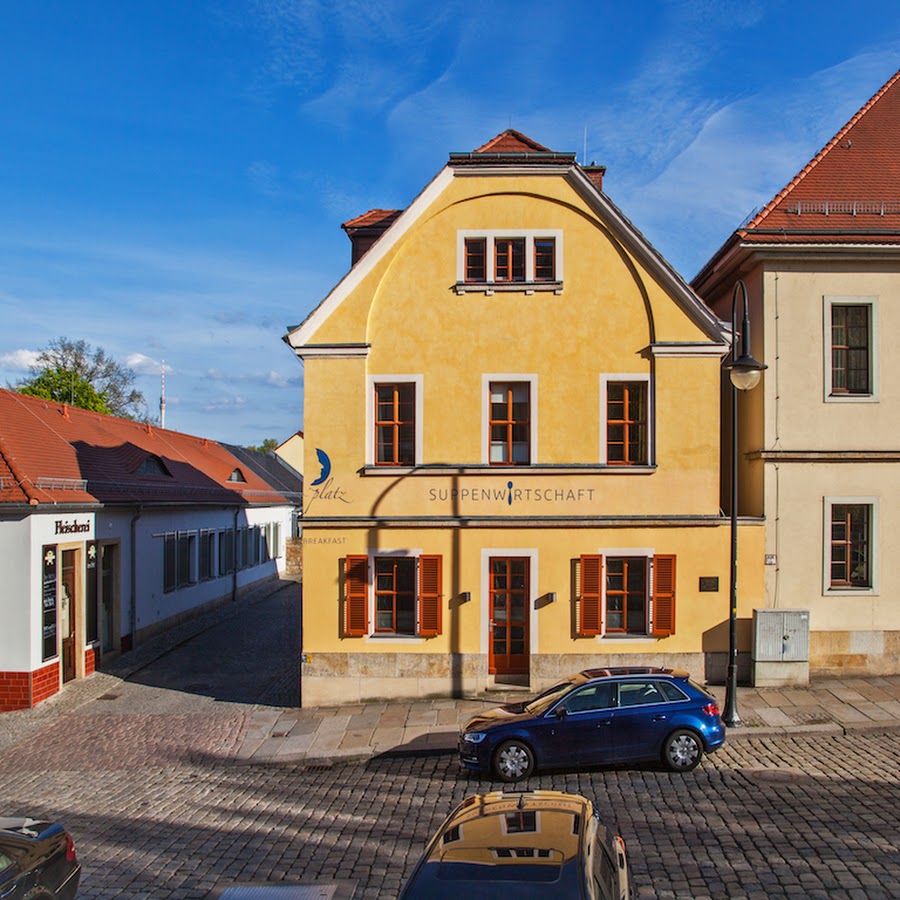
Pension An den Teichen
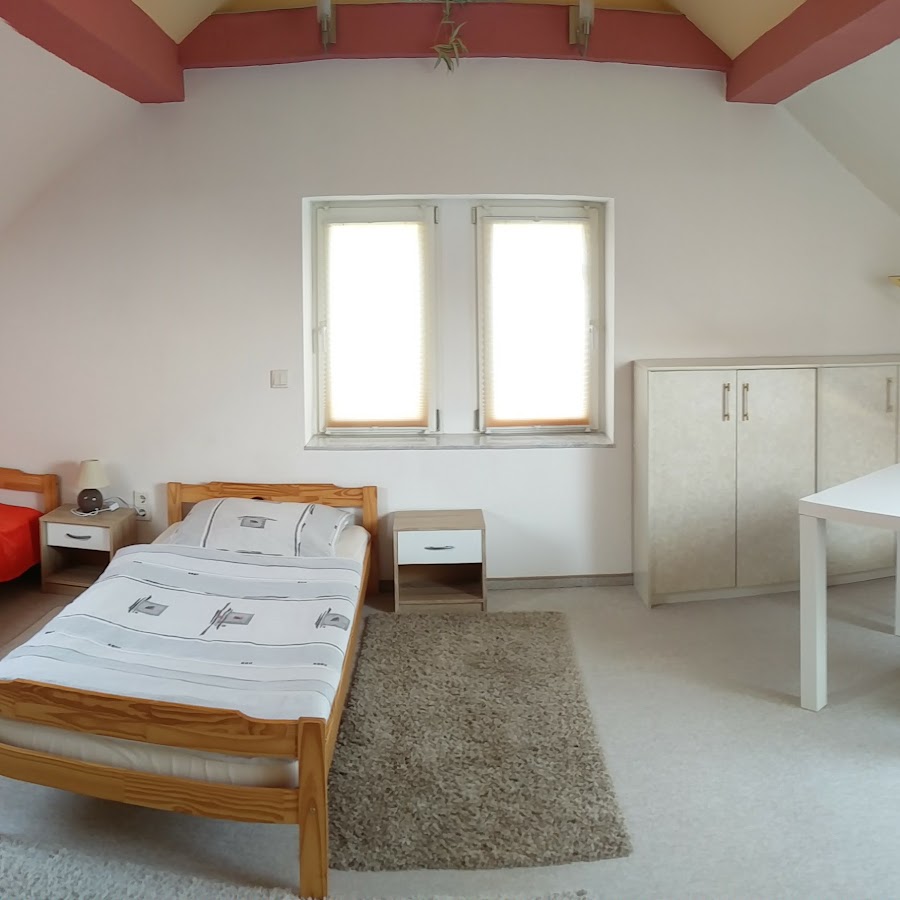
Pension Hellerau
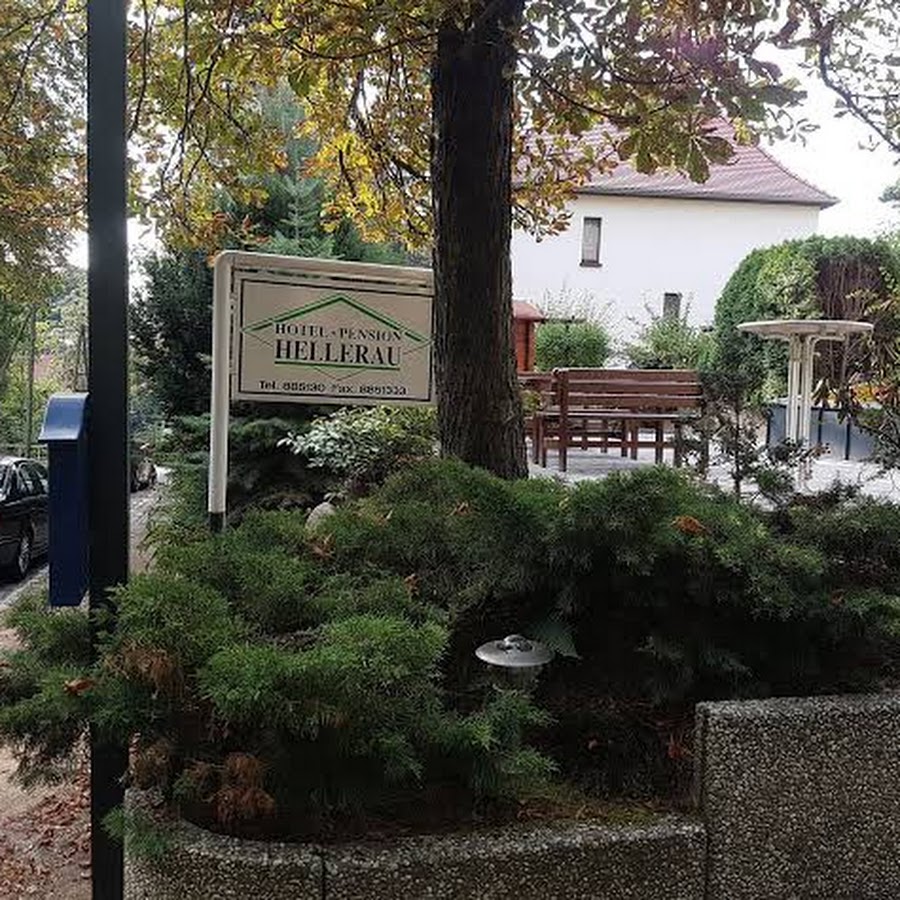
Zum Böhmischen Bürgergarten
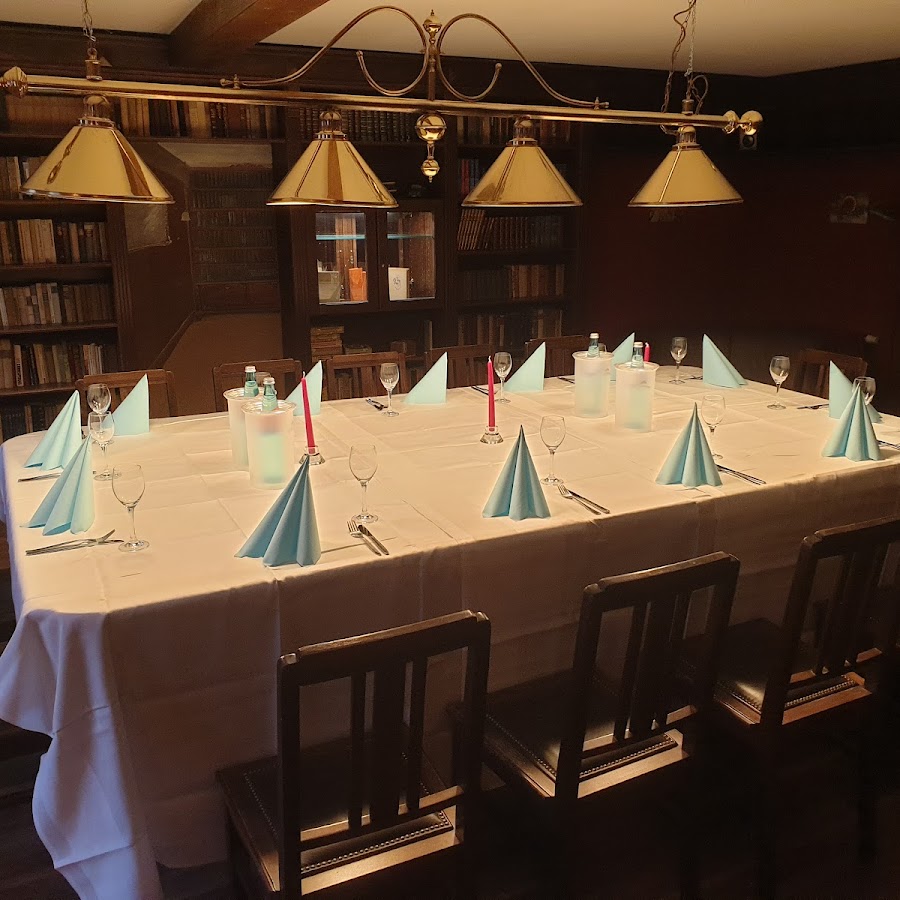
Pension haus17dresden

Kangaroo-Stop
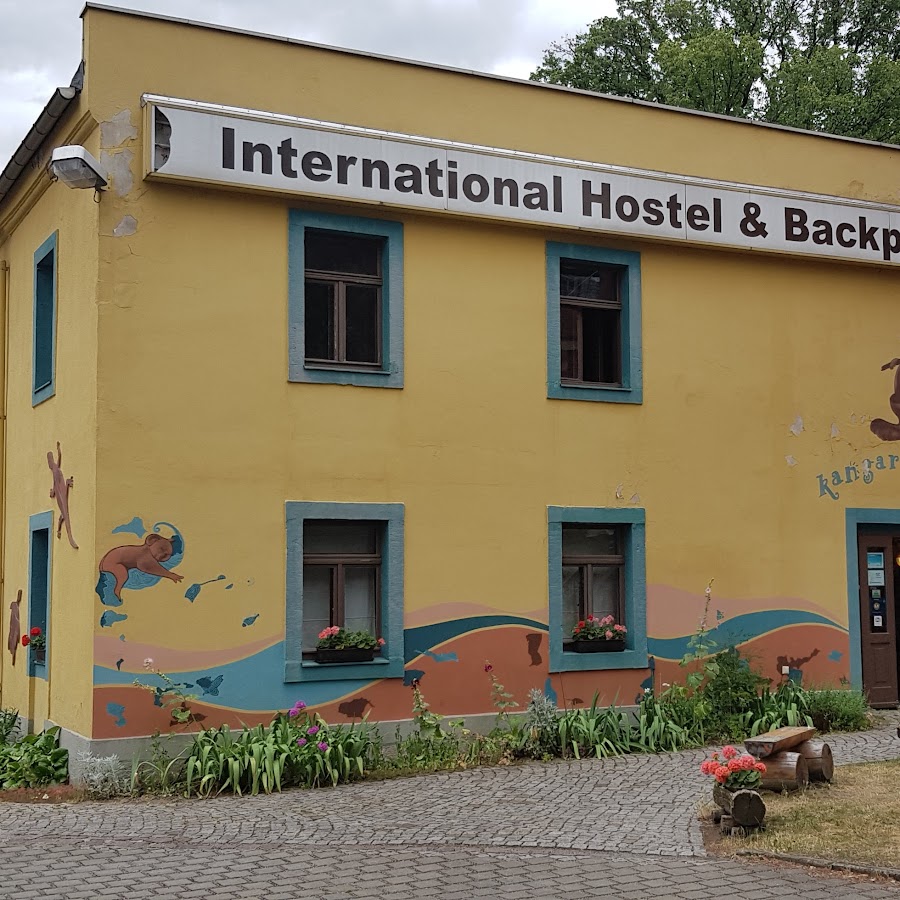
Pension Eiselt
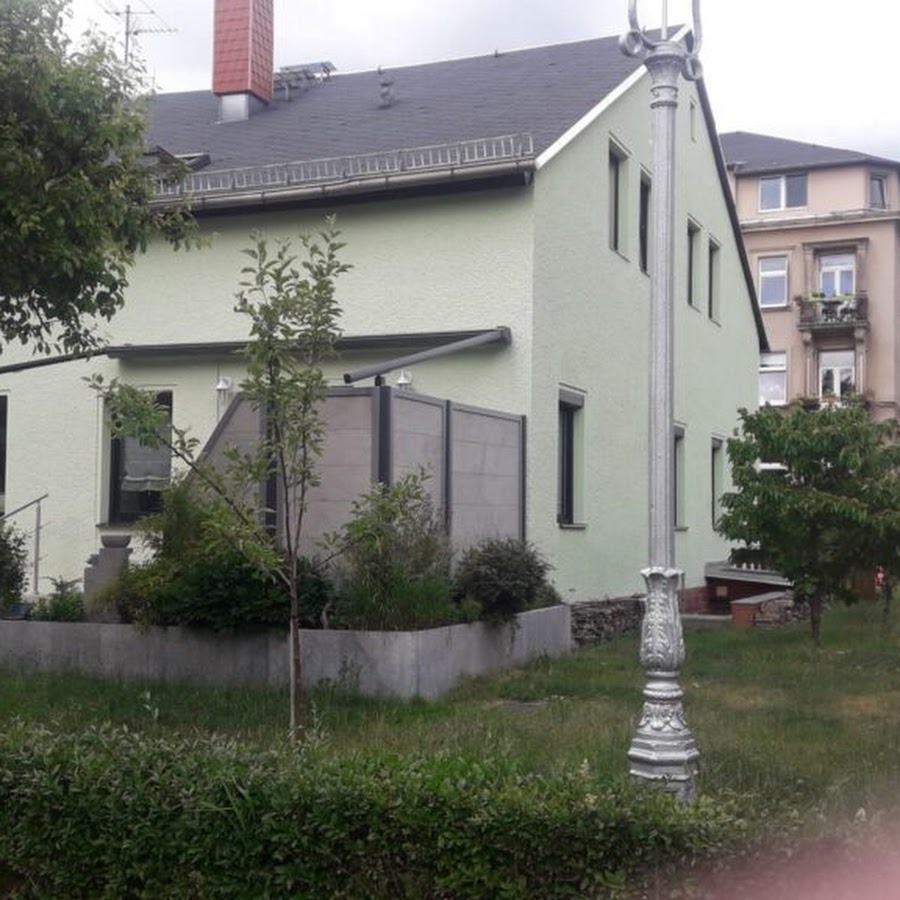
Pension Rose
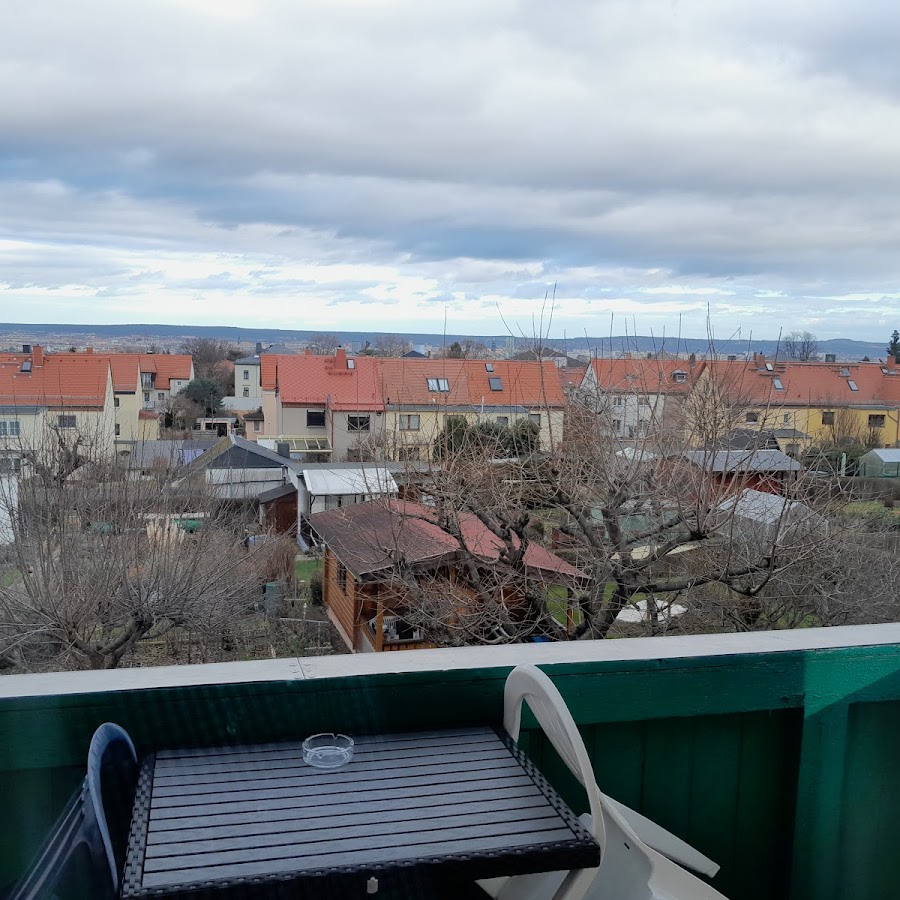
Mama's Pälzer Stubb
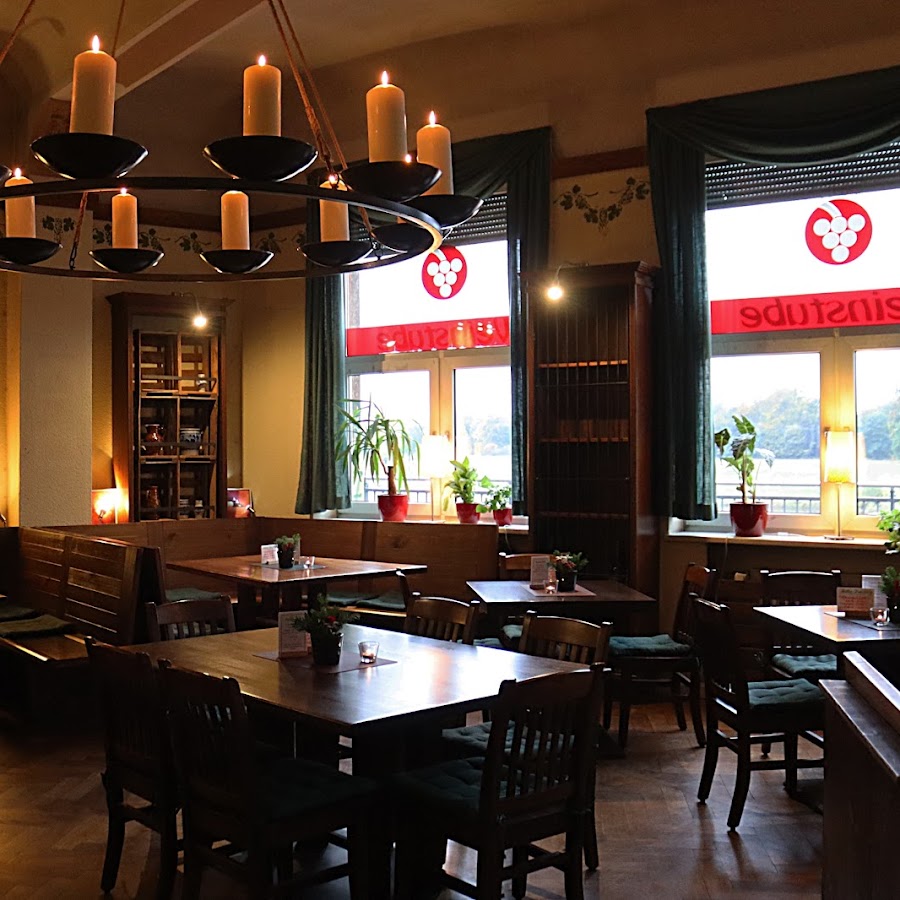
Pension Haase
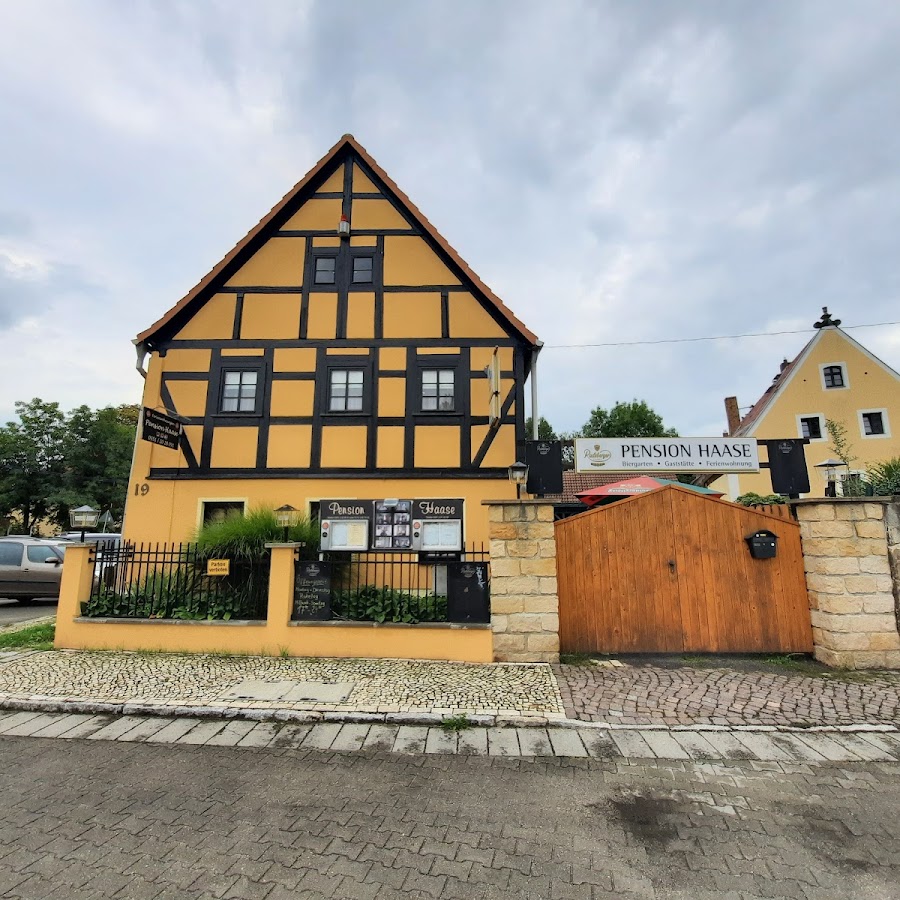
Pension Dimon
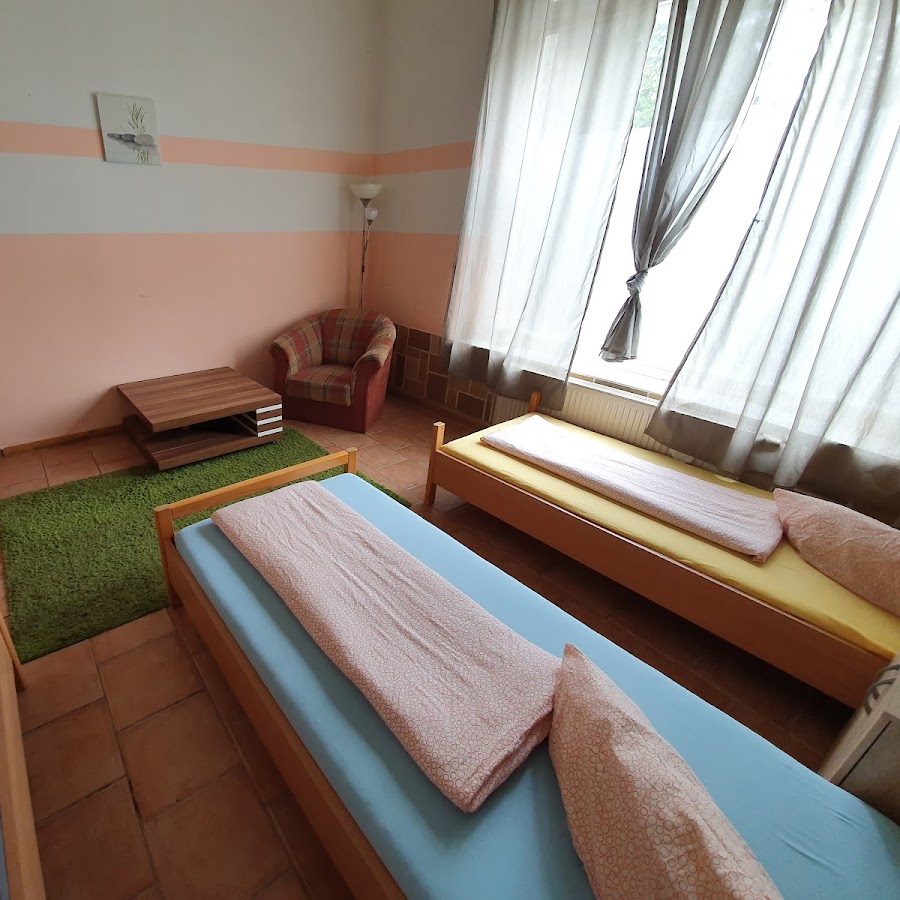
Pension Königswald
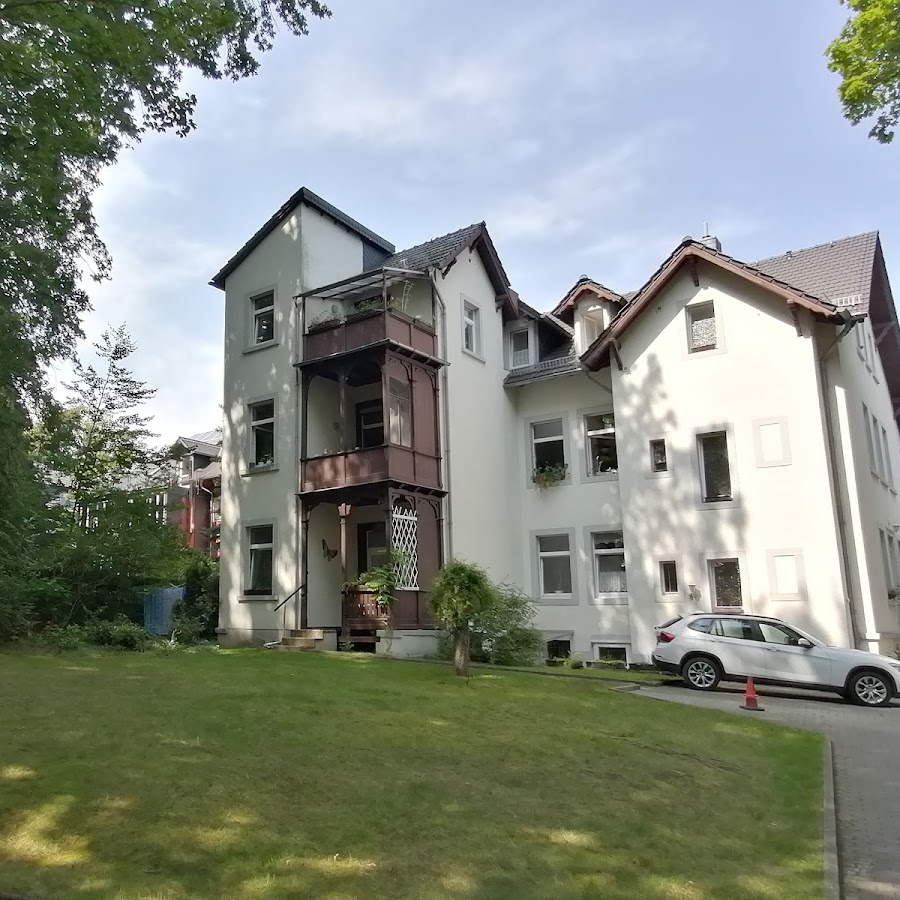
Gasthof Coschütz
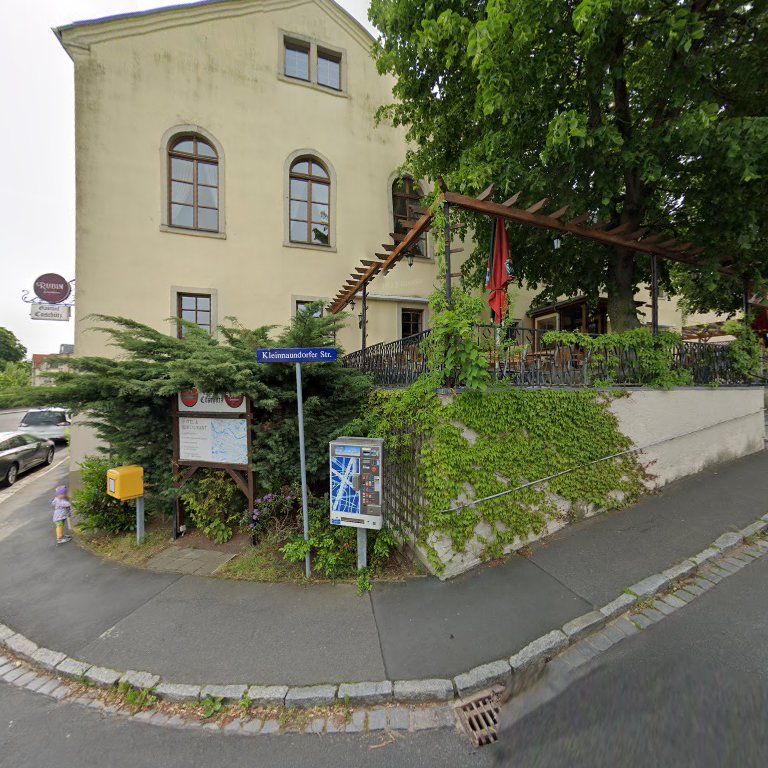
Pension Landhaus Hempel

Pension Doris
Raskolnikoff Restaurant und Pension

Pension Helth "At Dresdner Zoo"
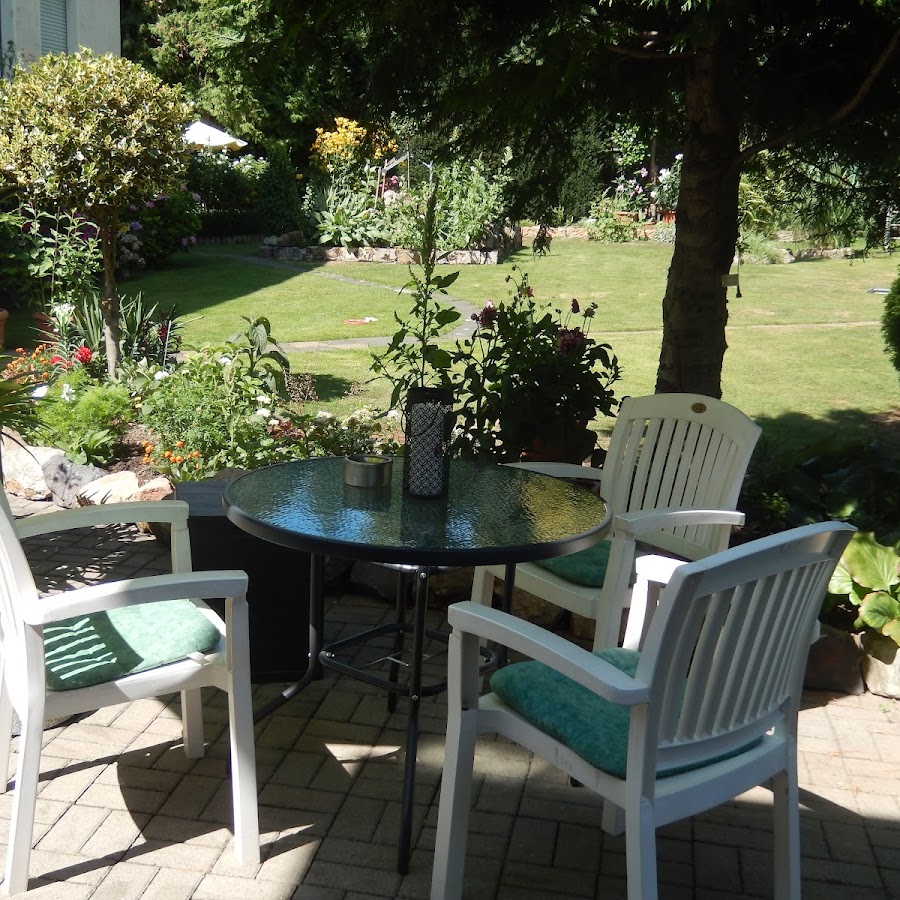
Hostel Mezcalero - Guesthouse - B&B

Villa Haniel
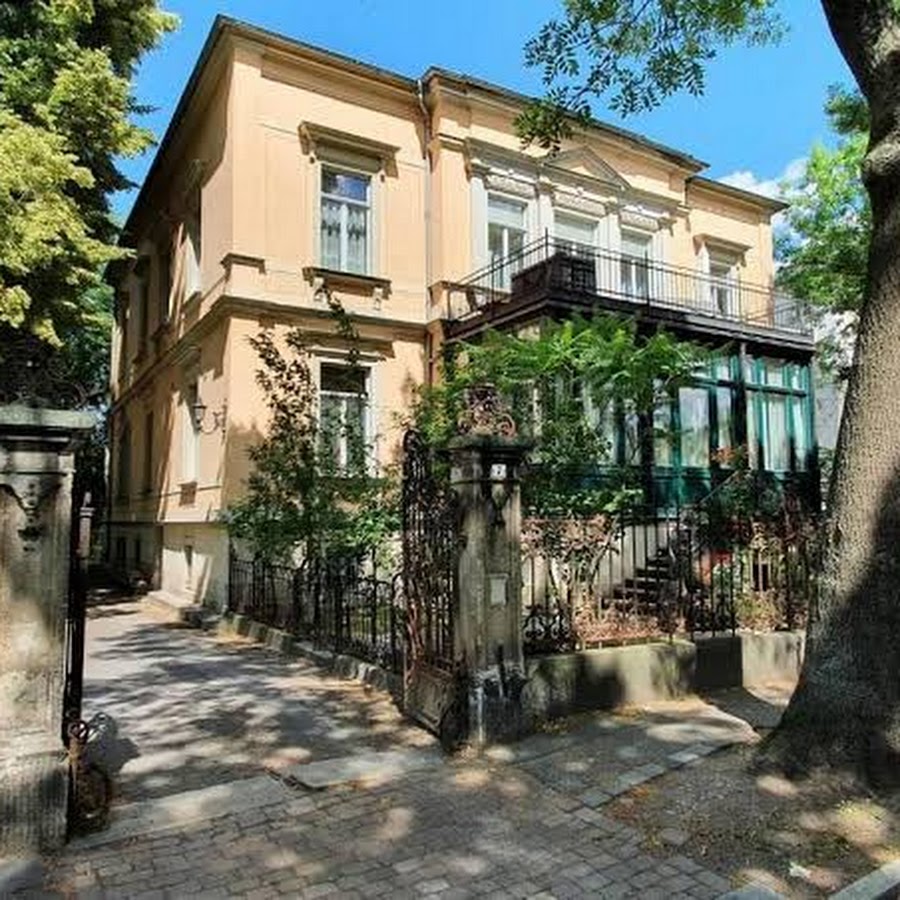
Hofgarten 1824
A'ppart Hotel Garden Cottage - Dresden
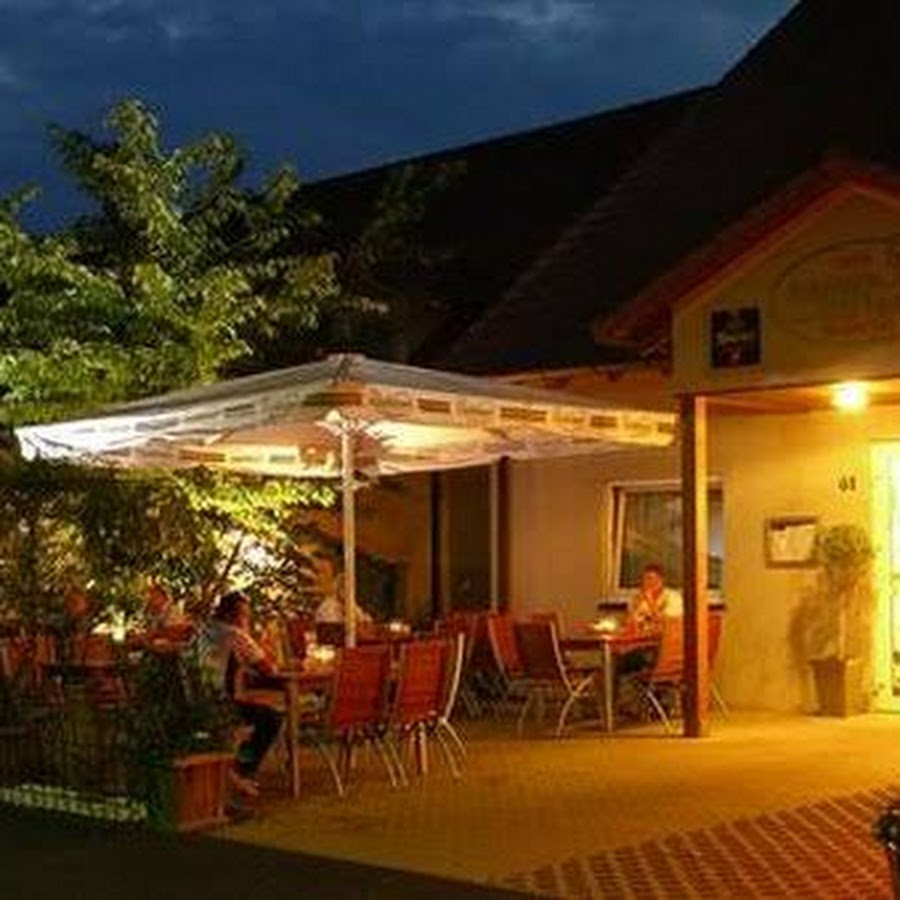
Good Stay Aparthotel
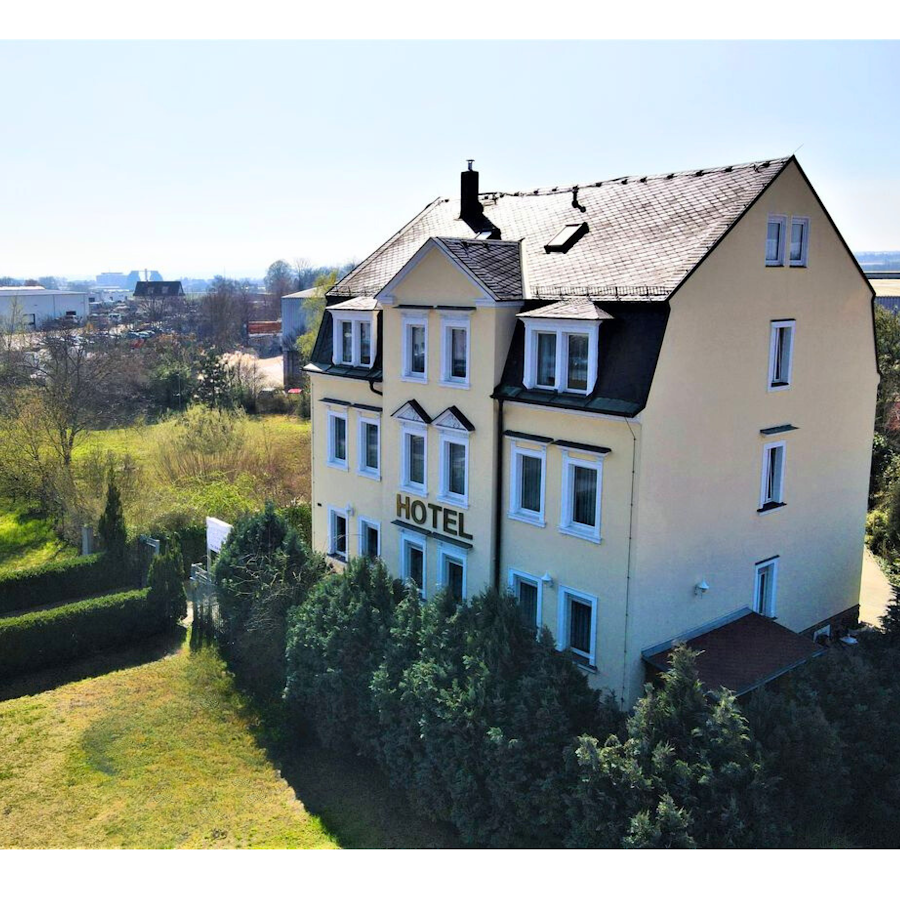
Gästehof Fehrmann Frühstückspension
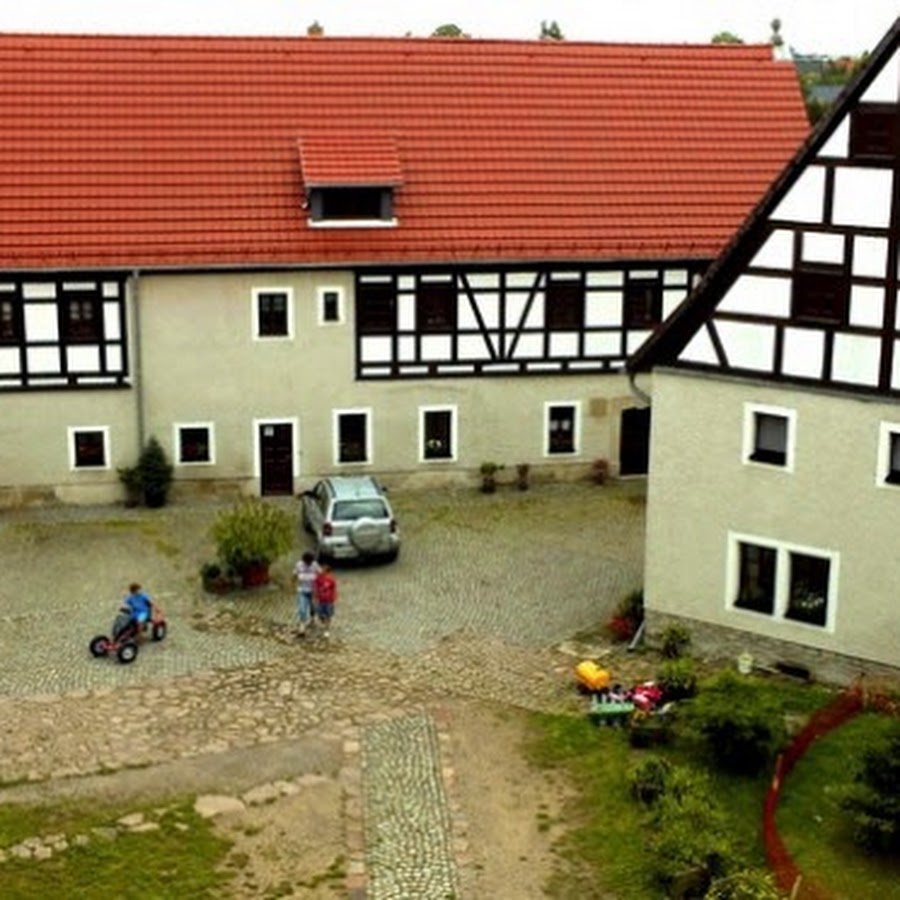
Art Apartments
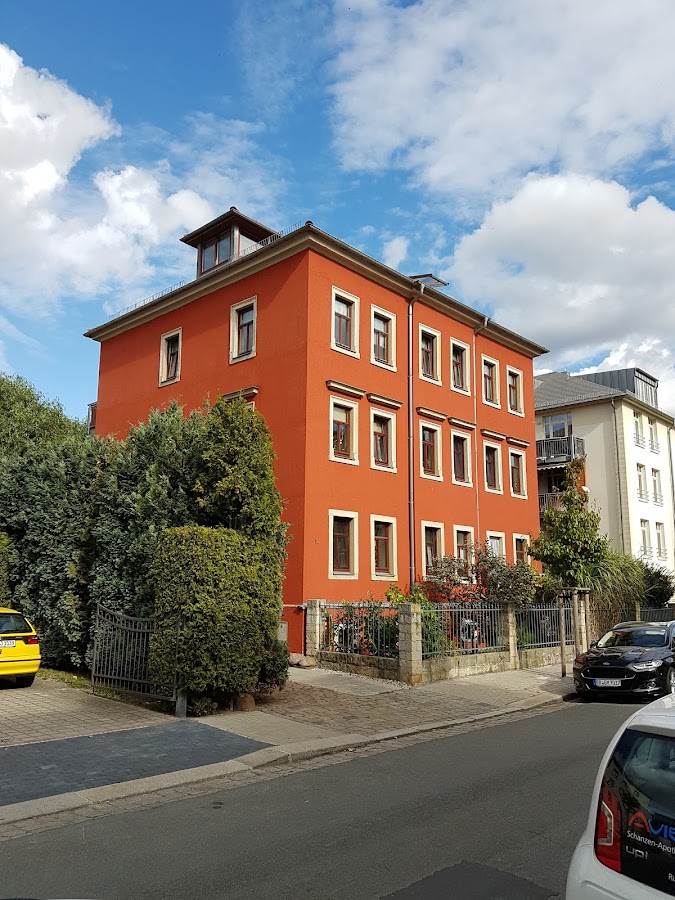
Penck Hotel Dresden
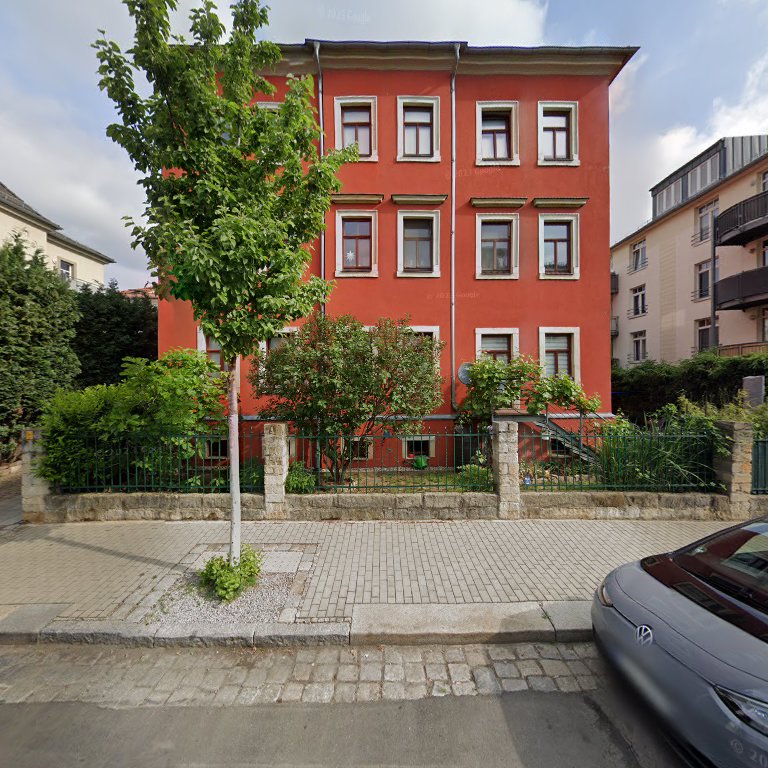
Hotel Suitess
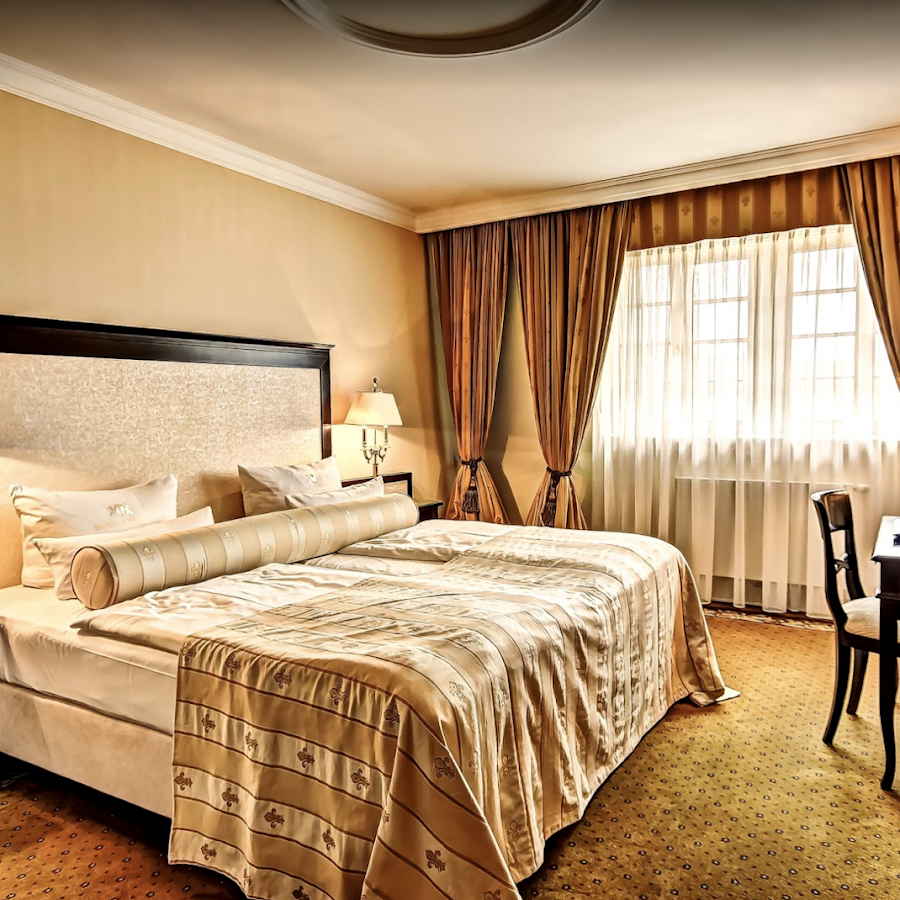
Moxy Dresden Neustadt
Aparthotel Münzgasse
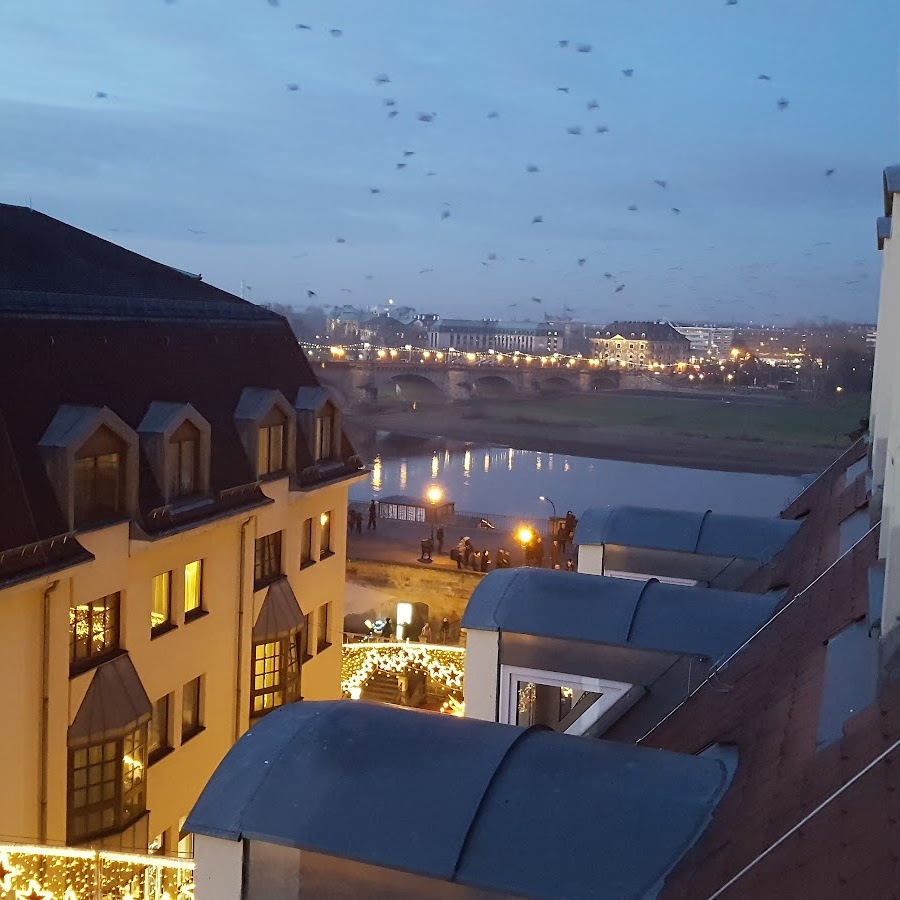
Pension Omsewitz
Pension „Am Teich“
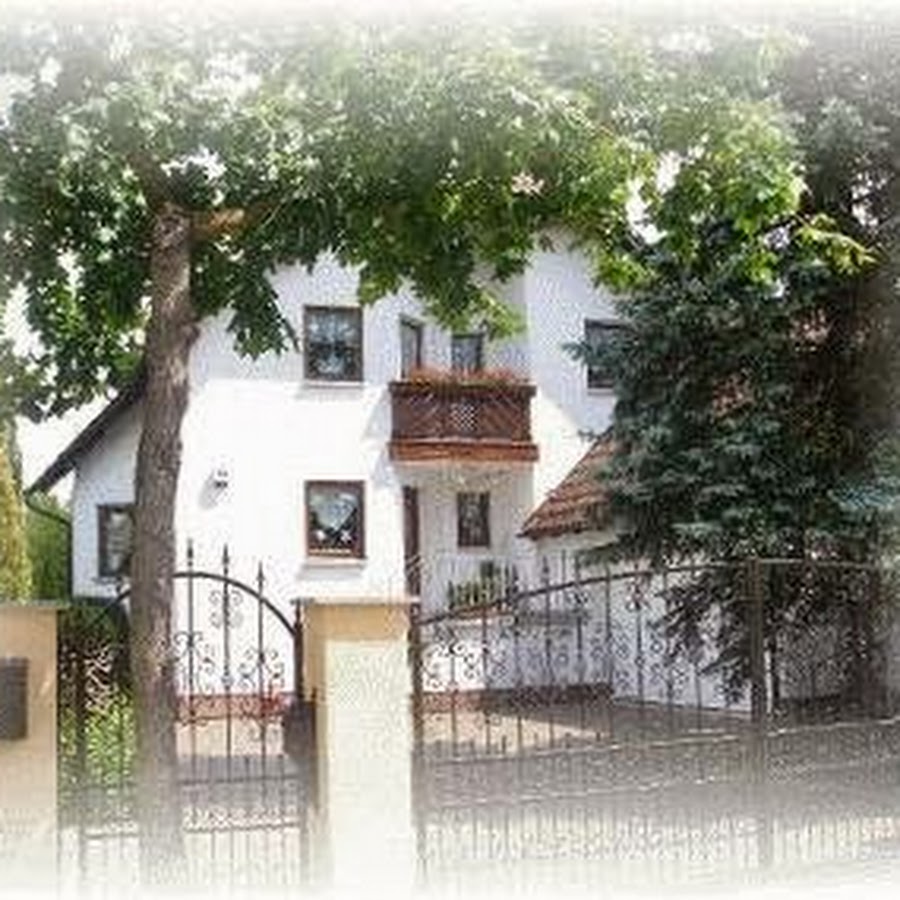
Hostel & Pension NOlift
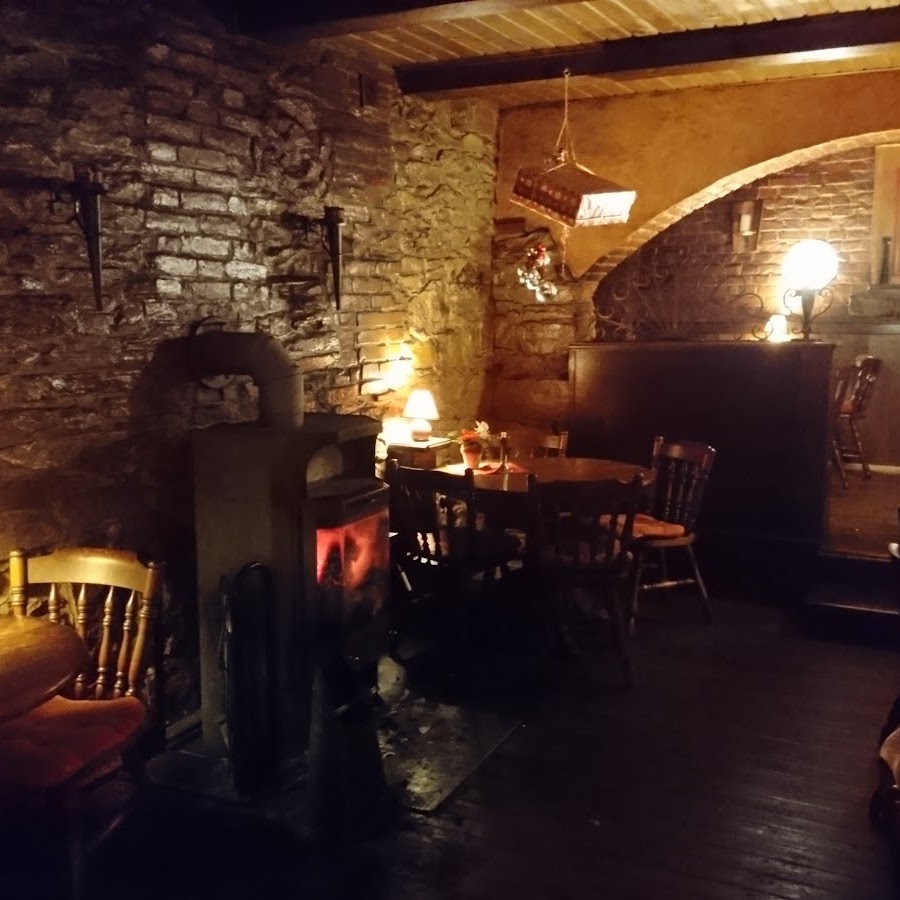
Pension "hundemüde-in-dresden"
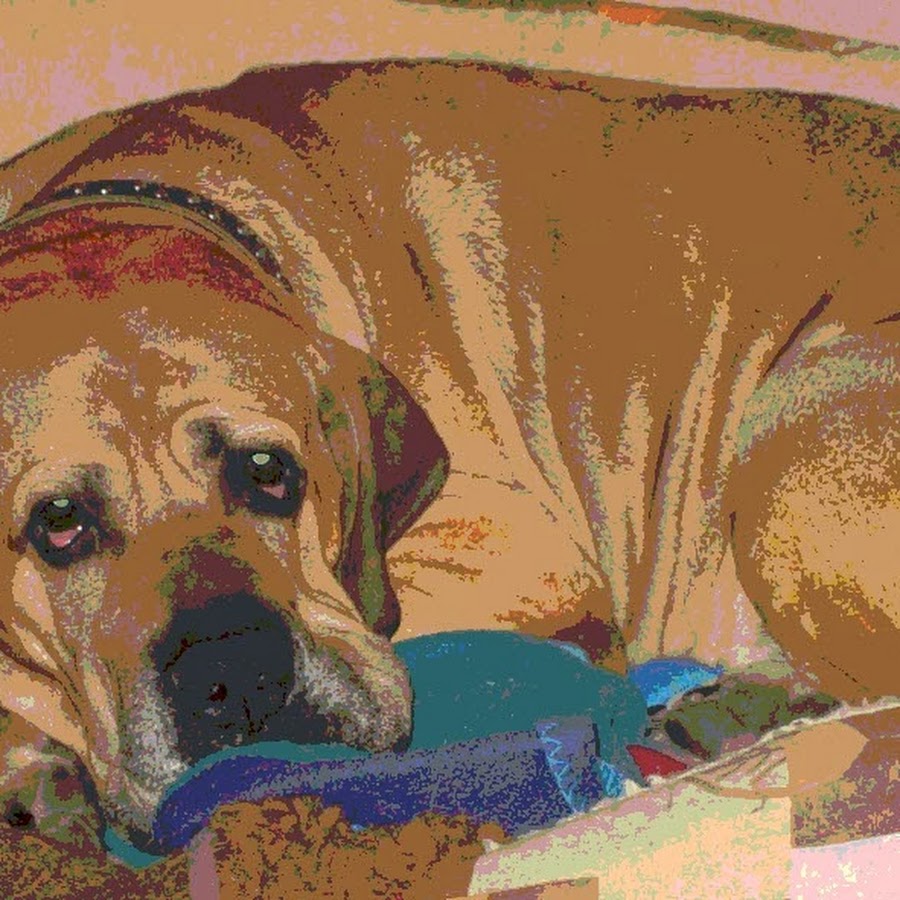
Sportpension Dresden
Pension Pieschen Dresden
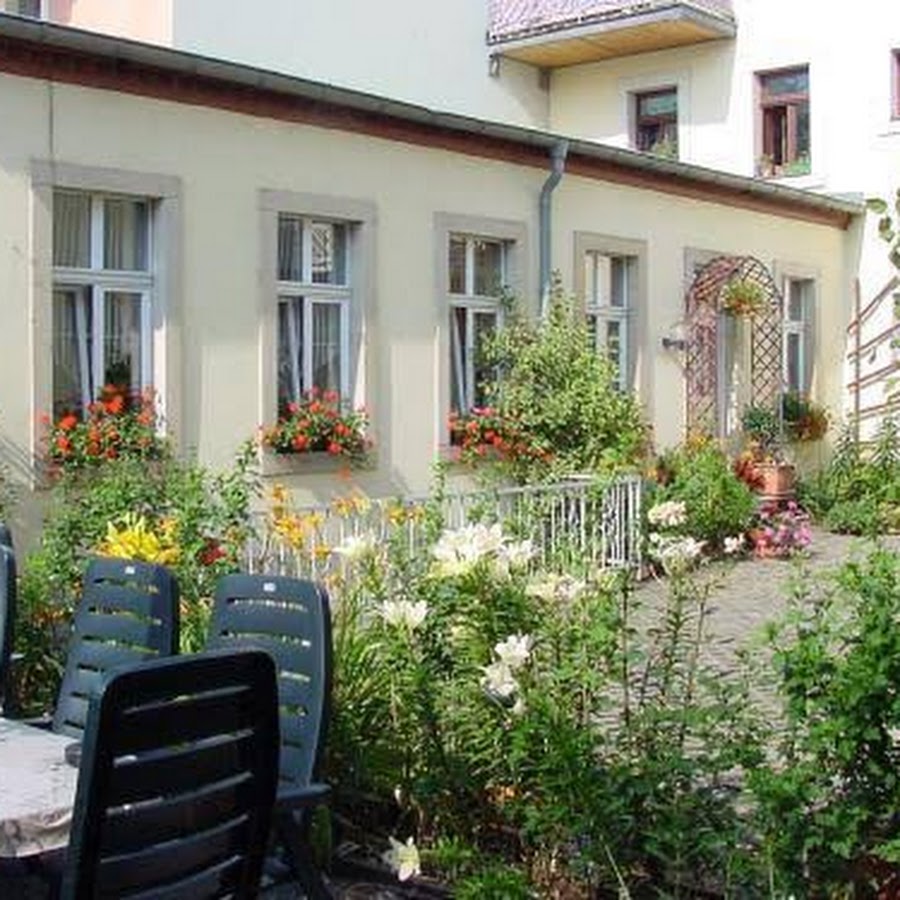
Pension "Altstadt-Gästehaus Dresden"
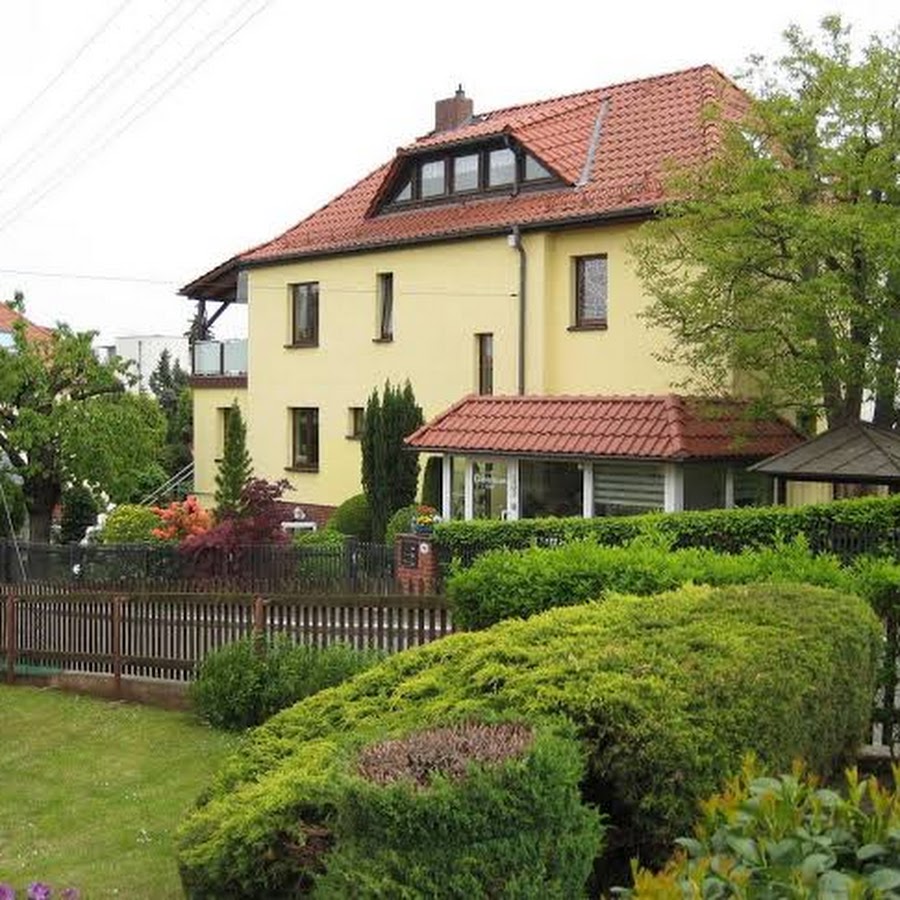
ibis Dresden Zentrum

Campingplatz Dresden-Mockritz
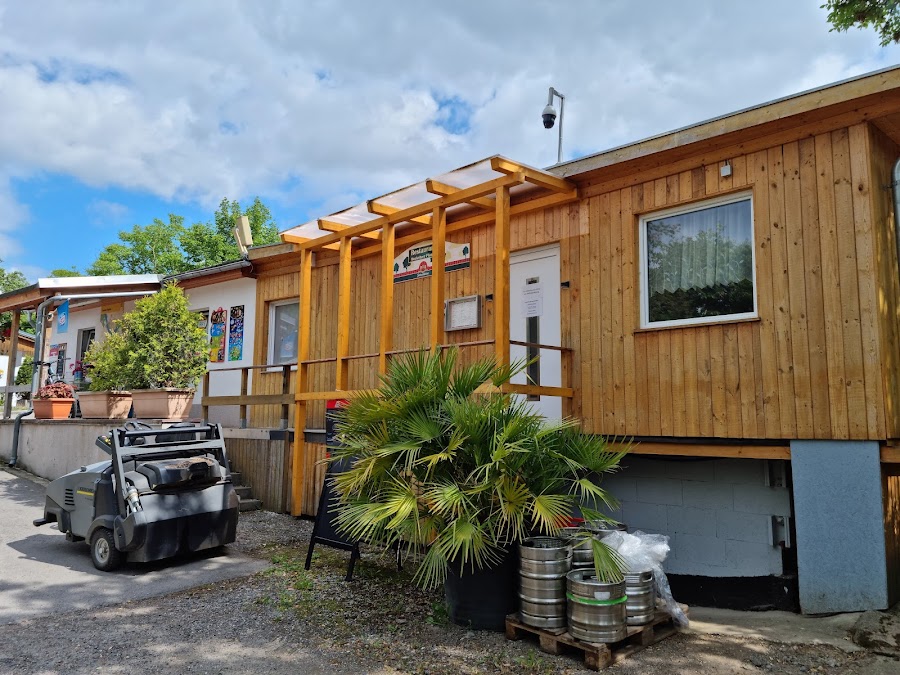
Die kleine Pension
Taste Hotel Dresden
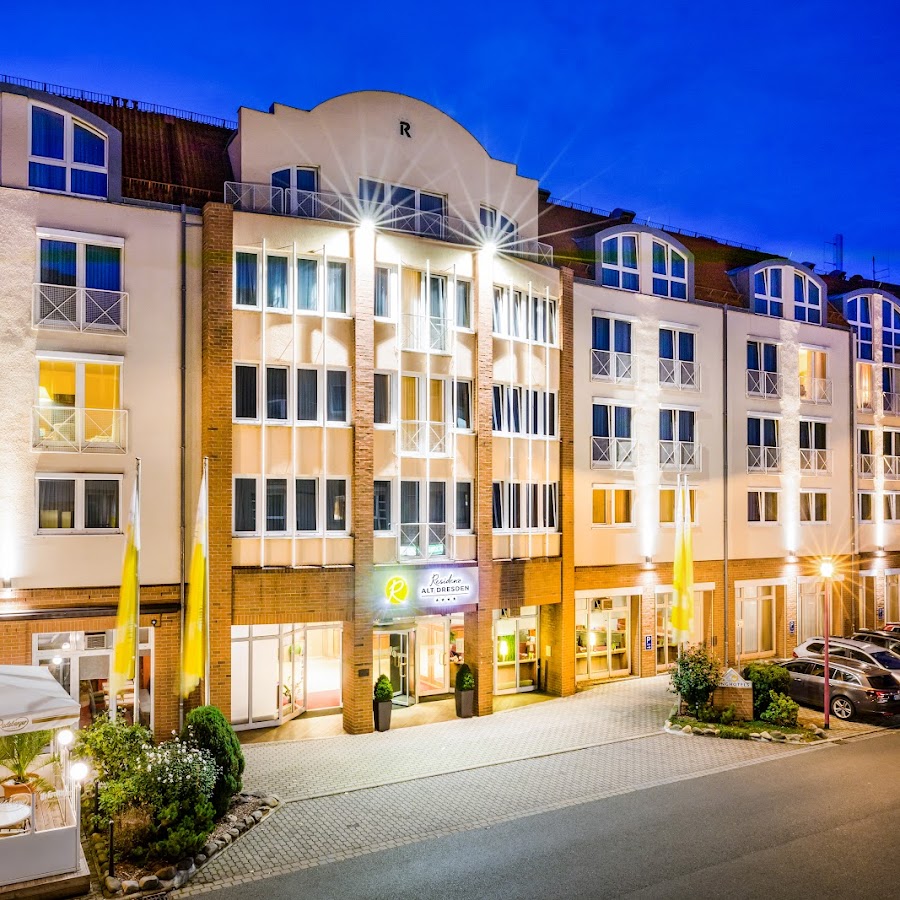
Café Friedrichstadt

Hostel am Windberg

Zu Den Linden
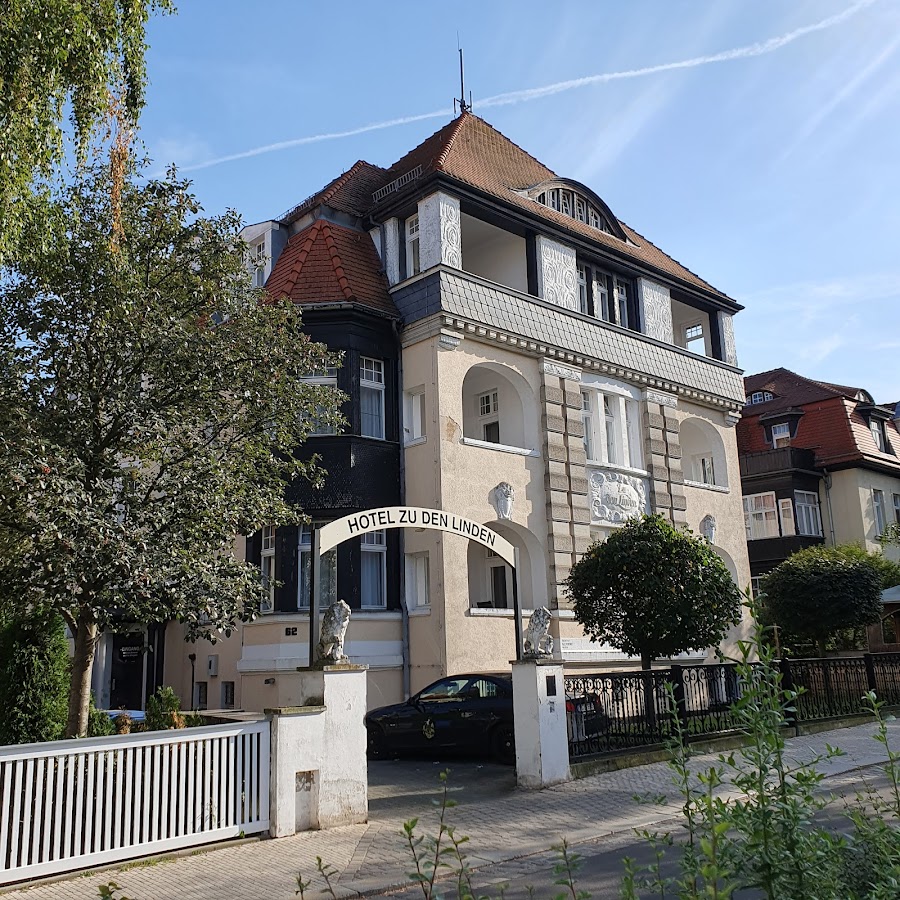
Pension & Gaststätte "Zum Knipser"
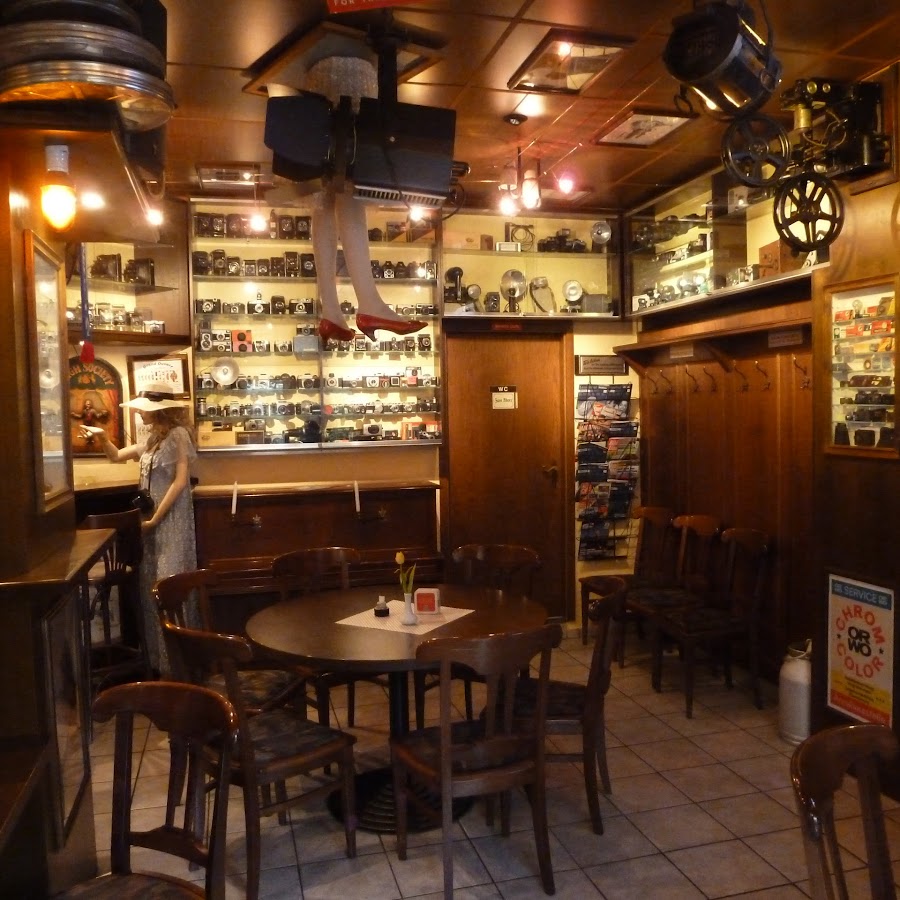
Pension Zur Krone
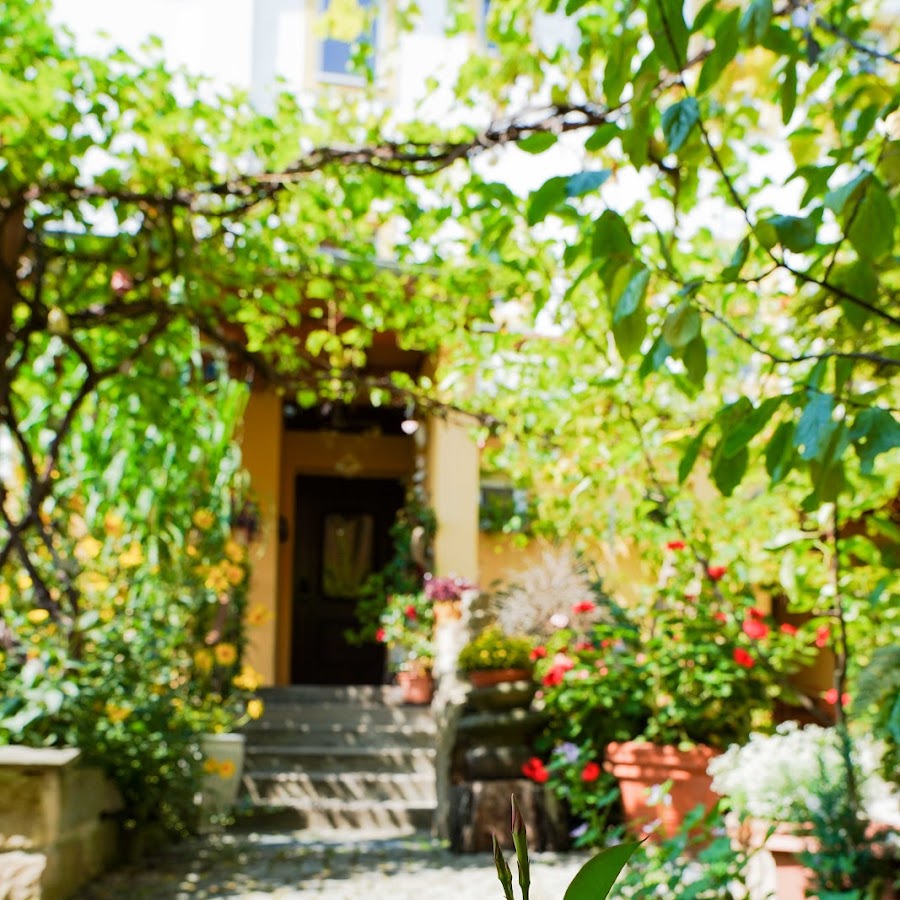
mightyTwice Hotel Dresden
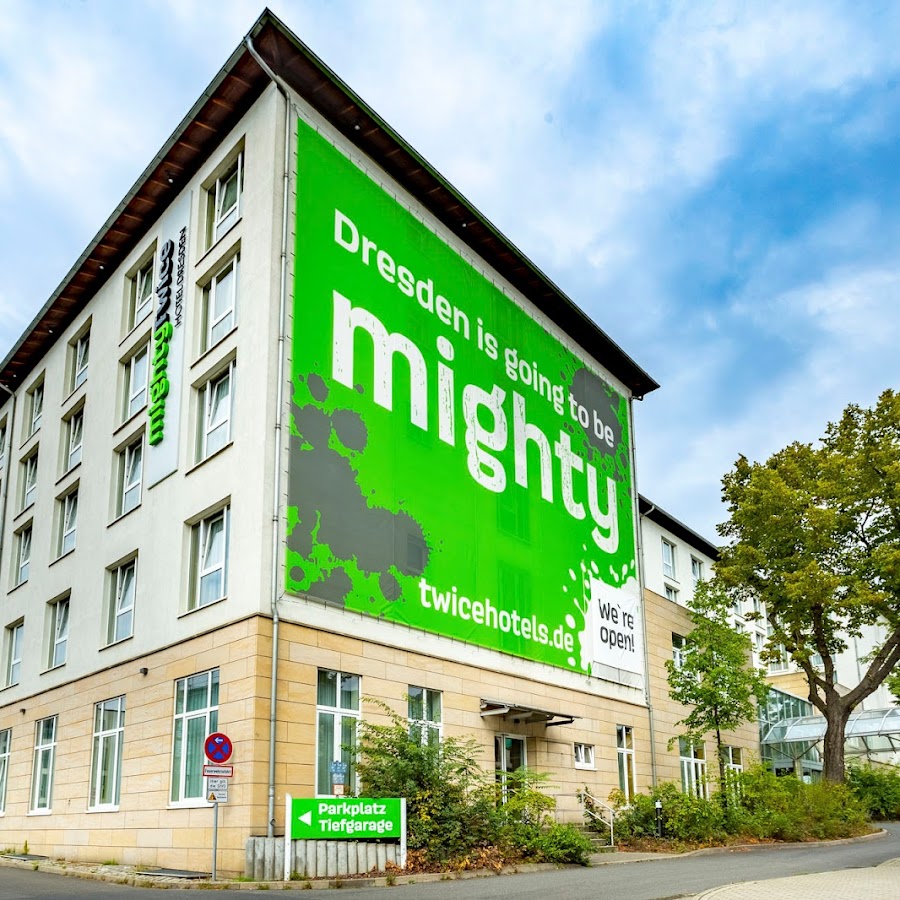
Gaststätte Schmiedeschänke
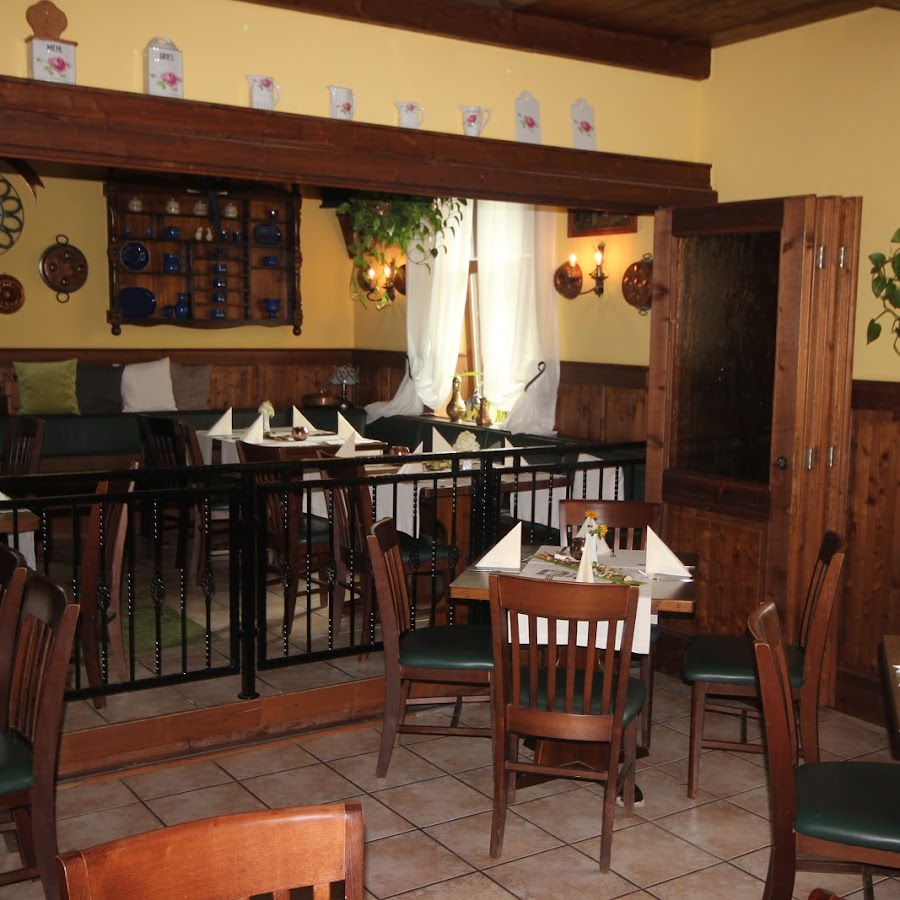
Hotel SAX IMPERIAL by Villa Emma
DJH Youth Hostel Dresden "Rudi Arndt"
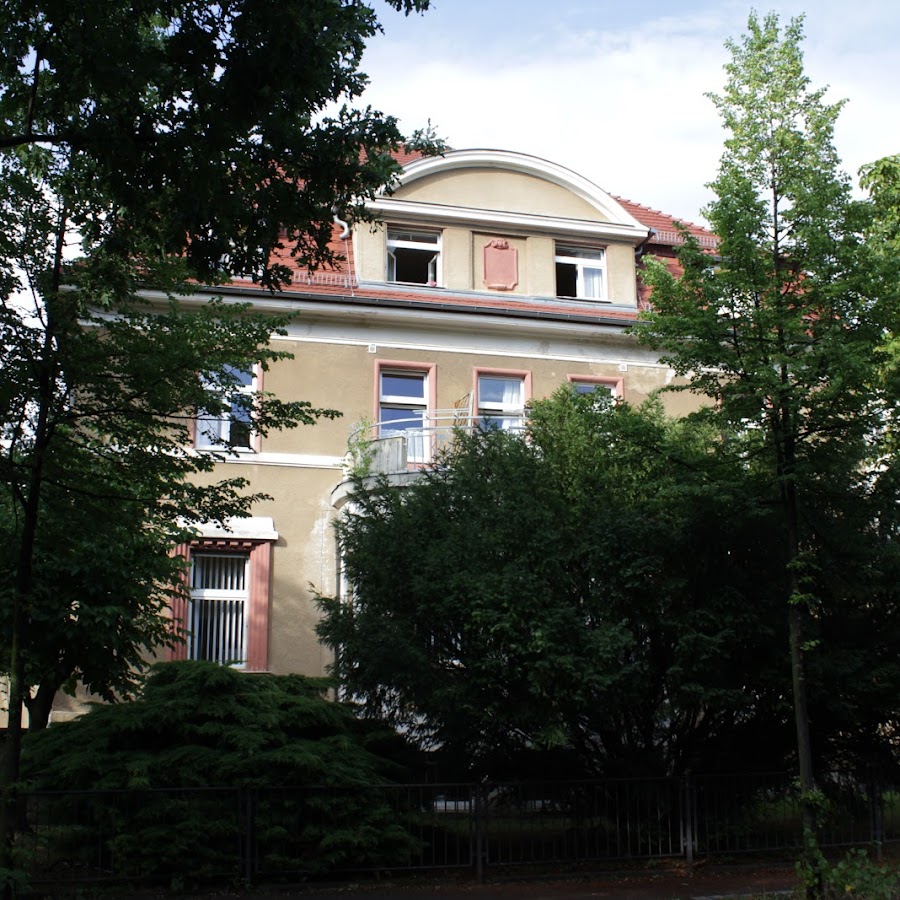
FOX-BOX Apt. Dresden
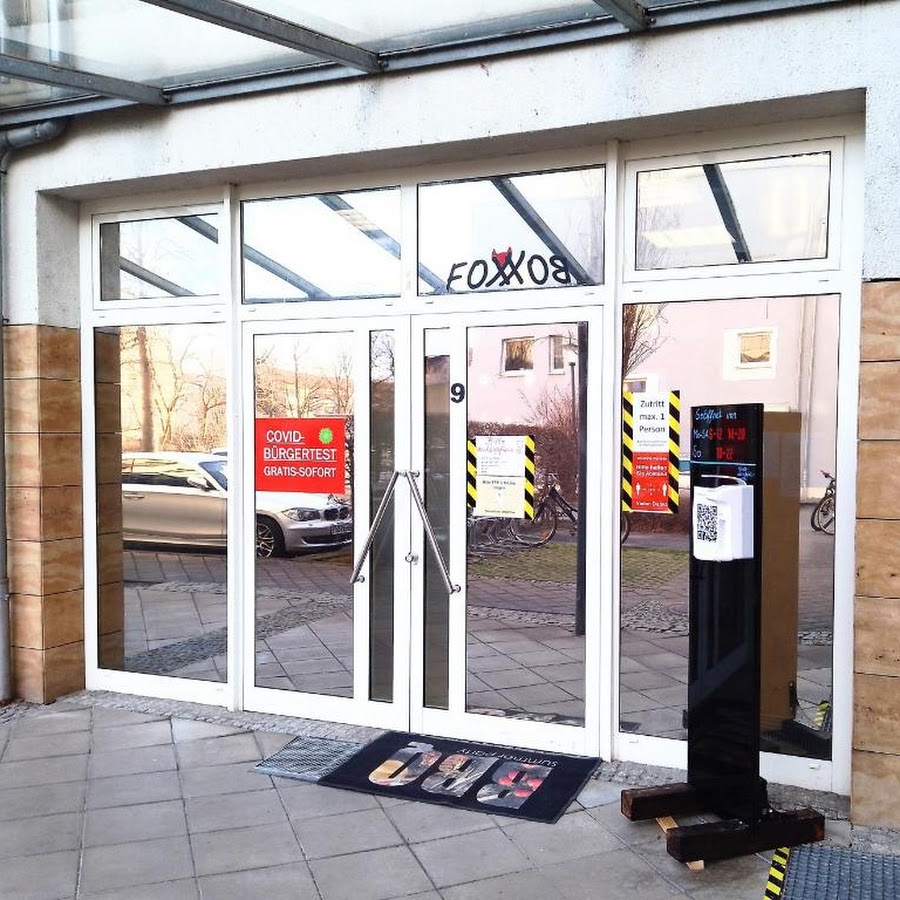
DORMERO Hotel Dresden Airport
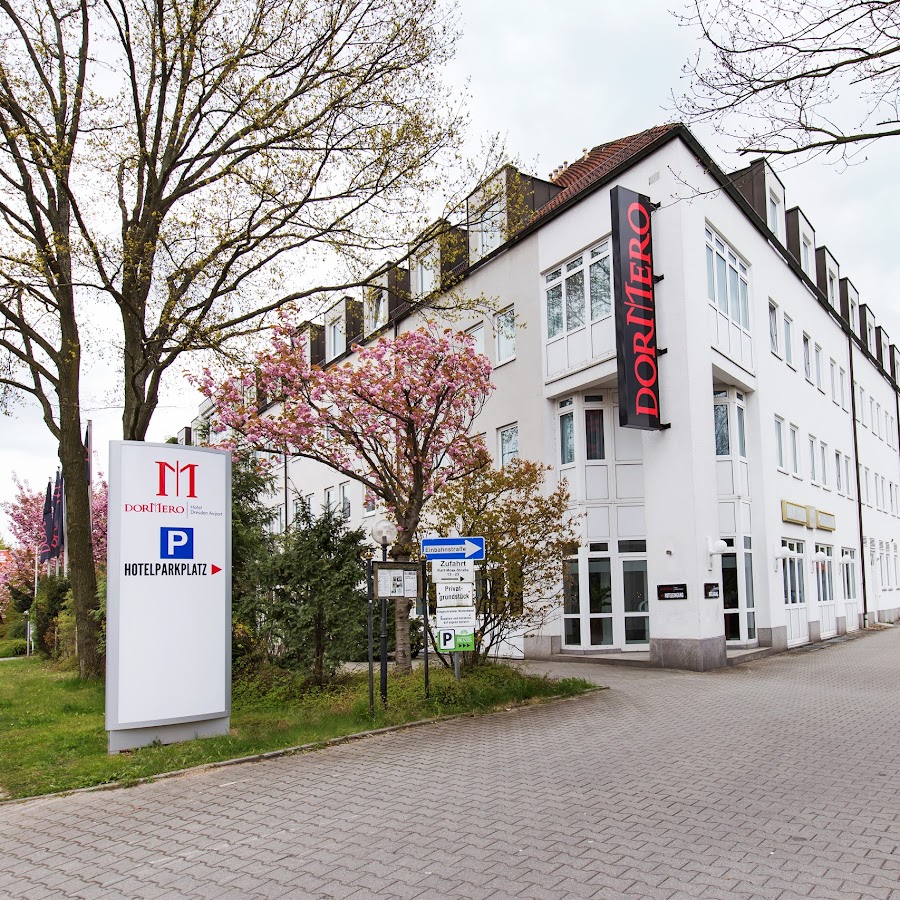
B&B Hotel Dresden
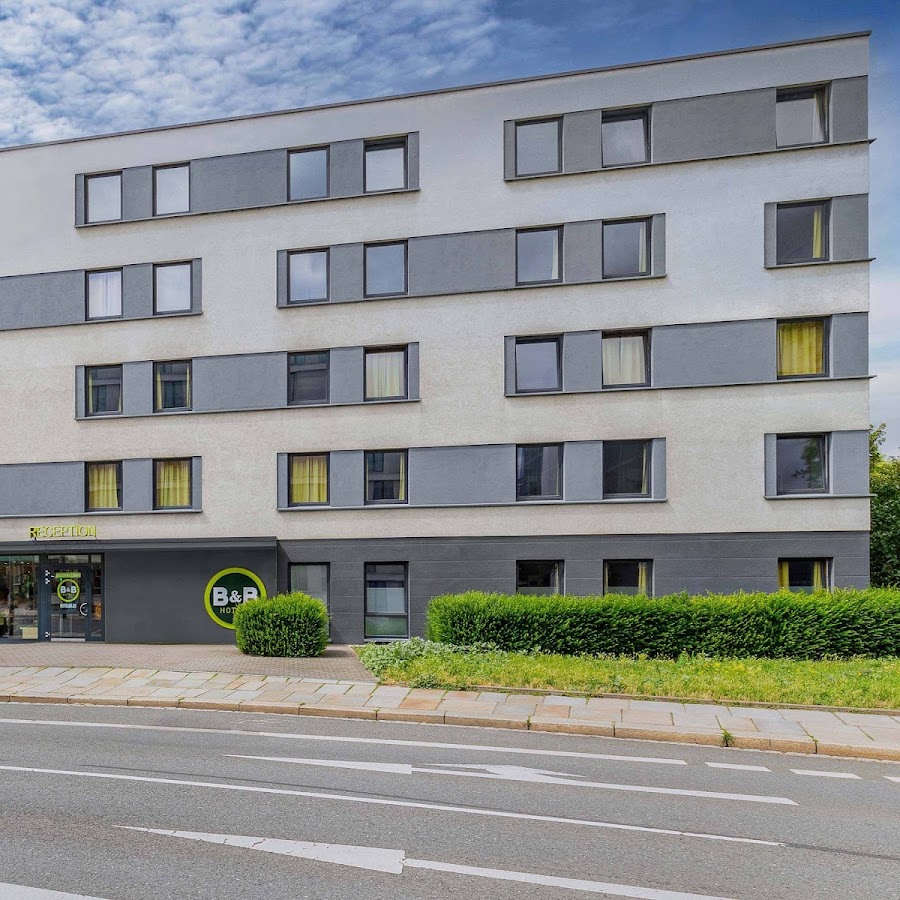
Dorint Hotel Dresden

ARCOTEL HafenCity Dresden
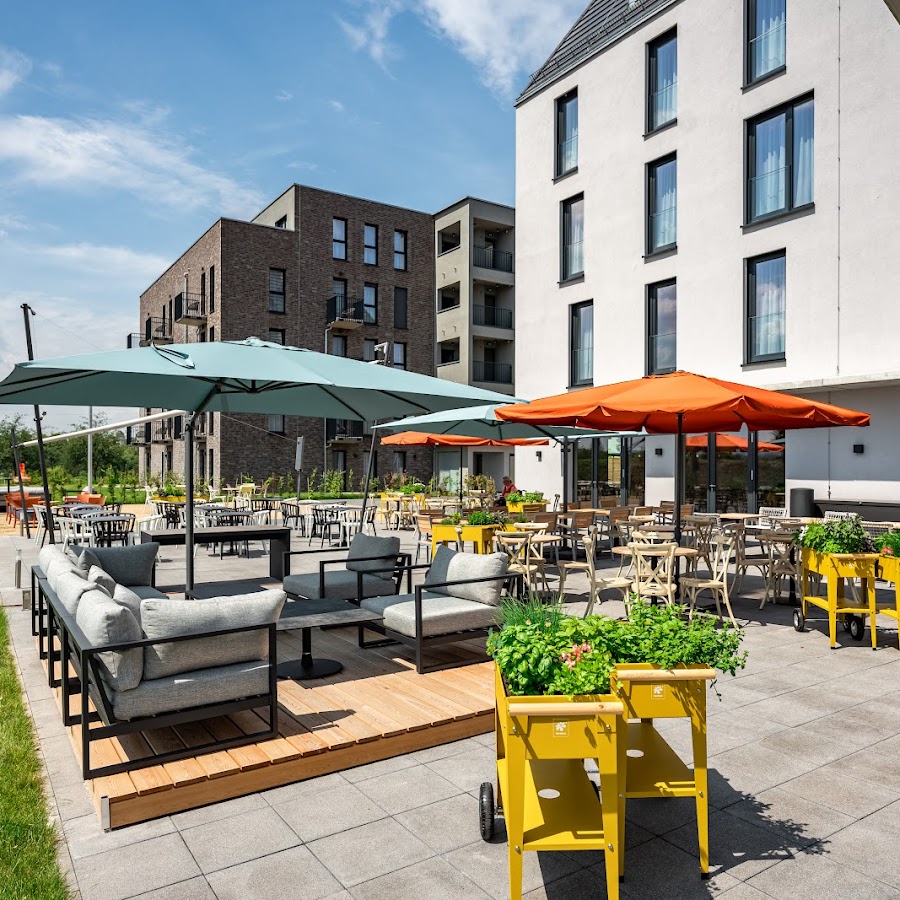
Hotel Elbflorenz Dresden
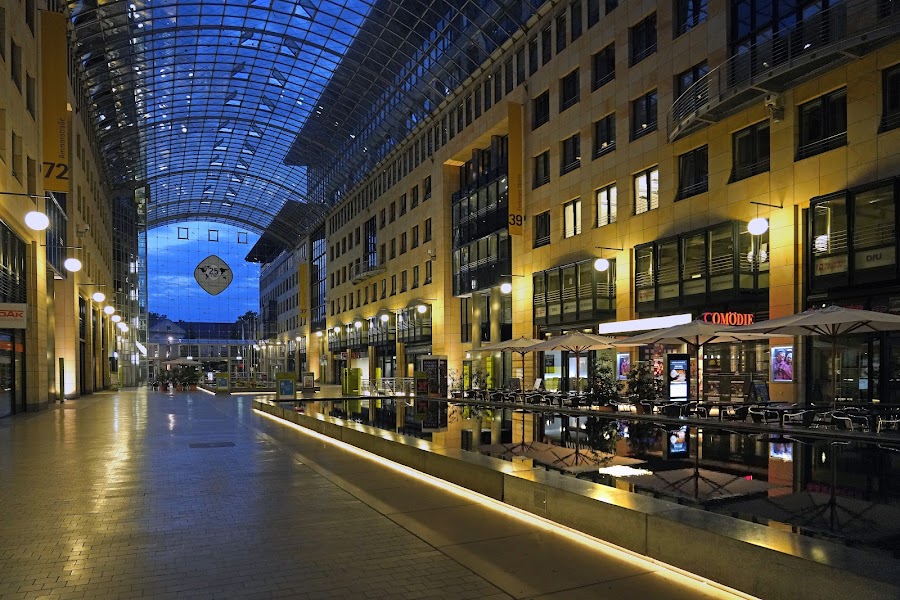
Relais & Châteaux Hotel Bülow Palais
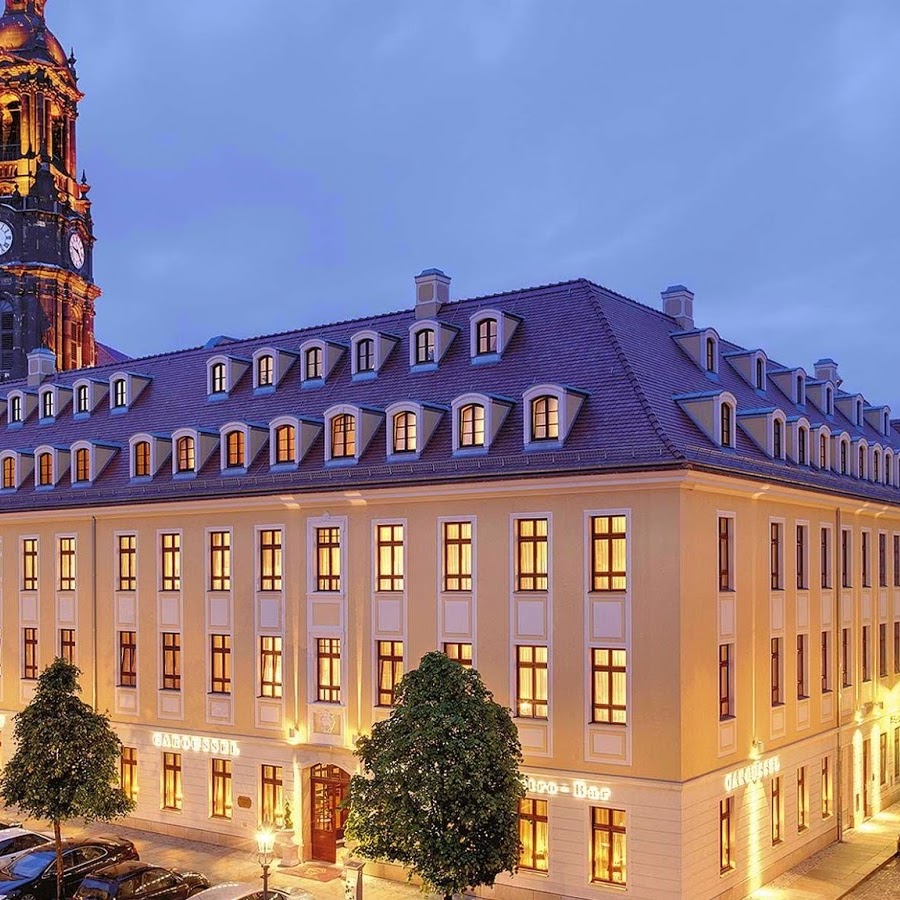
ibis budget Dresden City
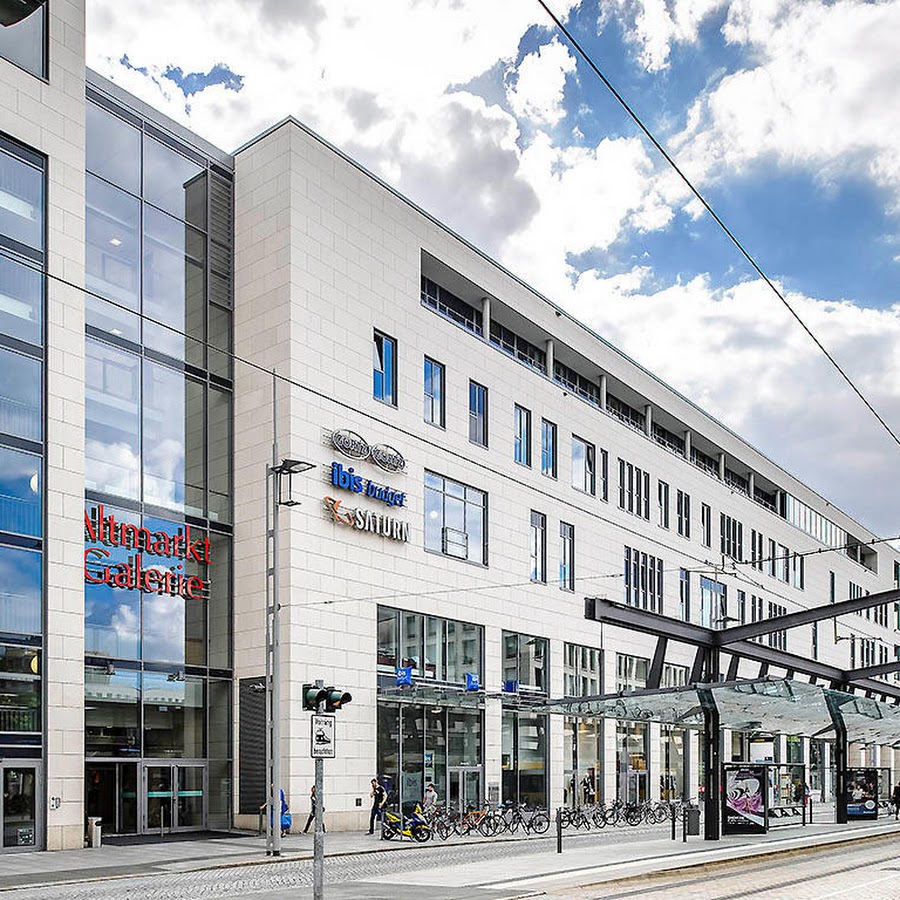
Hotel Indigo Dresden - Wettiner Platz by IHG
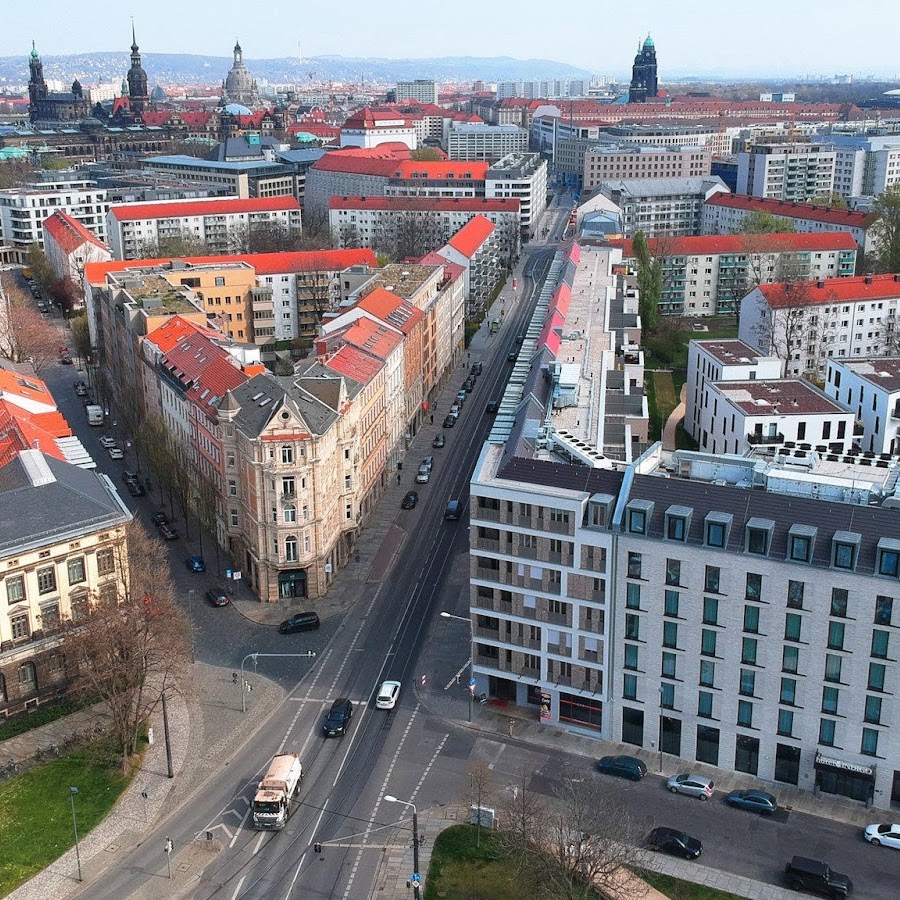
Holiday Inn Dresden - am Zwinger by IHG
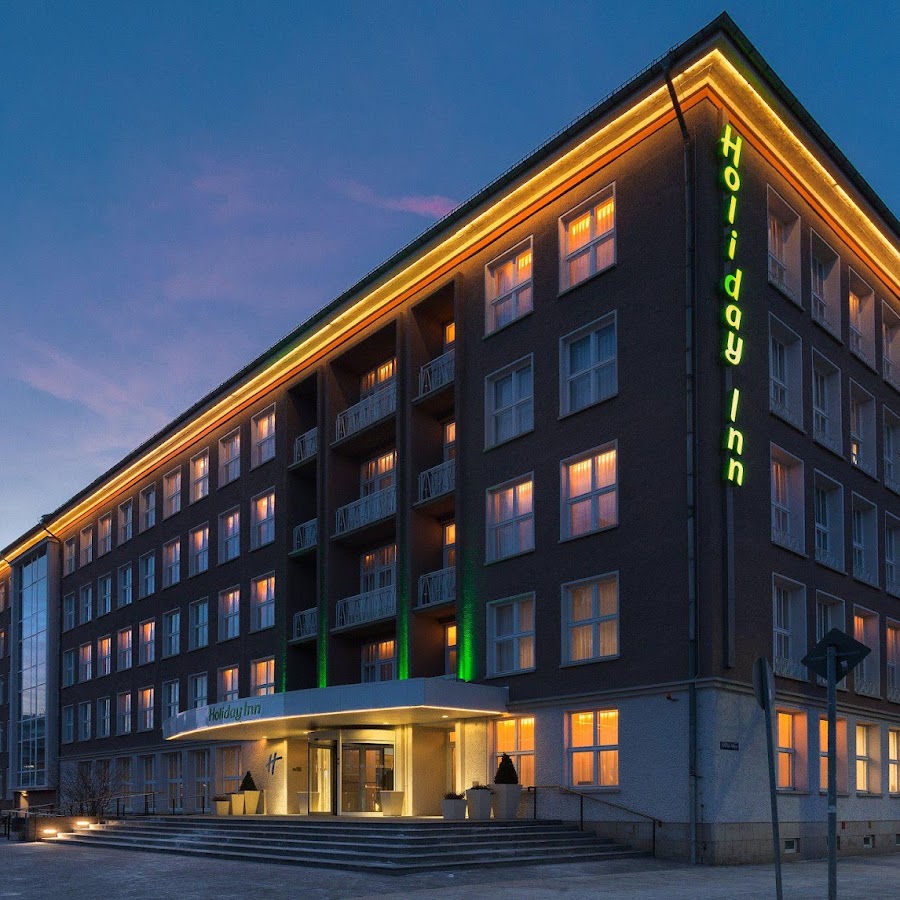
Holiday Inn Express Dresden Zentrum by IHG
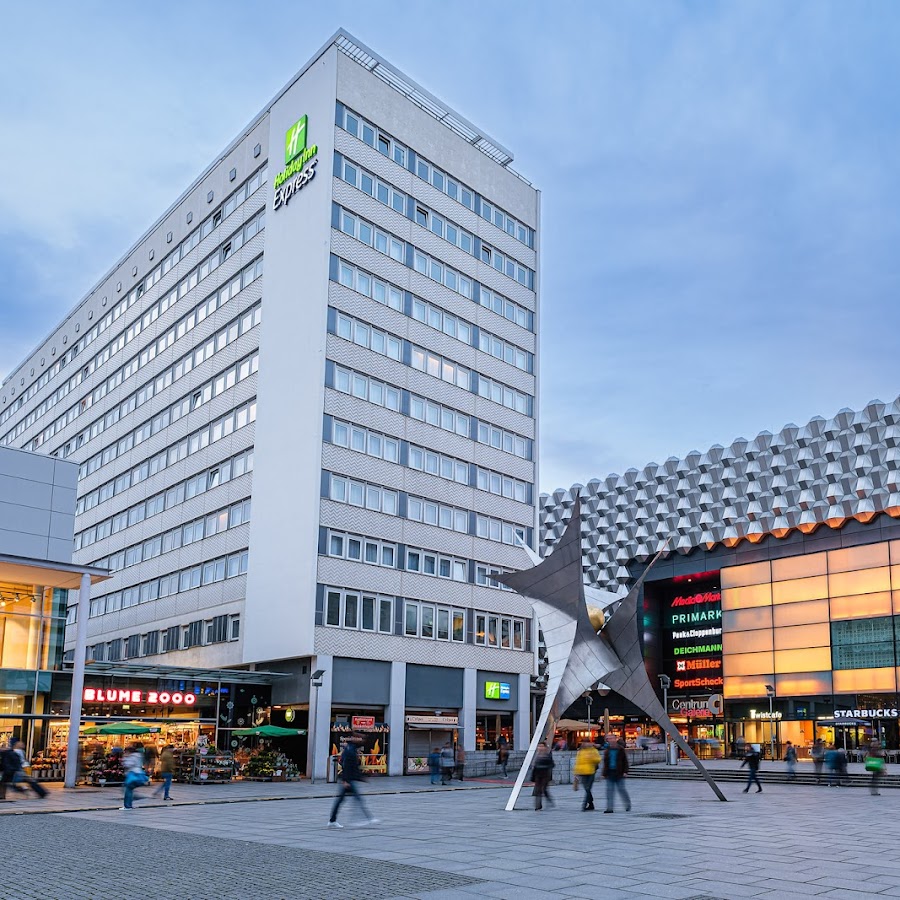
Hotel Taschenbergpalais Kempinski Dresden
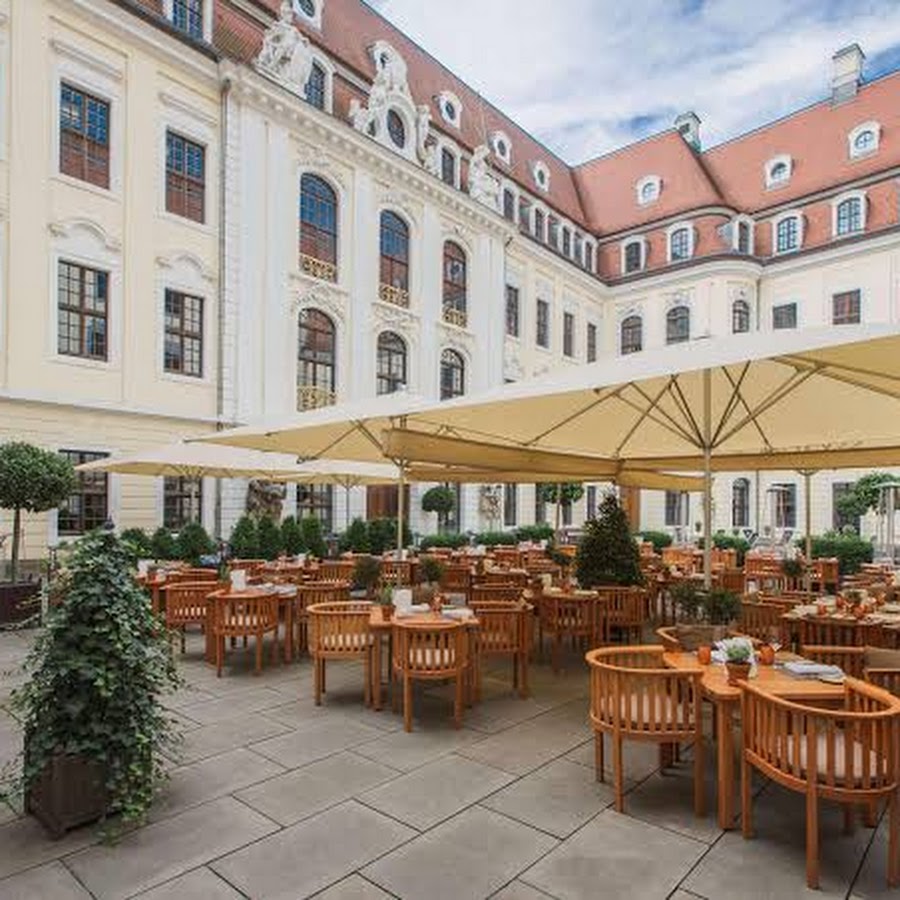
Premier Inn Dresden City Zentrum Hotel
Hampton by Hilton Dresden City Centre
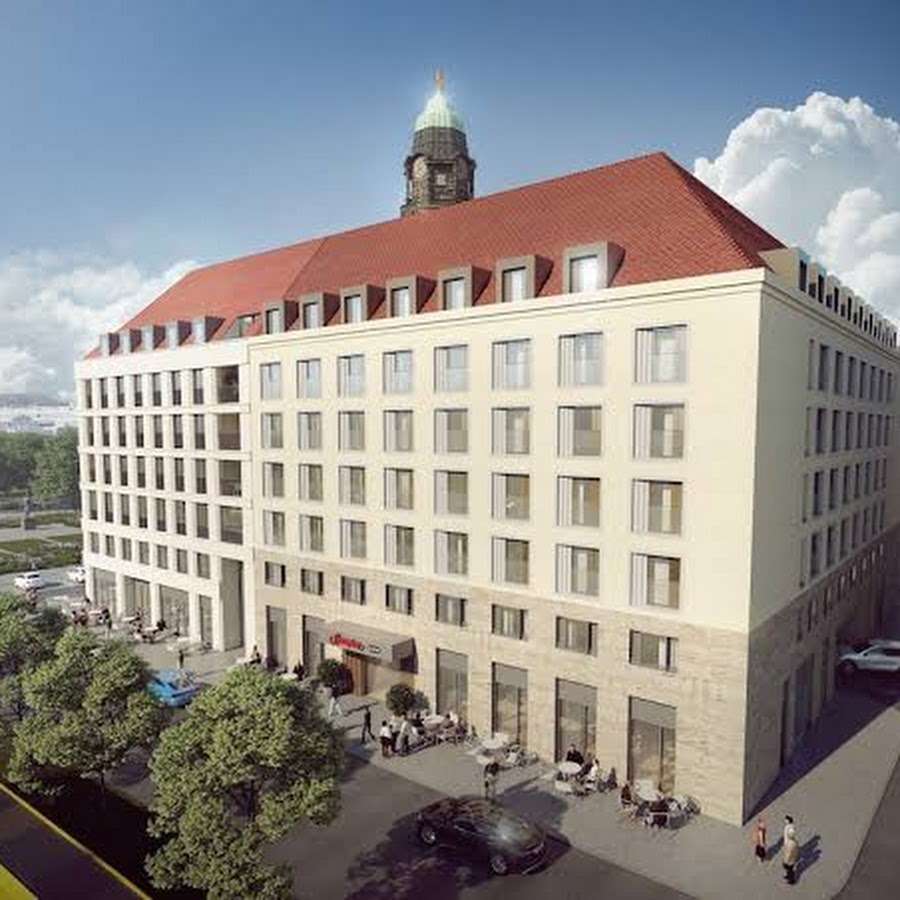
Hilton Dresden
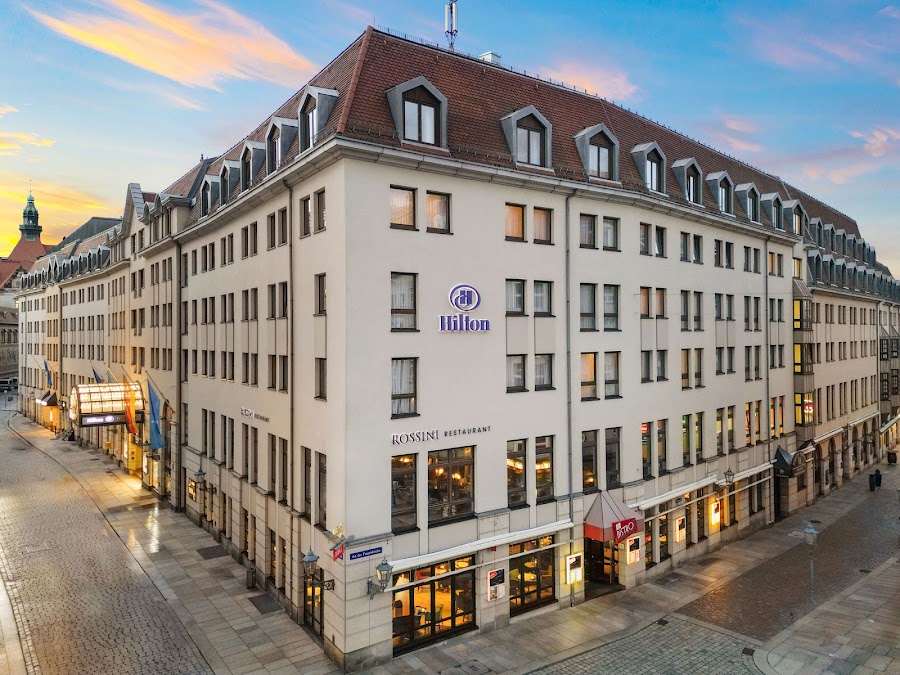
B&B HOTEL Dresden City-Süd
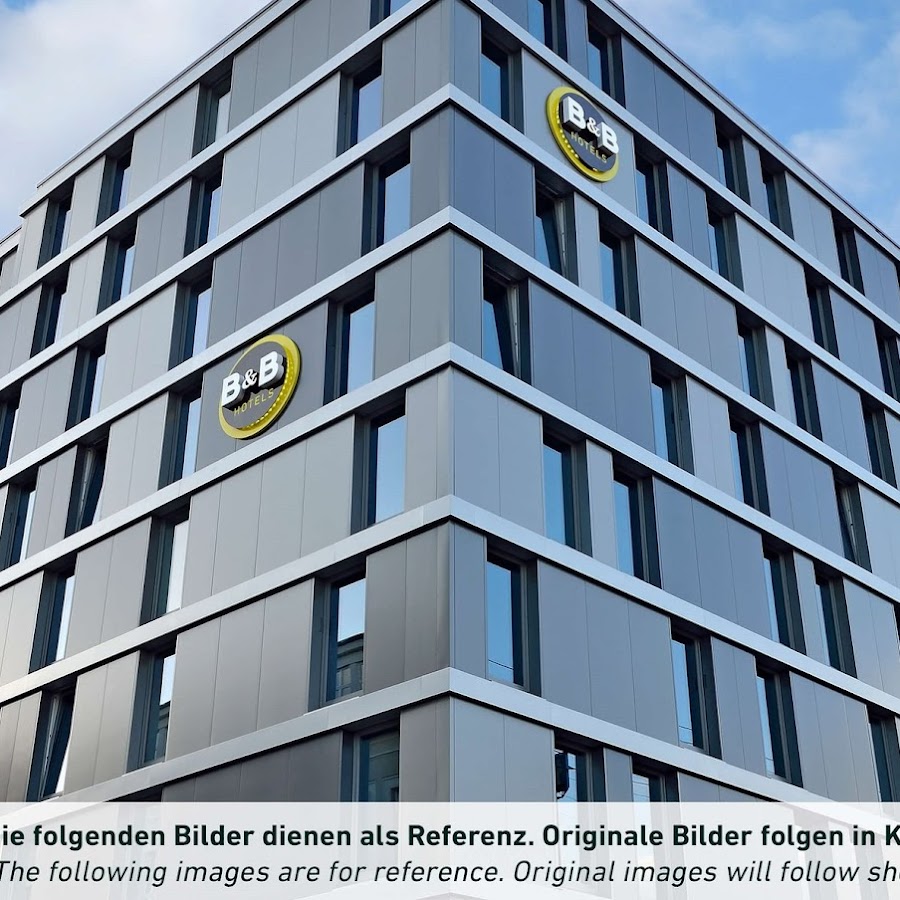
MEININGER Hotel Dresden Zentrum
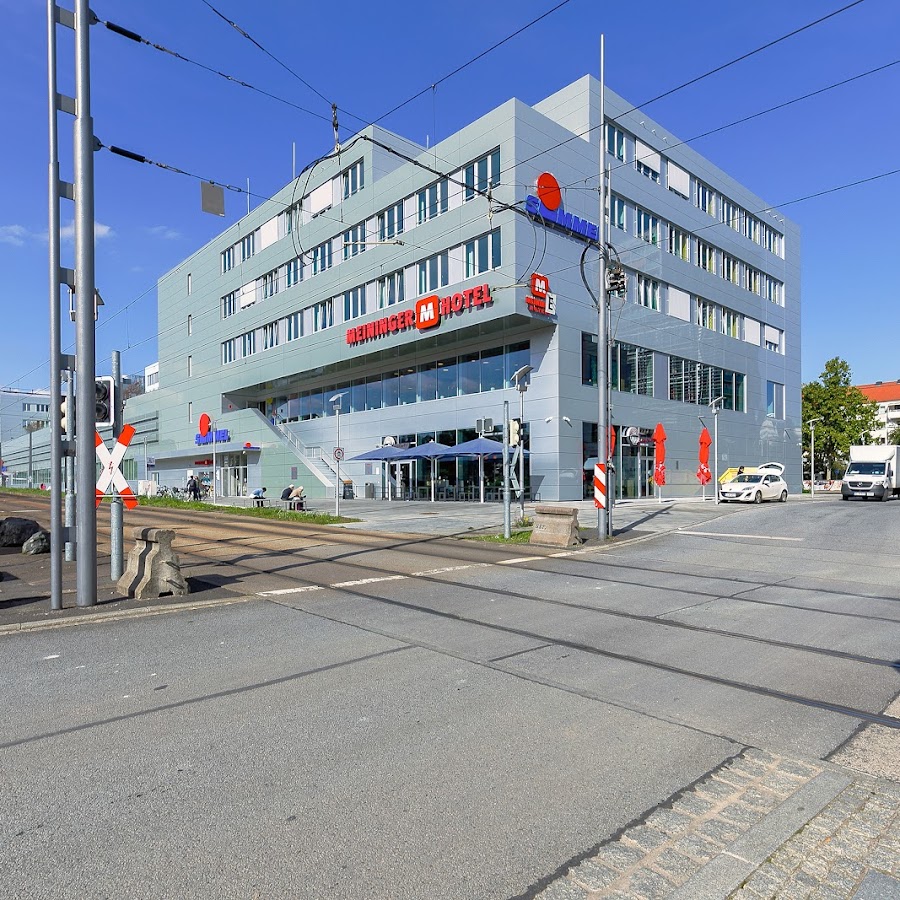
Star G Hotel Premium Dresden Altmarkt
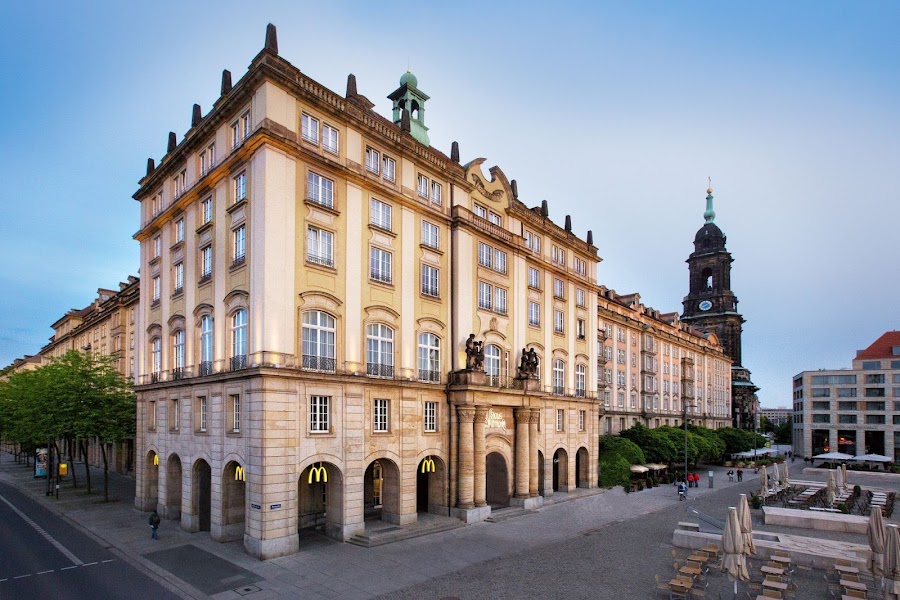
Occidental Dresden Newa

Lollis Homestay Hostel Dresden
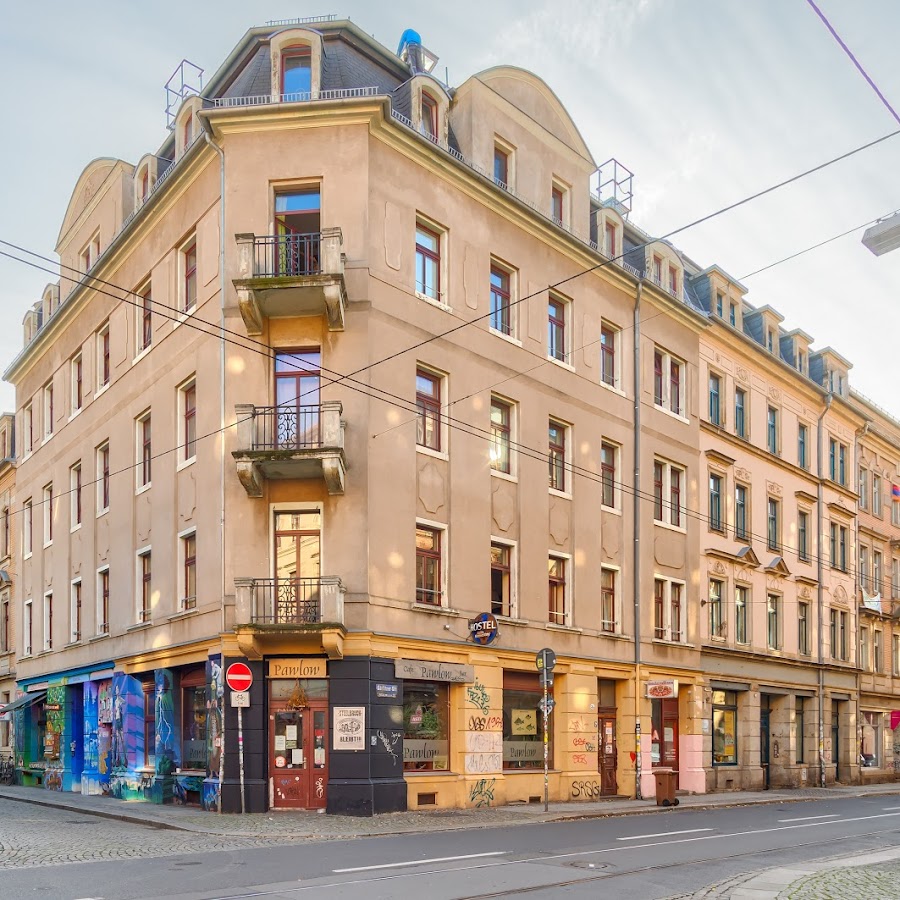
Things to see or do in Dresden and Saxony
Corps Altsachsen
A fraternity in Dresden, representing
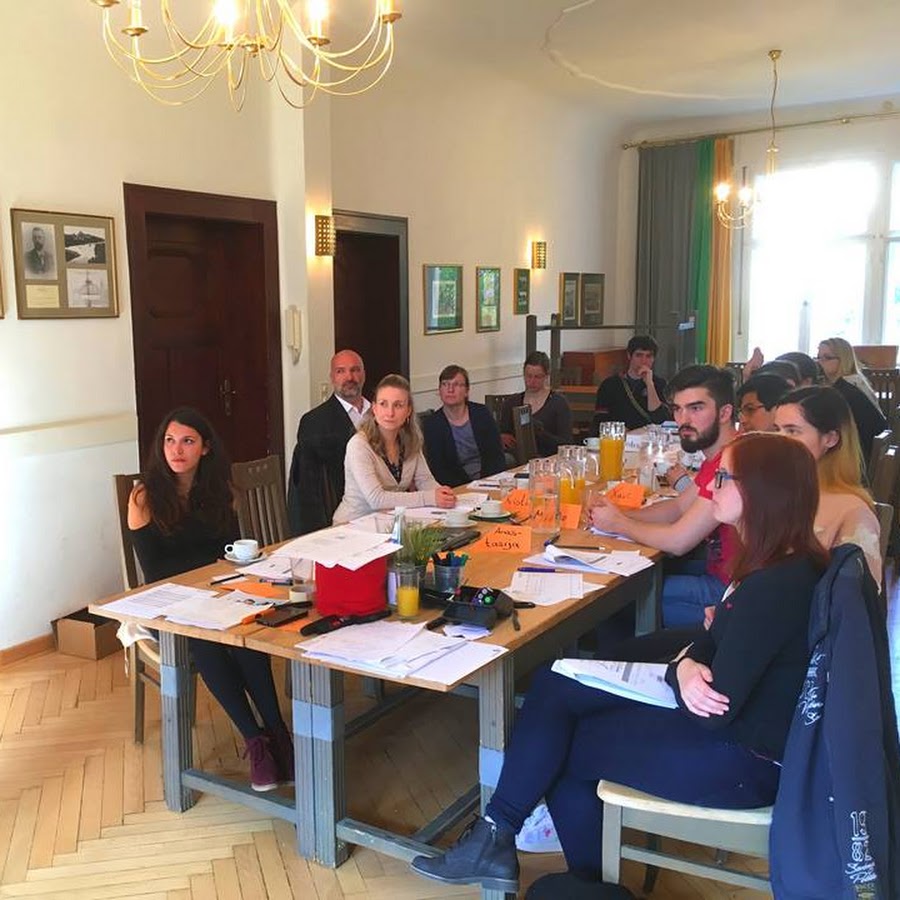
Kaditz Lime Tree
The lime tree of Kaditz is a natural landmark situated in the churchyard of Emmaus Church in Kaditz, a district of Dresden in Saxony, Germany. The large-leaved lime tree (Tilia platyphyllos) is 20 metres (66 ft) high and is estimated to be between 500 and 1,000 years old. The girth of the trunk is about 10 metres (33 ft). In 1818 the tree was badly damaged by a huge fire in the village, which caused the trunk to split in two. It developed an abnormal growth to compensate for the damage done by the fire. This lime tree has often been written about and depicted, especially in Germany, and has also been used as a case study in dendrology, the science of trees and wooded plants. With its large girth it was ranked among the biggest lime trees in Germany even in the 19th century. The Kaditz Lime is also said to have served as a kind of pillory in the Middle Ages. The German Tree Archive includes it in its list of the most significant trees in the nation (NBB – national bedeutsame Bäume), in which the most important criterion is the girth of the trunk measured at a height of 1 metre.A natural landmark and historic tree located in the churchyard of Emmaus Church in Kaditz.

Yenidze
Yenidze is a former cigarette factory building in Dresden, Saxony, Germany built between 1907 and 1909. Today it is used as an office building. It is notable for its Moorish Revival exterior design which borrows design elements from mosques and the Alhambra in Spain. The Yenidze Tobacco and Cigarette Factory (German: Orientalische Tabak- und Zigarettenfabrik Yenidze) was a tobacco company started by the Jewish entrepreneur Hugo Zietz, which imported tobacco from Ottoman Yenidze, Thrace (modern Genisea, Greece). The "Oriental" style of architecture recalled the exotic origins of the Oriental tobaccos it processed and functioned as advertising for the firm. It has 600 windows of various styles; the dome is 20 metres (66 ft) high. It makes great use of tiles for decoration: both complex colour patterns and unusual three-dimensional forms. The architect Martin Hammitzsch [de] (the second husband of Angela Hitler) designed the building in 1907. It has large, colored dome chimneys which resemble minarets. It was sometimes referred to as the "tobacco mosque" (German: Tabakmoschee), a term which is no longer officially used as the building is not a mosque. It is a unique historical feature of the city of Dresden. In the carpet bombing of Dresden on 14/15 February 1945 most of the surrounding buildings were obliterated, but Yenidze escaped relatively unharmed, other than some loss of coloured glass in the dome. However, the building sat in isolation for several decades, and only the regrowth of Dresden in the 1990s allowed a viable restoration, once the surrounding area was also redeveloped. The building was restored in 1996 and is now an office building.A former cigarette factory with a distinctive Moorish Revival design, now used as an office building.

New Synagogue
A modern synagogue in Dresden, completed in 2001, serving the local Jewish community.

Brühl's Terrace
Brühl's Terrace (German: Brühlsche Terrasse) is a historic architectural ensemble in Dresden, Germany. Nicknamed "The Balcony of Europe", the terrace stretches high above the bank of the river Elbe, and is located north of the recently rebuilt Neumarkt Square and the Frauenkirche.A historic architectural ensemble known as "The Balcony of Europe," offering stunning views of the Elbe River.

Dresden Heath
The Dresden Heath (German: Dresdner Heide, pronounced [ˈdʁeːsdnɐ ˈhaɪdə]) is a large forest in the city of Dresden, Germany. The heath is the most important recreation area in the city and is also actively forested. Approximately 6,133 hectares of the Dresden Heath are designated as a nature preserve, making it one of the largest municipal forests in Germany by area. Though mainly agricultural areas border the forest in the east, in all other directions the Dresden Heath is bordered by districts of the city and reaches nearly to the city centre in the southwest. The forest exhibits a transition, both in its geology and in its plant and animal life, between the North German Plain and the Central Uplands. Except for small areas, the Dresden Heath is considered part of the western Lusatian Highlands and, consequently, is one of the westernmost parts of the Sudetes. Though the rocky subsoil of the forest was raised during the tectonic formation of the Dresden Basin, the mixed woodland of the heath is largely characterized by dune-like sand deposits of the Wolstonian Stage and Elster glaciation. The proximity of the Dresden Heath to the centre of Dresden led to its use as a princely hunting ground, as well as its cultivation and cultural development.A large forest area in Dresden, ideal for outdoor activities and recreation.

Skulpturensammlung
The Skulpturensammlung (English: Sculpture Collection) is part of the Staatliche Kunstsammlungen Dresden (Dresden State Art Collections). It is located in the Albertinum in Dresden. The collection of the Dresden Skulpturensammlung ranges in age more than five millennia, from classical antiquity to the art of the Renaissance, Baroque, and Expressionism until the 21st century. Sculptures from the likes of Polycletus to Giambologna and Permoser, and from Rodin to Lehmbruck are included in the collection.Part of the Dresden State Art Collections, located in the Albertinum, showcasing a range of sculptures.

Dresden City Art Gallery
The Dresden City Art Gallery (German: Städtische Galerie Dresden – Kunstsammlung) is the municipal art collection of Dresden, Germany, housed in the city's Landhaus. It was formed by the 19th and 20th century artworks of the Stadtmuseum Dresden, split off from the Museum and given a separate display in 2000. In 2002, Gisbert Porstmann became the founding director of the Dresden City Art Gallery, which officially opened in 2005.The municipal art collection of Dresden, featuring 19th and 20th-century artworks.

Loschwitz Bridge
Loschwitz Bridge (Loschwitzer Brücke) is a cantilever truss bridge over the river Elbe in Dresden the capital of Saxony in Germany. It connects the city districts of Blasewitz and Loschwitz, two affluent residential areas, which around 1900 were amongst the most expensive in Europe. It is located close to Standseilbahn Dresden funicular railway and the world's oldest suspension railway Schwebebahn Dresden, as well as near the Dresden TV tower. The bridge is colloquially referred to as Blaues Wunder ("Blue Wonder"). This common name purportedly referred to the bridge's original blue colour and being seen as a technological miracle at the time; it is also understood to carry the cynical connotation referencing the German idiom ein blaues Wunder erleben meaning "to experience an unpleasant surprise" (literally: "to experience a blue wonder"), reflecting the skeptical view of contemporary commentators. There is also a bridge in Wolgast known as Blaues Wunder. Construction took two years and was completed in 1893 at a cost of 2.25 million Goldmarks (equivalent to 16 million 2021 €) and named König-Albert-Brücke in honor of Albert, King of Saxony. In the 19th century, a bridge of this length without supporting river piers was considered a technological masterpiece. Today the technology is less miraculous, but the bridge is a much-loved symbol of the city. The original bridge toll ended during the hyperinflation of 1923. Towards the end of World War II, an SS unit attempted to destroy the bridge, but this was prevented when two people cut the detonator wires. Preserved in its original construction, the advanced age of the structure in recent years has led to some traffic limits. Until the opening of the Waldschlösschen Bridge on 26 August 2013, it was the only Elbe crossing east of the city centre. The surrounding area of 19.3 km2 (7.5 sq mi) of the Elbe meadows was declared a cultural World Heritage Site by the UNESCO in 2004, but lost the title in 2009 following the construction of the Waldschlösschen Bridge, meant to relieve congestion on the Blue Wonder.A cantilever truss bridge over the Elbe, connecting affluent residential areas

Pillnitz Castle
Pillnitz Palace (German: Schloss Pillnitz) is a restored Baroque castle at the eastern end of the city of Dresden in the German state of Saxony. It is located on the right bank of the River Elbe in the former village of Pillnitz. It was the summer residence of many electors and kings of Saxony; it is also known for the Declaration of Pillnitz in 1791. The complex consists of three main buildings, the Riverside Palace (Wasserpalais) on the riverfront; the Upper Palace (Bergpalais) on the hillside, both Baroque with Chinoiserie elements; and the later Neoclassical New Palace (Neues Palais), which links them together on the east side. The buildings enclose a Baroque garden and are surrounded by a large public park. Today, the buildings house the arts and crafts museum (Kunstgewerbemuseum) of the Dresden State Art Collections and a Schlossmuseum.A restored Baroque castle located on the banks of the River Elbe, known for its beautiful gardens.

Dresden Zoo
Dresden Zoo, or Zoo Dresden, is a zoo in the city of Dresden, Germany. It was opened in 1861, making it Germany's fourth oldest zoo. It was originally designed by Peter Joseph Lenné. The zoo is located on the southern edge of the Großer Garten (Great Garden), a large city centre park. The zoo houses about 3000 animals of almost 400 species, especially Asian animals. It is a member of the World Association of Zoos and Aquariums (WAZA) and the European Association of Zoos and Aquaria (EAZA). The zoo is served on its southern side by tram lines 9 and 13 of the Dresdner Verkehrsbetriebe, the local municipal transport company. On its northern side is the Zoo station of the Dresdner Parkeisenbahn, a minimum-gauge railway through the Großer Garten that is largely operated by children.Germany's fourth oldest zoo, located in the Großer Garten park.
 en.wikipedia.org
en.wikipedia.orgDresden Cathedral
Dresden Cathedral, or the Cathedral of the Holy Trinity, Dresden, previously the Catholic Church of the Royal Court of Saxony, called in German Katholische Hofkirche and since 1980 also known as Kathedrale Sanctissimae Trinitatis, is the Catholic Cathedral of Dresden. Always the most important Catholic church of the city, it was elevated to the status of cathedral of the Diocese of Dresden–Meissen in 1964. It is located near the Elbe river in the historic center of Dresden, Germany. It is one of the burial sites of the House of Wettin, including Polish monarchs.The Cathedral of the Holy Trinity, a significant Catholic church in Dresden.

Semper Gallery
The Semper Gallery or Semper Building (German: Sempergalerie or Semperbau) in Dresden, Germany, was designed by the architect Gottfried Semper and constructed from 1847 until 1854. The long-stretched building in Neoclassical style closes the Zwinger courtyard on its northern side. It faces the Zwinger to the south; to the north it borders on the Theatre Square (Theaterplatz) with the Semper Opera House as well as Dresden Castle and the Catholic Church of the Royal Court (Katholische Hofkirche). The Semper Gallery houses the Old Masters Picture Gallery (Gemäldegalerie Alte Meister).A neoclassical building housing art collections and exhibitions.

Gemäldegalerie Alte Meister
The Gemäldegalerie Alte Meister (German pronunciation: [ɡəˈmɛːldəɡaləˌʁiː ˈʔaltə ˈmaɪstɐ], Old Masters Gallery) in Dresden, Germany, displays around 750 paintings from the 15th to the 18th centuries. It includes major Italian Renaissance works as well as Dutch and Flemish paintings. Outstanding works by German, French, and Spanish painters of the period are also among the gallery's attractions. The Old Masters are part of the Dresden State Art Collections. The collection is located in the Semper Gallery, the gallery wing of the Zwinger.This gallery displays around 750 paintings from the 15th to 18th centuries.

Green Vault
The Green Vault (German: Grünes Gewölbe; pronounced [ˈɡʁyːnəs ɡəˈʋœlbə]) is a museum located in Dresden, Germany, which contains the largest treasure collection in Europe. The museum was founded in 1723 by Augustus the Strong of Poland and Saxony, and features a variety of exhibits in styles from Baroque to Classicism. The Green Vault is named after the formerly malachite green-painted column bases and capitals of the initial rooms. It has some claim to be the oldest museum in the world; it is older than the British Museum, opened in 1759, but the Kunstkamera in St. Petersburg, Russia was opened in 1714 and the Vatican Museums date their foundation to the public display of the newly excavated Laocoön group in 1506. After the bombing of Dresden during World War II, the Green Vault was completely restored. Today, its treasures are shown in two exhibitions: The Historic Green Vault (Historisches Grünes Gewölbe) is famous for its splendors of the historic treasure chamber as it existed in 1733, while the New Green Vault (Neues Grünes Gewölbe) focuses the attention on each individual object in neutral rooms. The Green Vault is located on the first and second floors of the western section of Dresden Castle. It is now part of the Dresden State Art Collections.A museum containing the largest treasure collection in Europe, founded by Augustus the Strong.
 en.wikipedia.org
en.wikipedia.orgDresden Castle
Dresden Castle or Royal Palace (German: Dresdner Residenzschloss or Dresdner Schloss) is one of the oldest buildings in Dresden, Germany. For almost 400 years, it was the residence of the electors (1547–1806) and kings (1806–1918) of Saxony from the Albertine House of Wettin as well as Kings of Poland (1697–1763). It is known for the different architectural styles employed, from Baroque to Neo-Renaissance. Today, the residential castle is a museum complex that contains the Historic and New Green Vault, the Numismatic Cabinet, the Collection of Prints, Drawings and Photographs and the Dresden Armory with the Turkish Chamber. It also houses an art library and the management of the Dresden State Art Collections.One of the oldest buildings in Dresden, it served as the residence of Saxony's electors and kings.
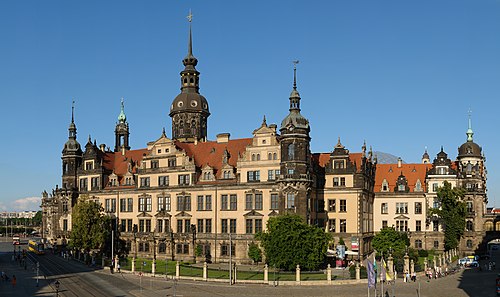
Zwinger Palace
A stunning palatial complex with gardens, one of the most important Baroque buildings in Germany.
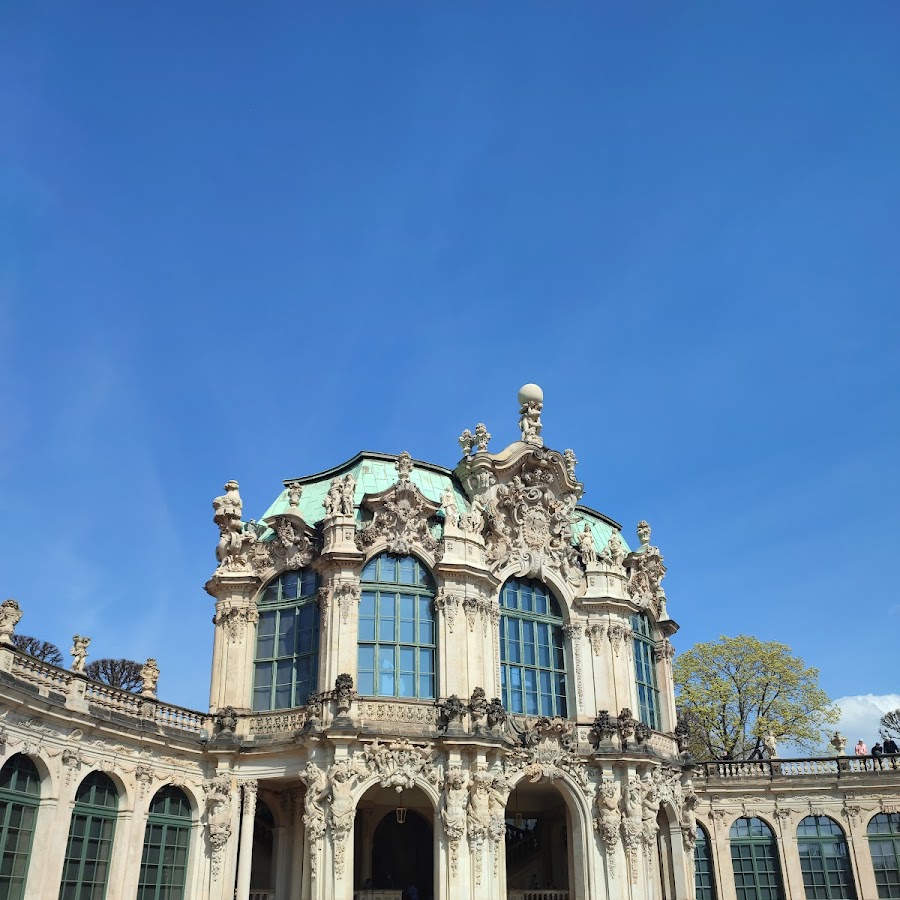
Staatliche Kunstsammlungen Dresden
Staatliche Kunstsammlungen Dresden (German: [ˈʃtaːtlɪçə ˈkʊnstˌzamlʊŋən ˈdʁeːzdən], Dresden State Art Collections) is a cultural institution in Dresden, Germany, owned by the State of Saxony. It is one of the most renowned and oldest museum institutions in the world, originating from the collections of the Saxon electors in the 16th century. Today, the Dresden State Art Collections consists of fifteen museums. Most of them are located in the Dresden Castle, the Zwinger and the Albertinum.A renowned cultural institution in Dresden, housing a vast collection of art and historical artifacts.

Dresden City Museum
Dresden City Museum (German: Stadtmuseum Dresden) is the central city museum for the German city of Dresden. Its displays tell the 800-year story of the city and is the largest and most important of the Dresden City Museums (Städtischen Museen Dresden). Its art collections split off in 2000 to form the Dresden City Art Gallery, but both the Art Gallery and the Museum are housed in Dresden's Landhaus.The central city museum that tells the 800-year story of Dresden.

Karl May Museum
The Karl May Museum is a museum in Radebeul, Germany named after the German author Karl May, containing artifacts from May's life as well as a worldwide ethnographic and art collections with emphasis on the life on the American frontier and Native American life of that era. It is located in Villa Shatterhand, May's Italian Renaissance home, and Villa Bärenfett, a log cabin built in the garden that was the founding core of the museum. The main house was opened to the public after Klara May's death.Located in Radebeul, this museum is dedicated to the life of author Karl May and features ethnographic collections.

Erich Kästner Museum
The Erich Kästner Museum is a literary museum in Dresden, Germany. The museum covers the life and writings of German children's author Erich Kästner and is based in the Villa Augustin building which had belonged to Kästner's uncle. The museum is notable for its architecture, which was designed to be semi-mobile and fit within a single room, close to where Kästner had grown up in Dresden's inner new town (Innere Neustadt). The museum focuses on Kästner's early years in Dresden and Leipzig, the connections between his work and children, and his relationship to the media. The museum collection includes first editions by Kästner, including his most famous work Emil and the Detectives, along with garments and objects belonging to Kästner.A literary museum dedicated to the life and works of German children's author Erich Kästner.
 en.wikipedia.org
en.wikipedia.orgState Museum of Zoology, Dresden
180m 196yds State Museum of Zoology The State Museum of Zoology (German: Staatliches Museum für Tierkunde) in Dresden is a natural history museum that houses 10,000–50,000 specimens, including skeletons and large insect collections. Many are types. The collection suffered war damage and whilst catalogued the database is not computerized. Loans are possible and material can be studied in the collection. The address is Augustusstrasse 2, D-01067 Dresden, Germany. The museum's collections contain more than 6 million items from all over the world. The museum publishes the scientific journal Vertebrate Zoology.A natural history museum with a vast collection of specimens, including skeletons and insects.

Dresden Museum of Ethnology
The Dresden Museum of Ethnology (German: Museum für Völkerkunde Dresden) contains an ethnographic collection with more than 90,000 artefacts from all parts of the earth. It is part of the Dresden State Art Collections. Founded in 1875, the museum presents continually changing exhibitions in the Japanisches Palais, a Baroque building complex in Dresden, Germany. The collection has its origins in the cabinet of curiosities established by Augustus, Elector of Saxony in 1560.This museum contains an ethnographic collection with over 90,000 artifacts from around the world.

Dresden Transport Museum
180m 196yds Dresden Transport Museum The Dresden Transport Museum (German: Verkehrsmuseum Dresden) displays vehicles of all modes of transport, such as railway, shipping, road and air traffic, under one roof. The museum is housed in the Johanneum at the Neumarkt in Dresden. The Johanneum was built between 1586 and 1590; it is one of the oldest museum buildings in Dresden.The Dresden Transport Museum displays various modes of transport, housed in a historic building.

Bundeswehr Military History Museum
The Bundeswehr Military History Museum (German: Militärhistorisches Museum der Bundeswehr (MHMBw)) is the military museum of the German Armed Forces, the Bundeswehr, and one of the major military history museums in Germany. It is located in a former military arsenal in the Albertstadt which is part of Dresden. After a long history of switching titles and approaches to military history, the museum was re-opened in 2011 with a new internal and external concept. The museum focuses on the human aspects of war, while also showcasing the evolution of German military technology. Lieutenant Colonel Dr Rudolf J. Schlaffer heads the museum as director since October 2021. From 2004 onwards and in addition to the directors, historians are appointed as academic leadership and to design the permanent exhibition. Since September 2020, historian Dr Kristiane Janeke has held this position and is the head of the museum's exhibitions, collection and research department.The Bundeswehr Military History Museum is one of the major military history museums in Germany, located in Dresden.
